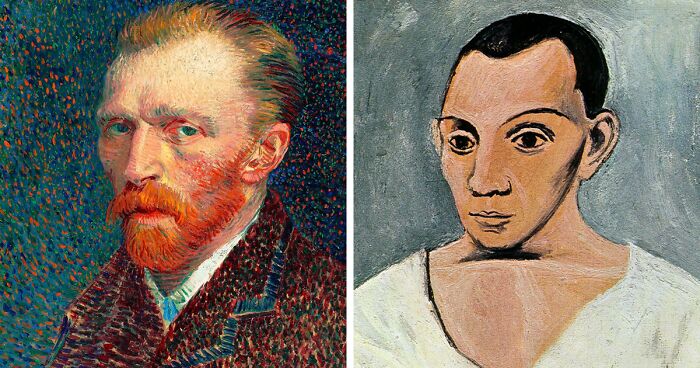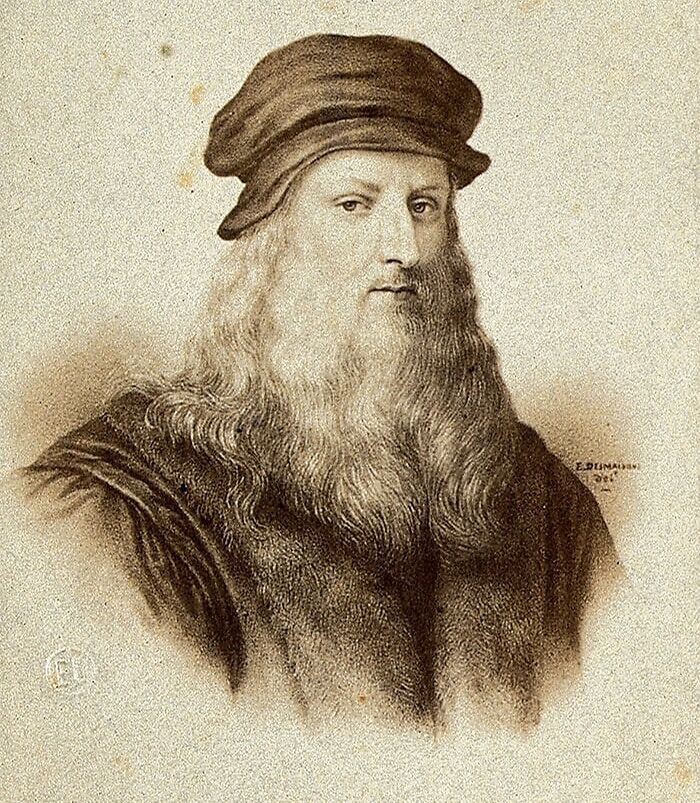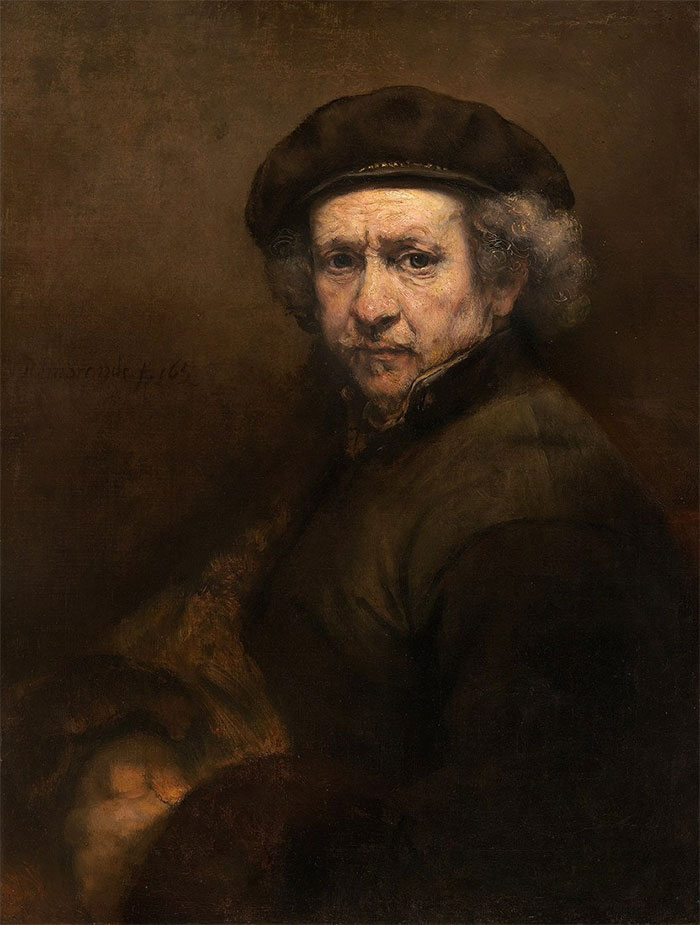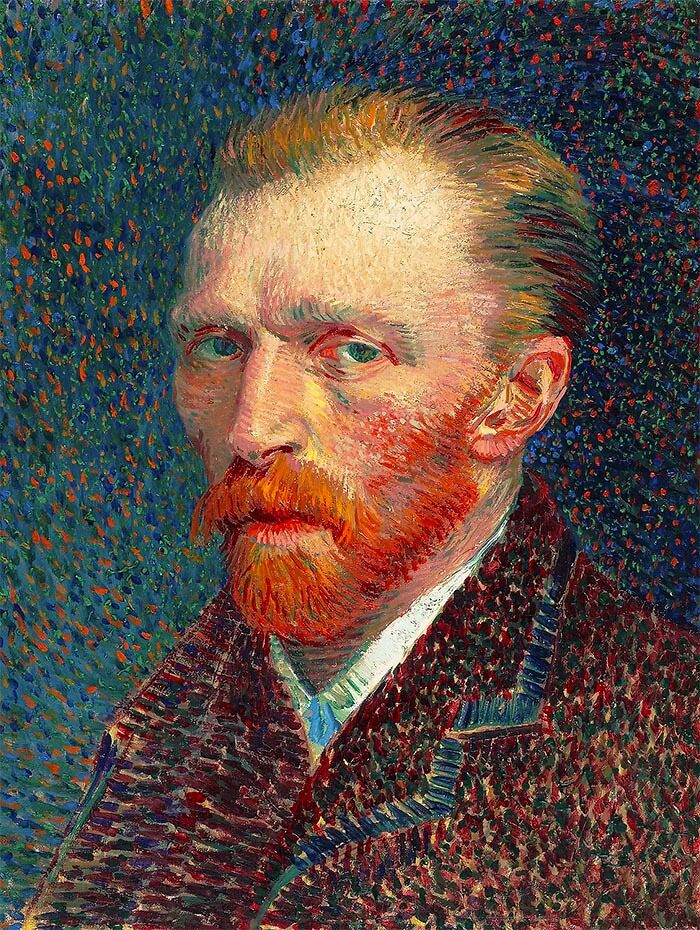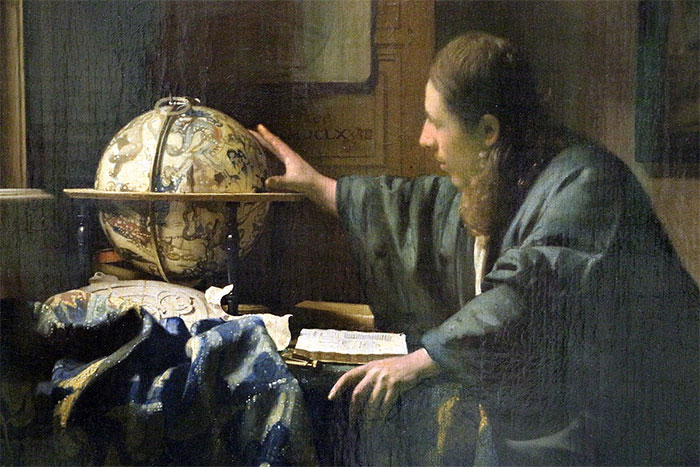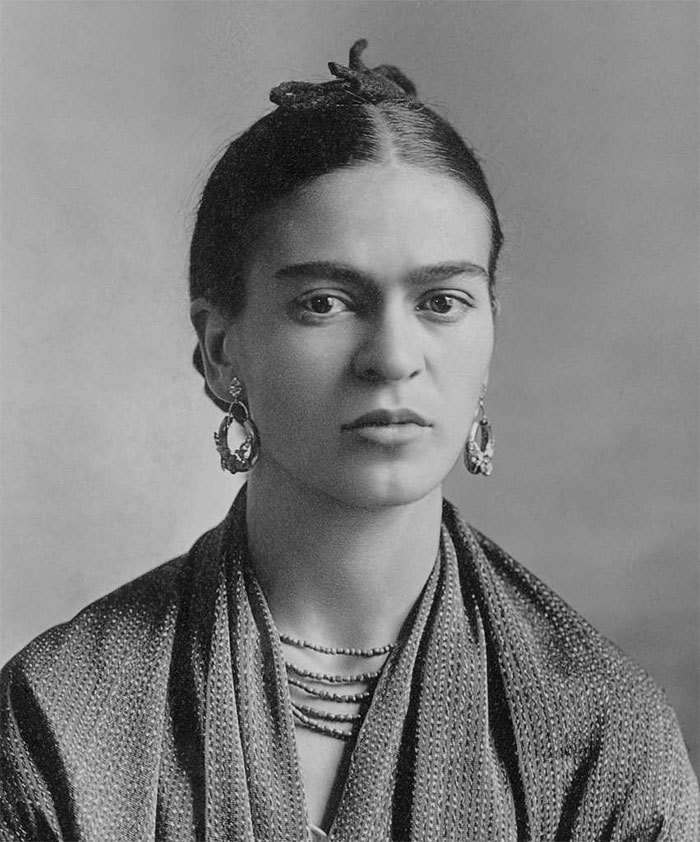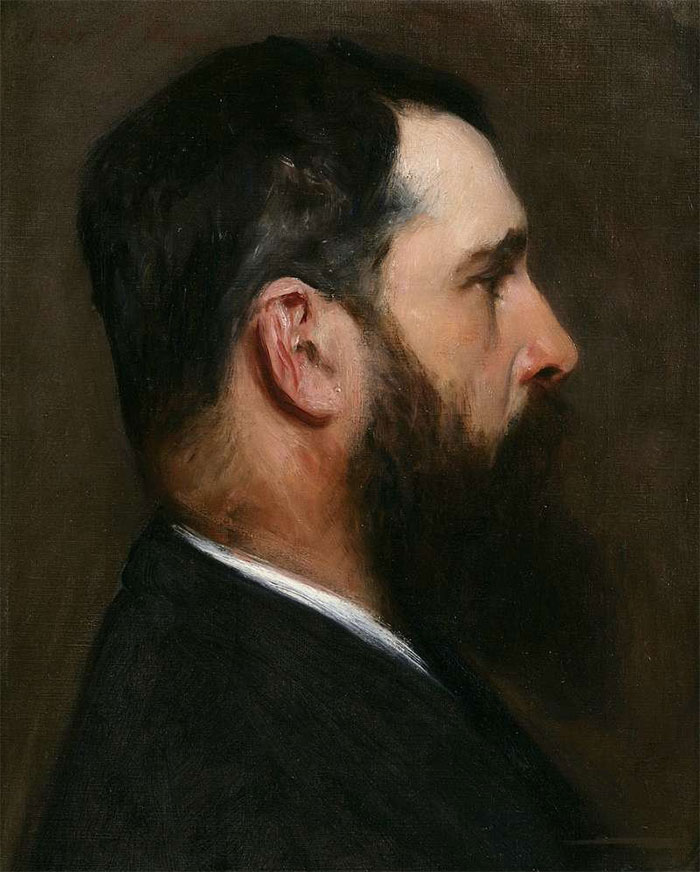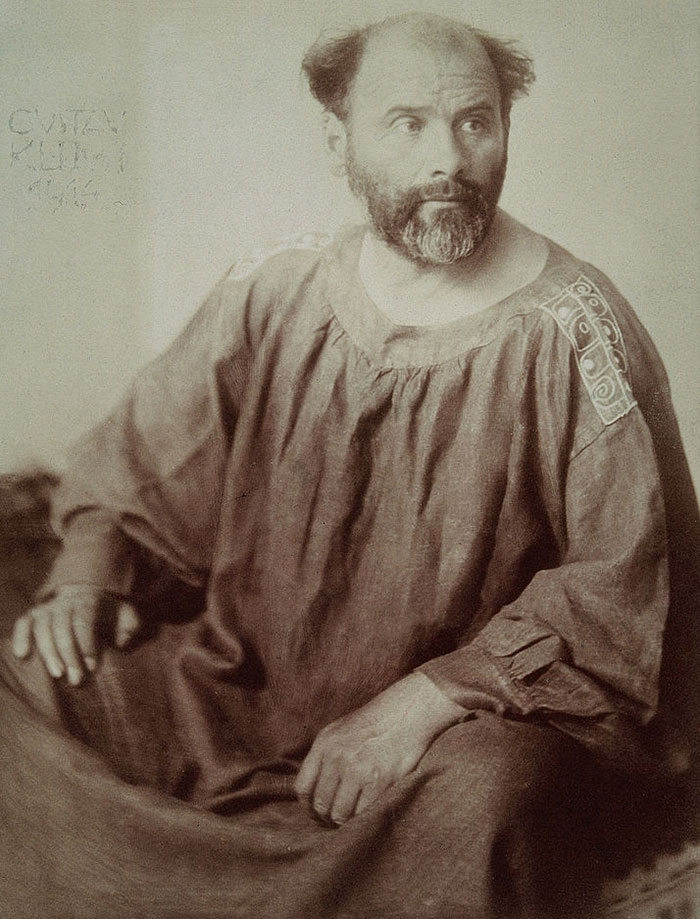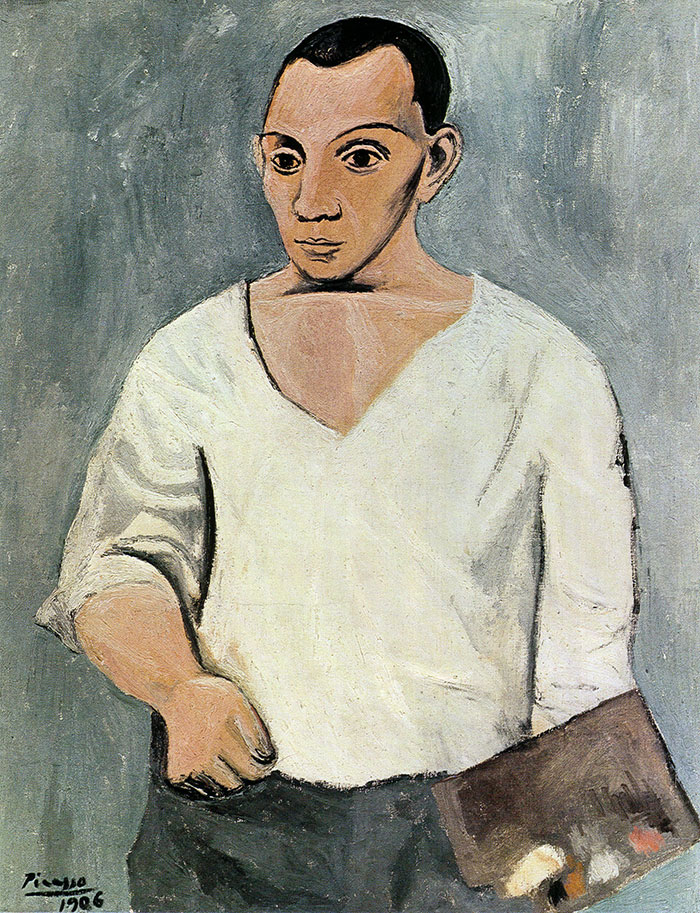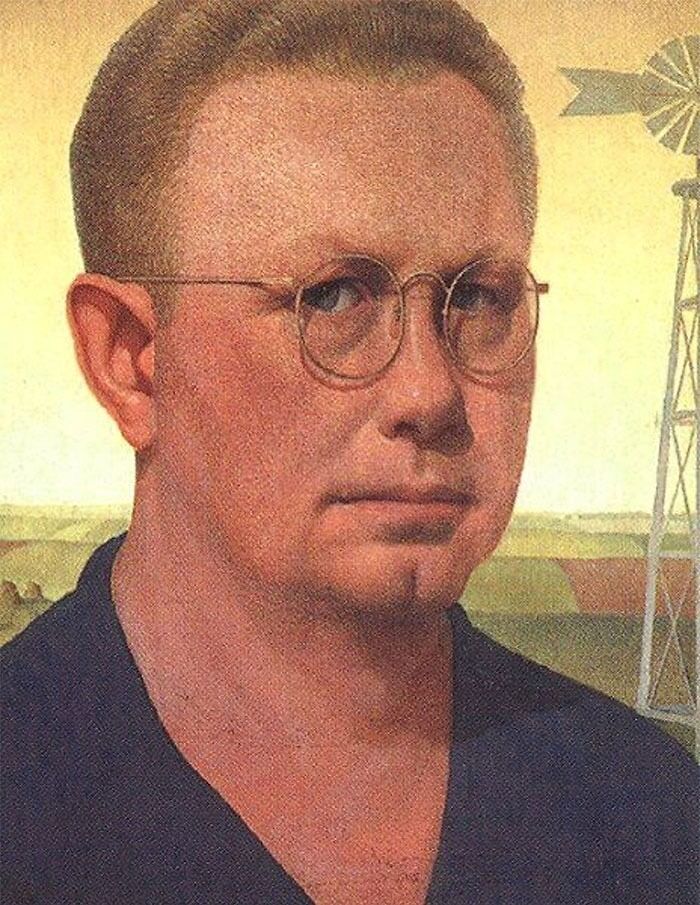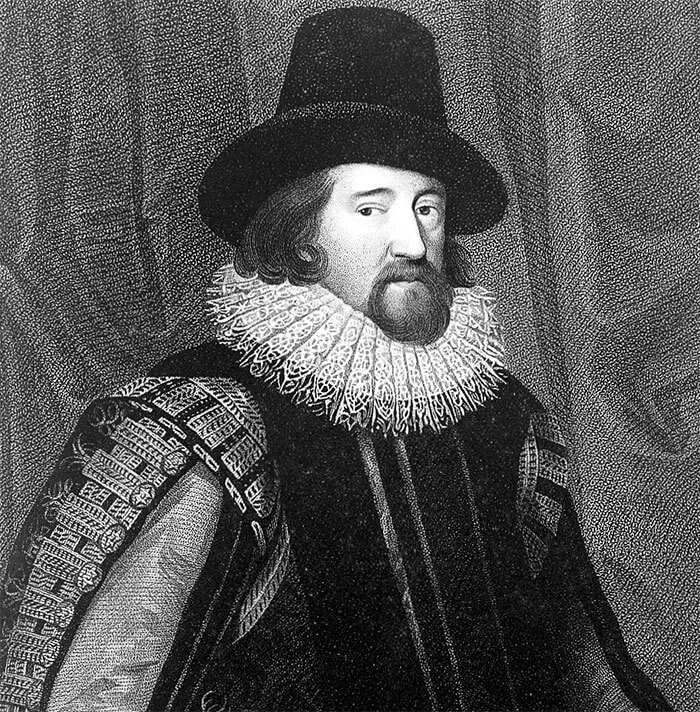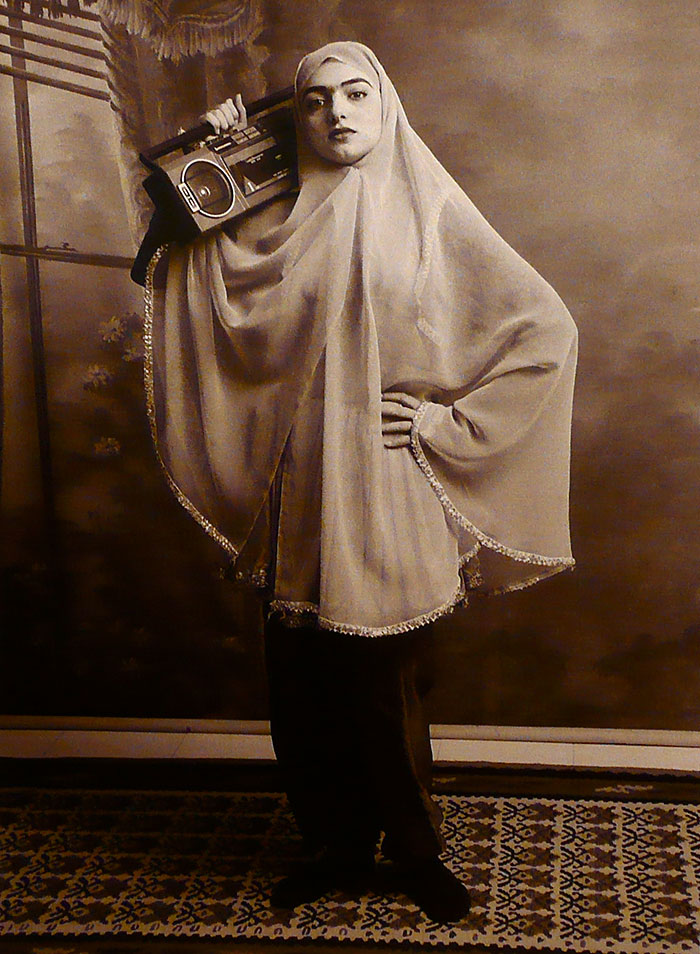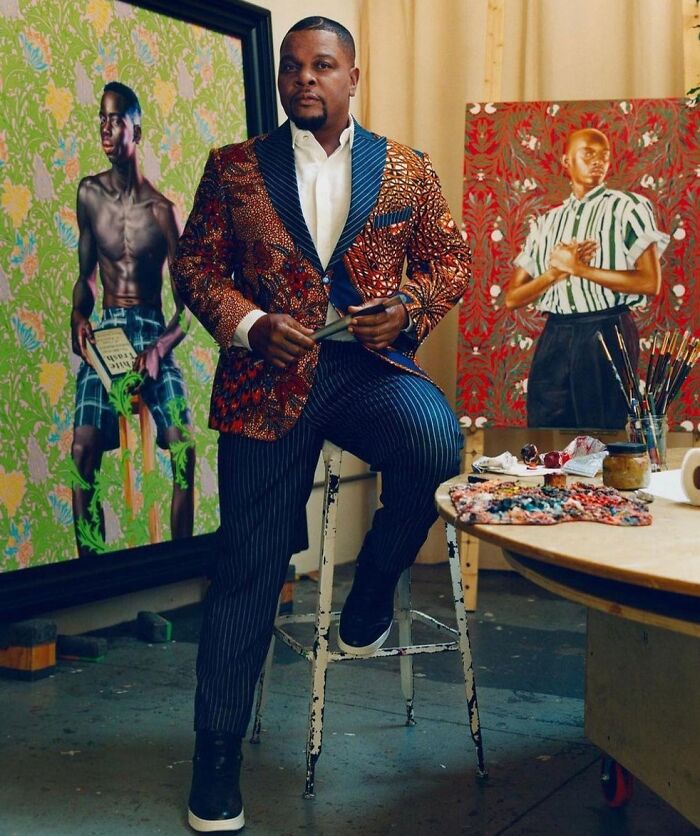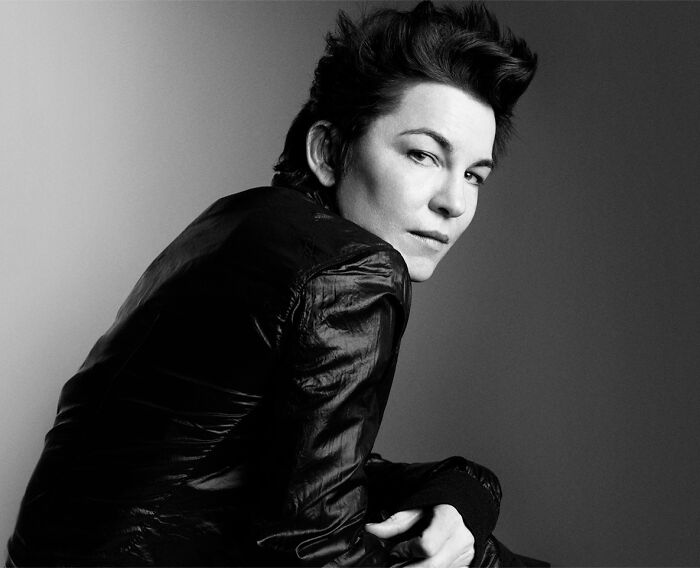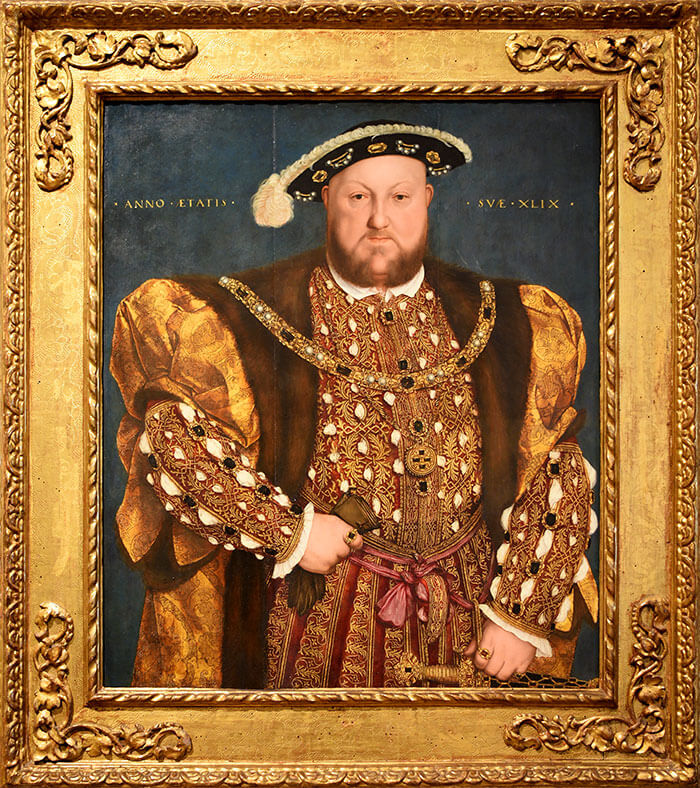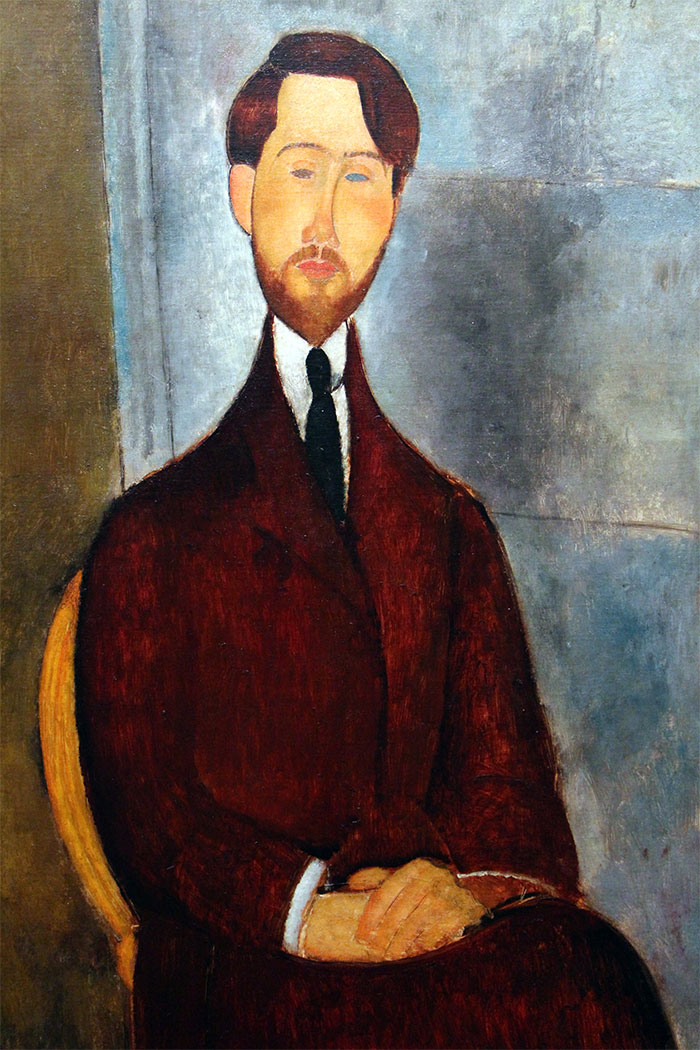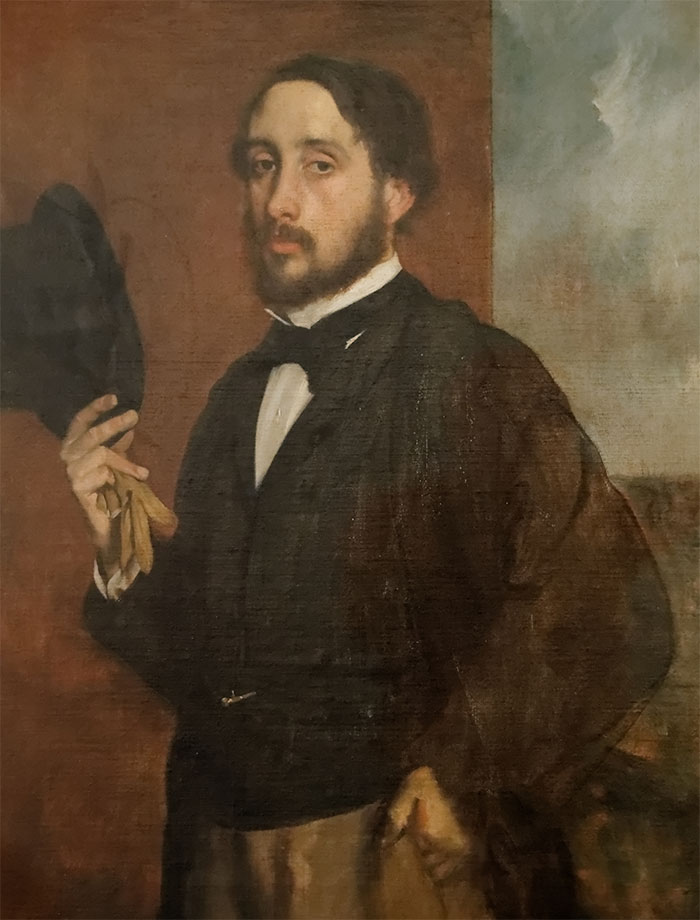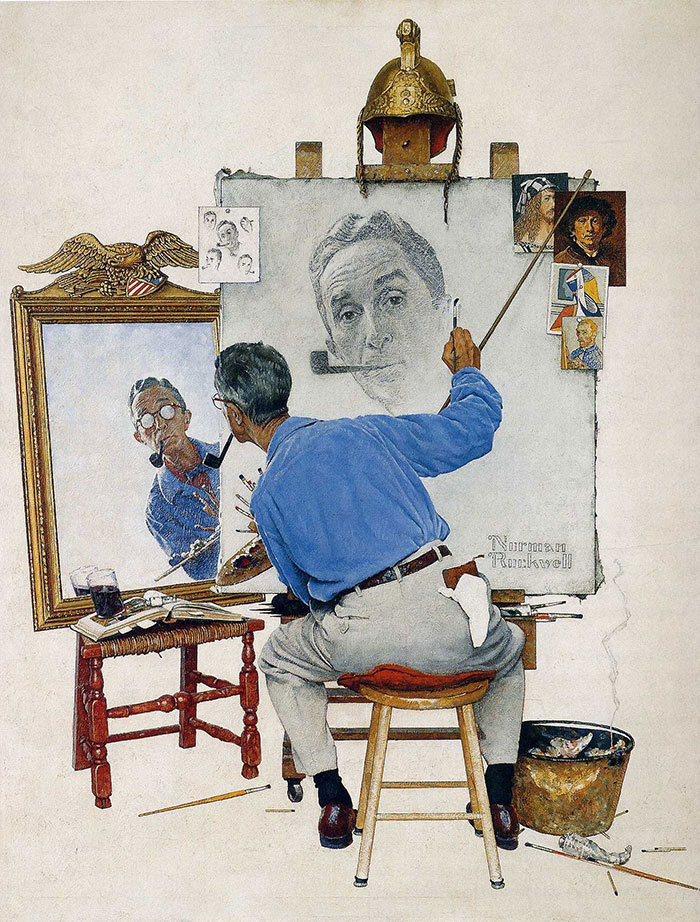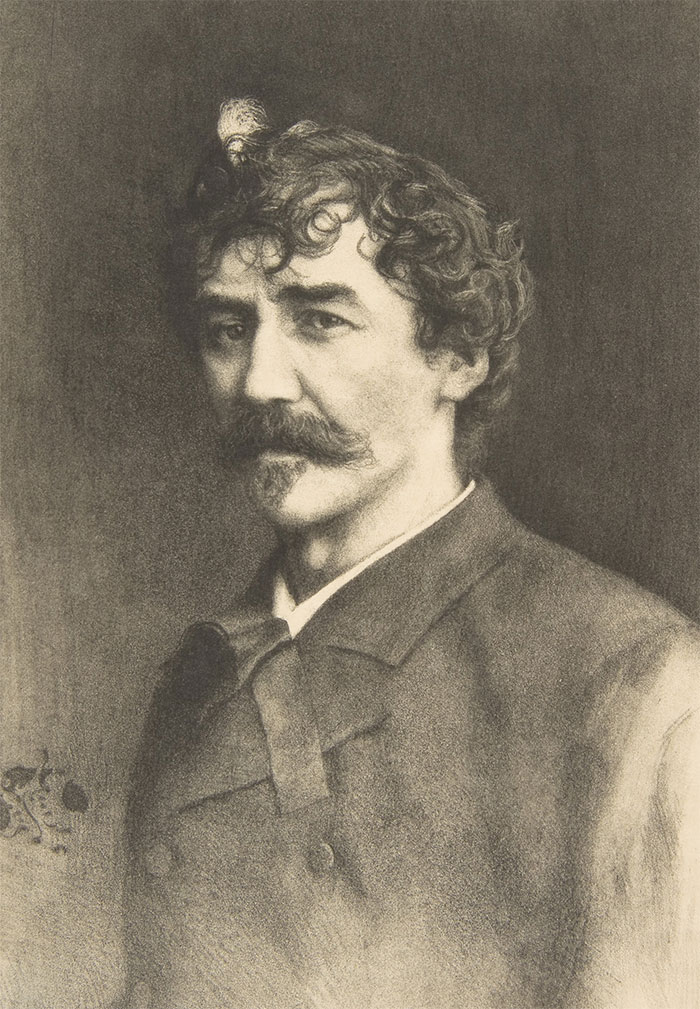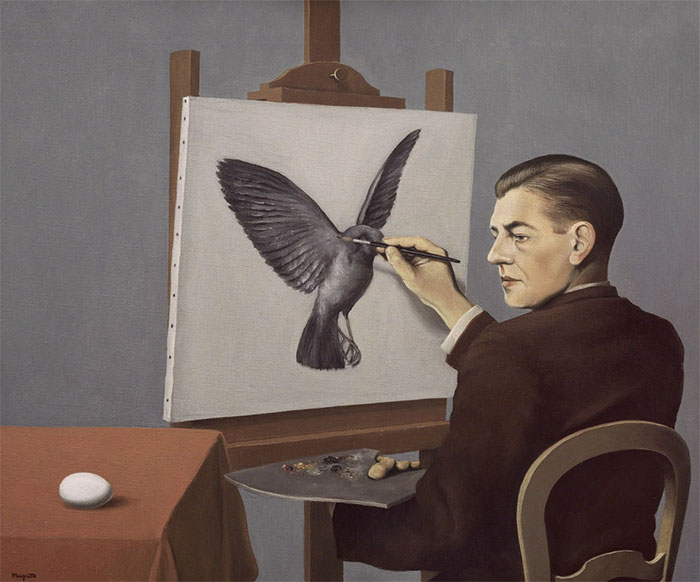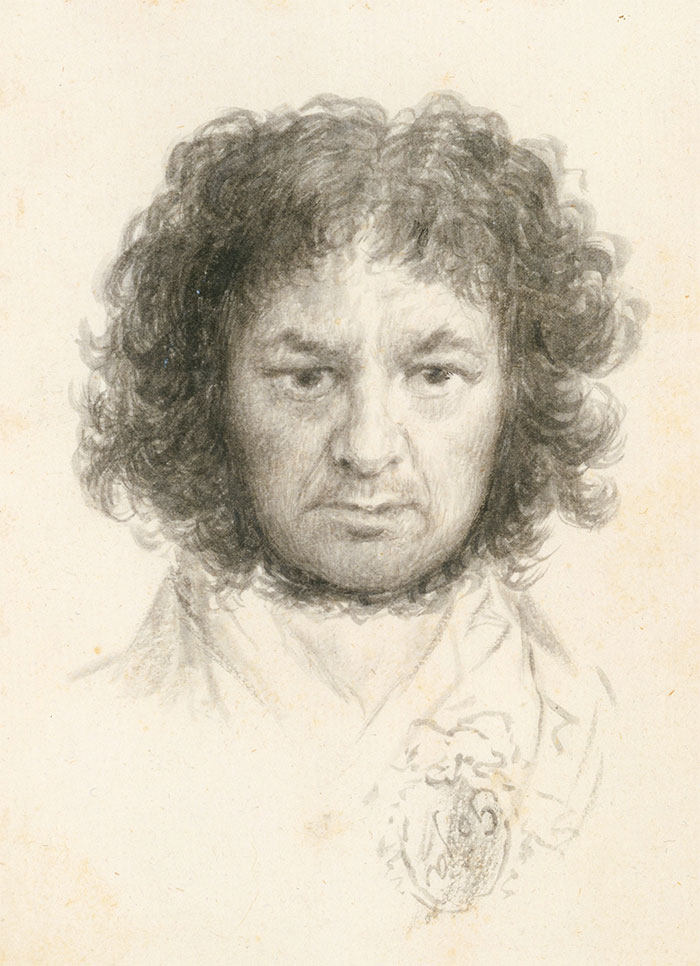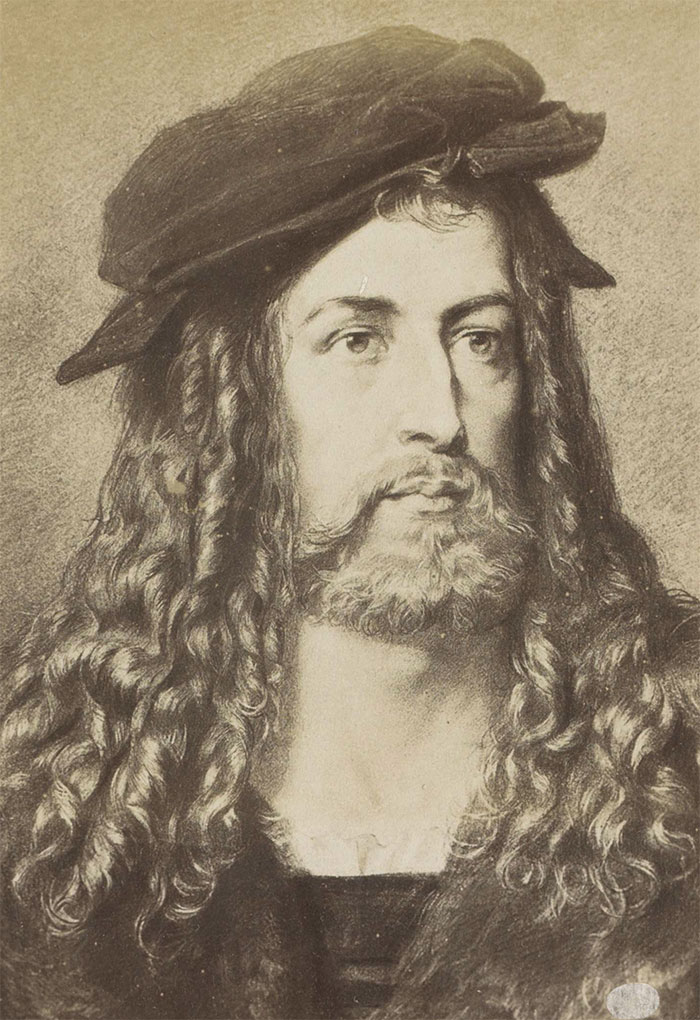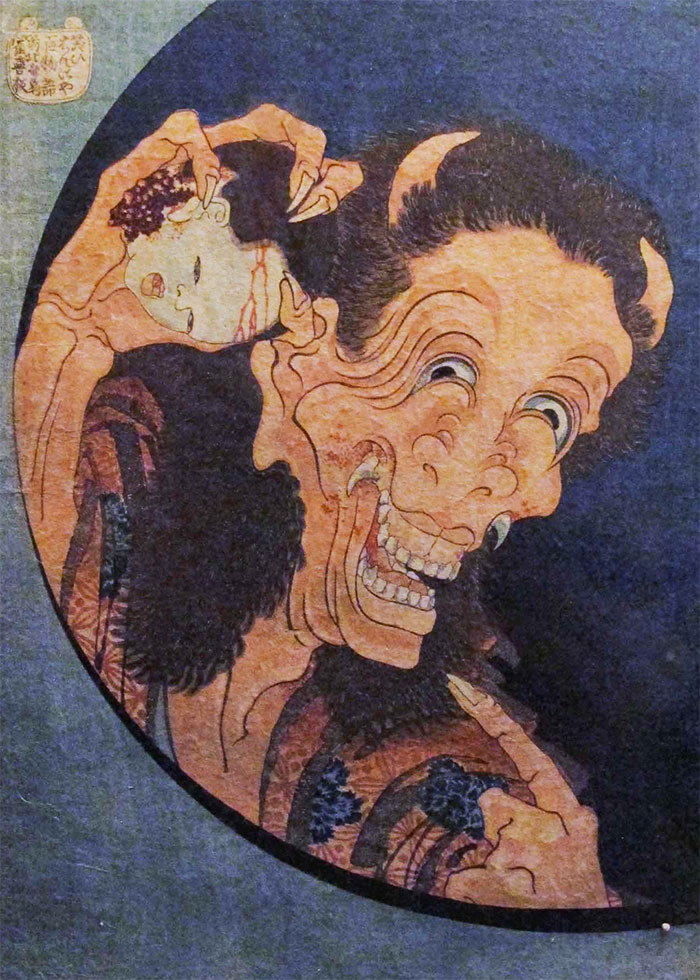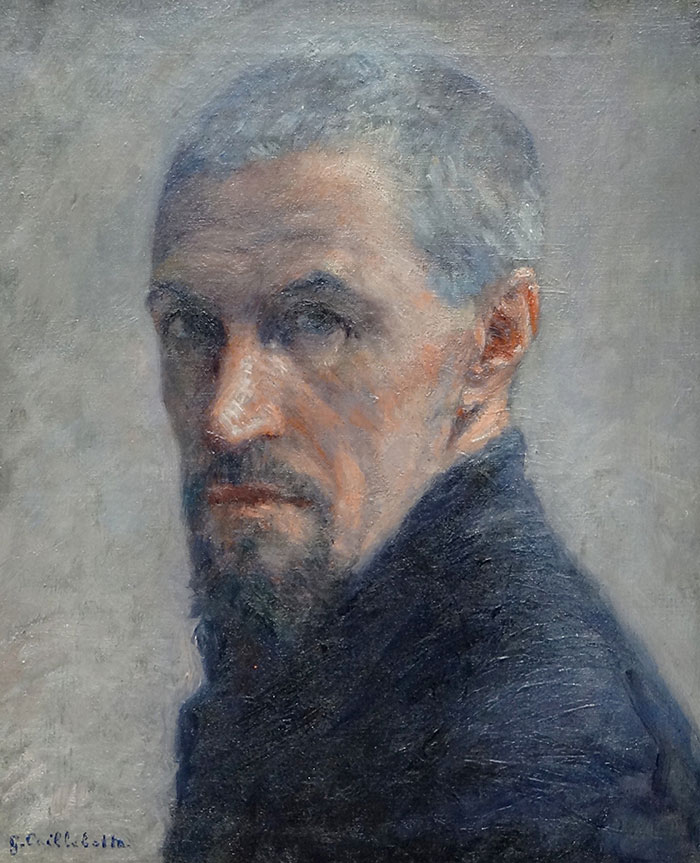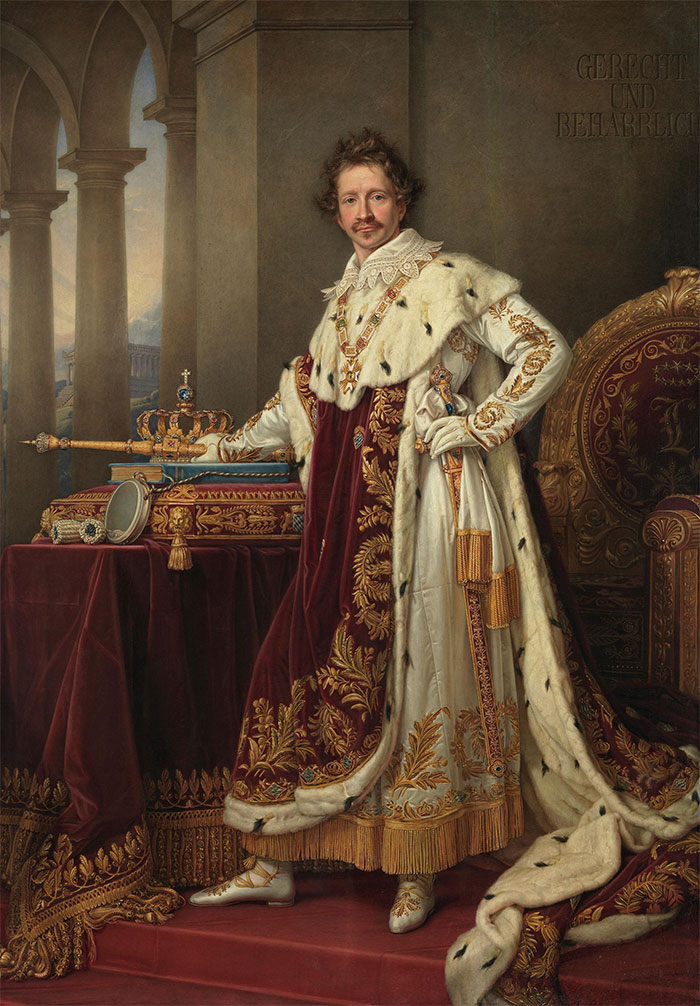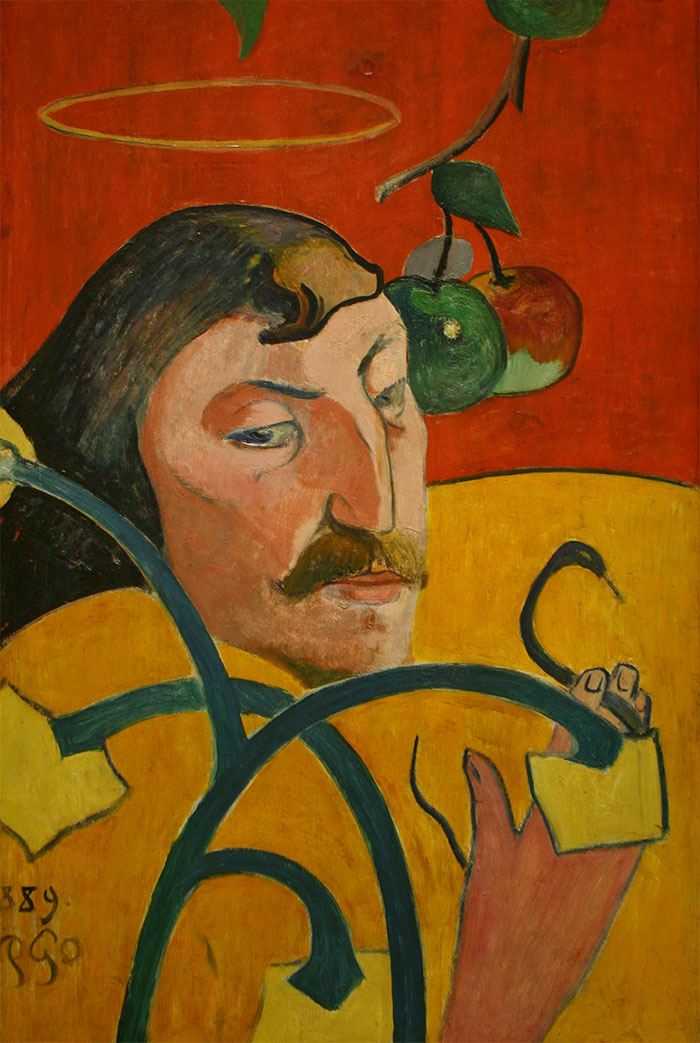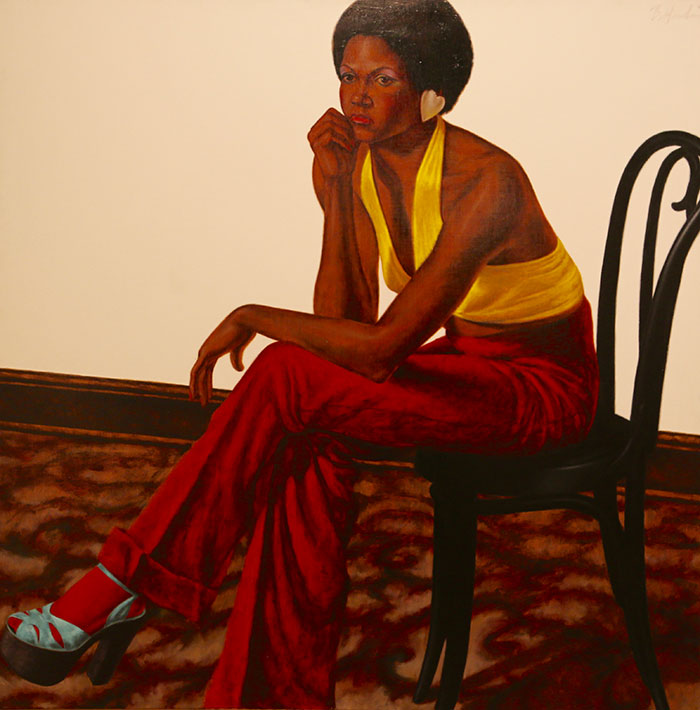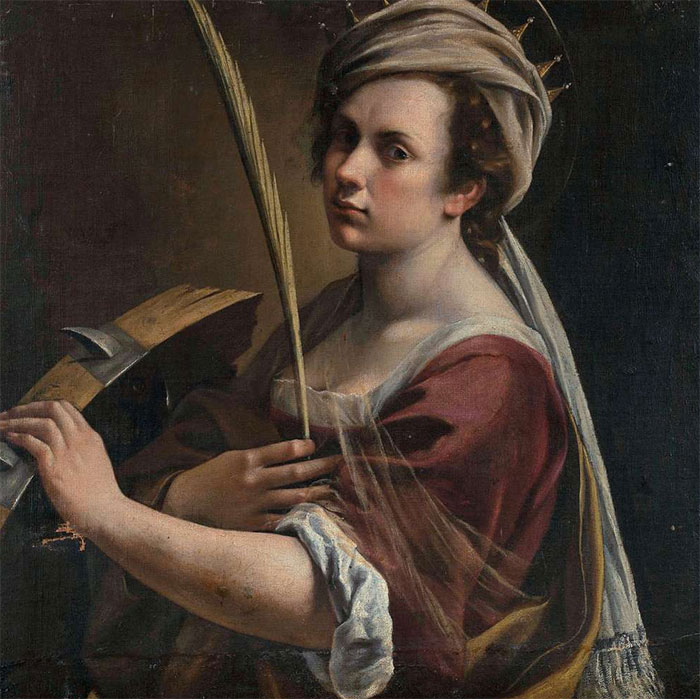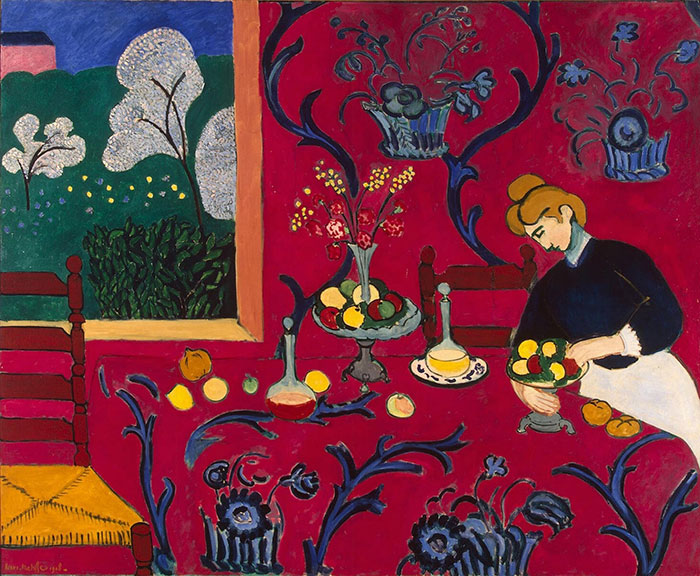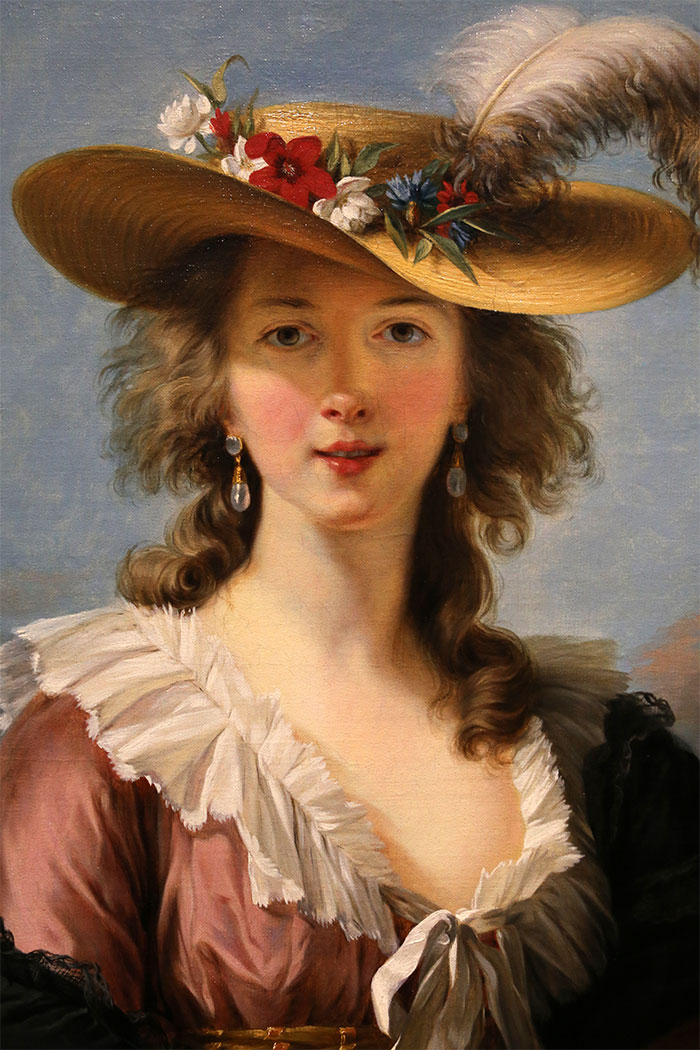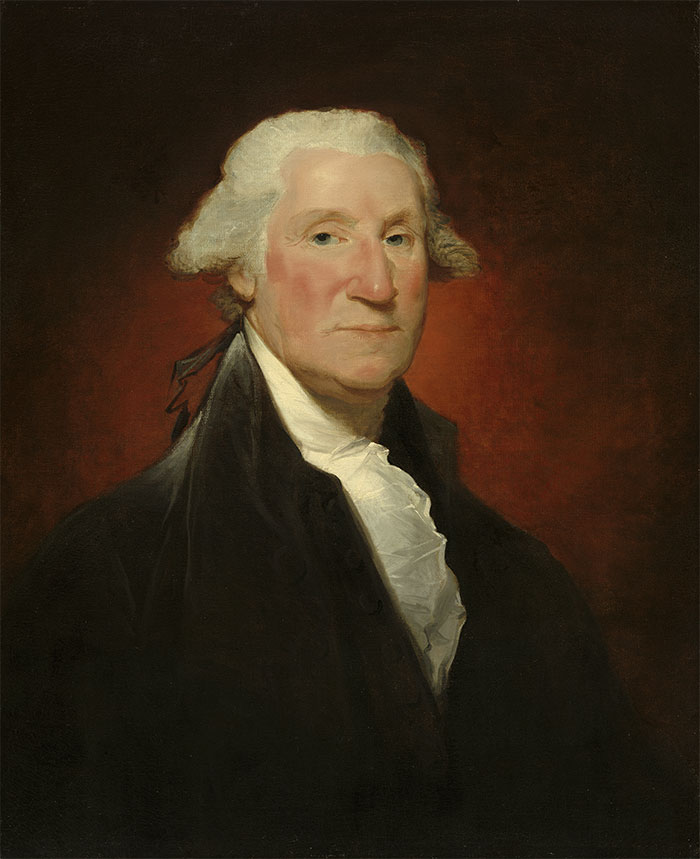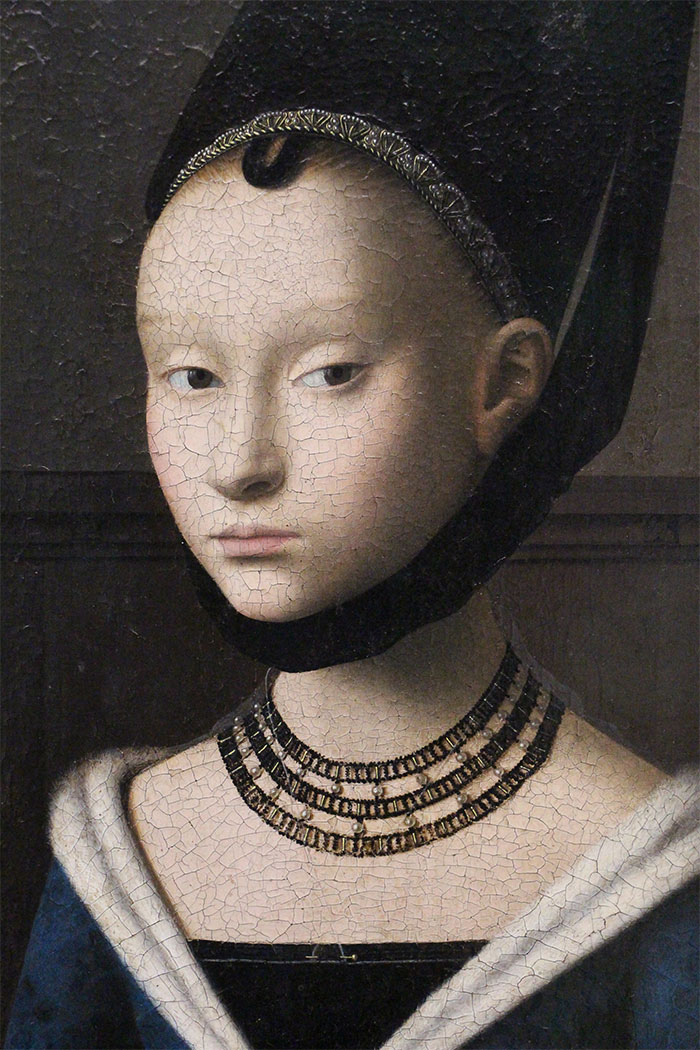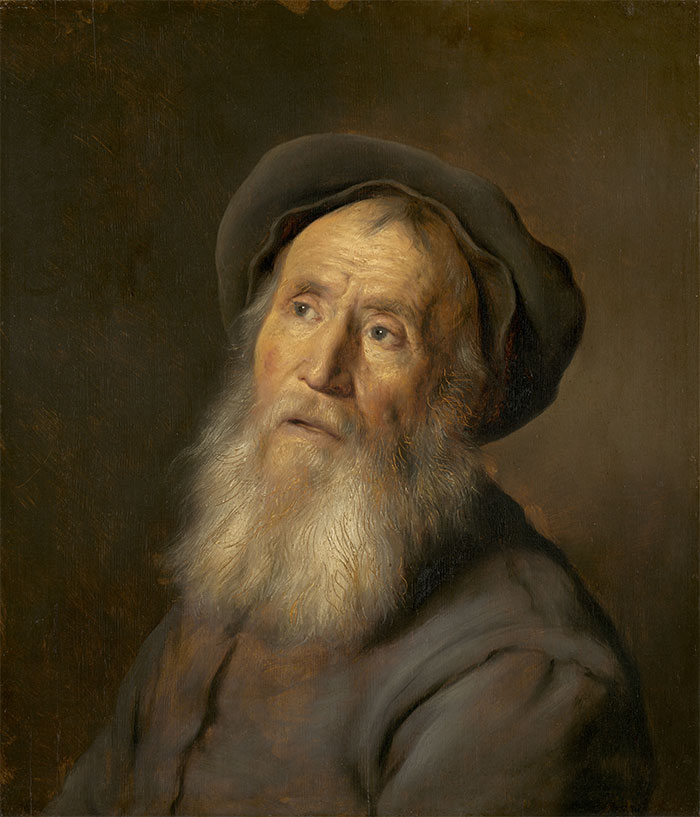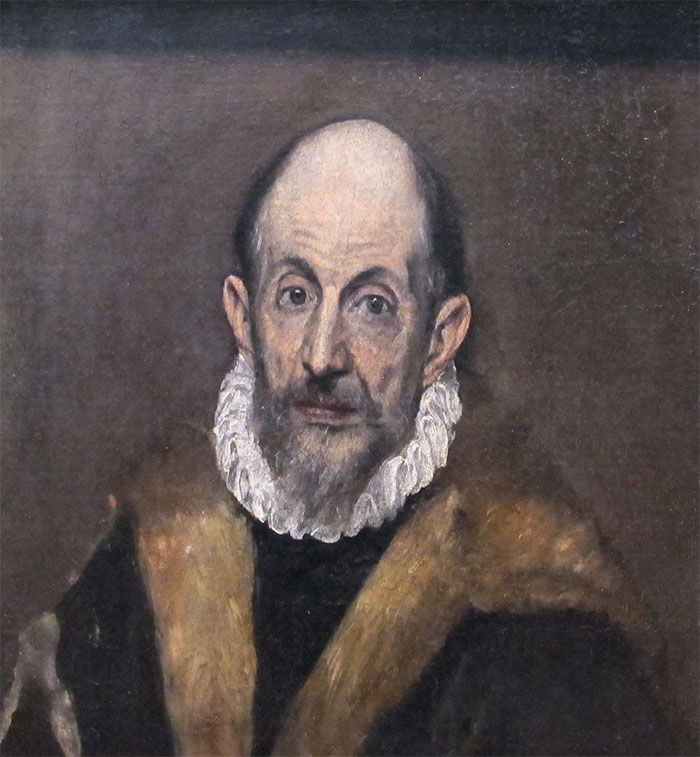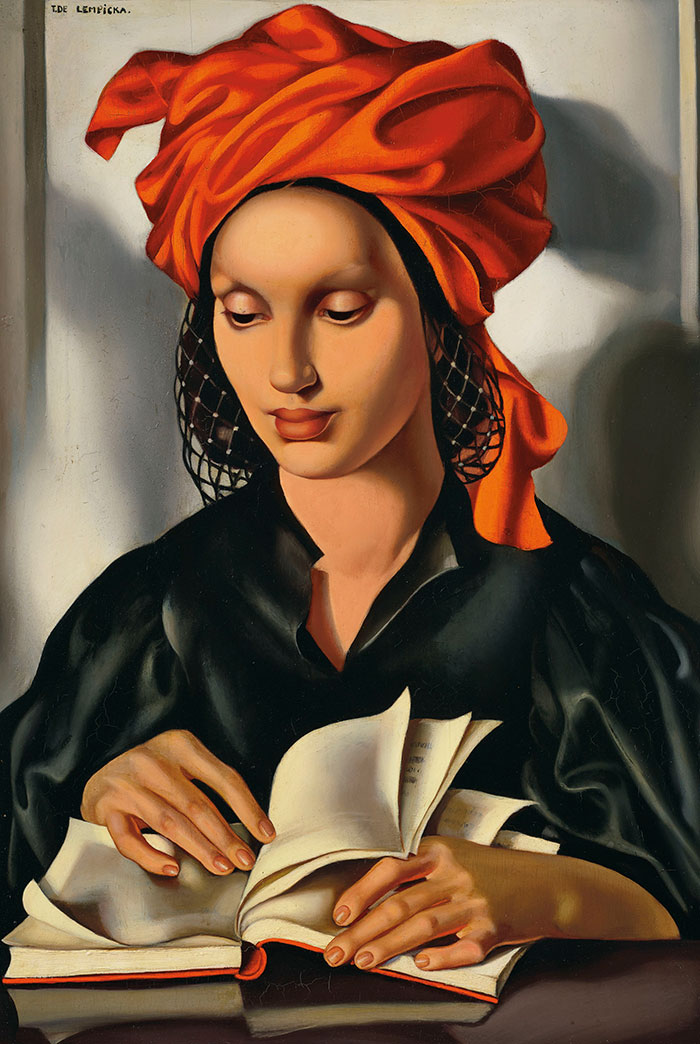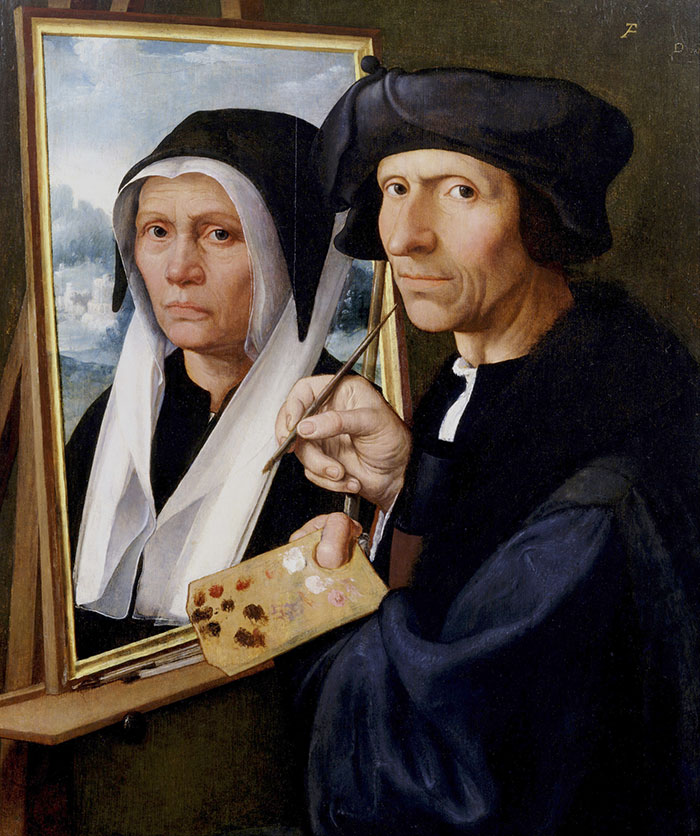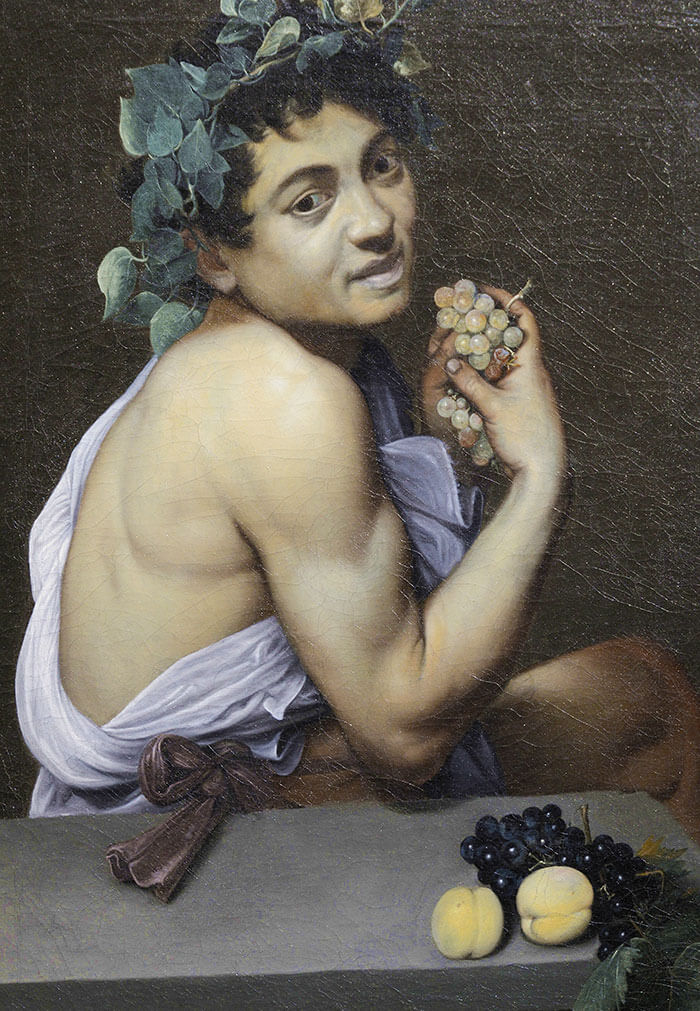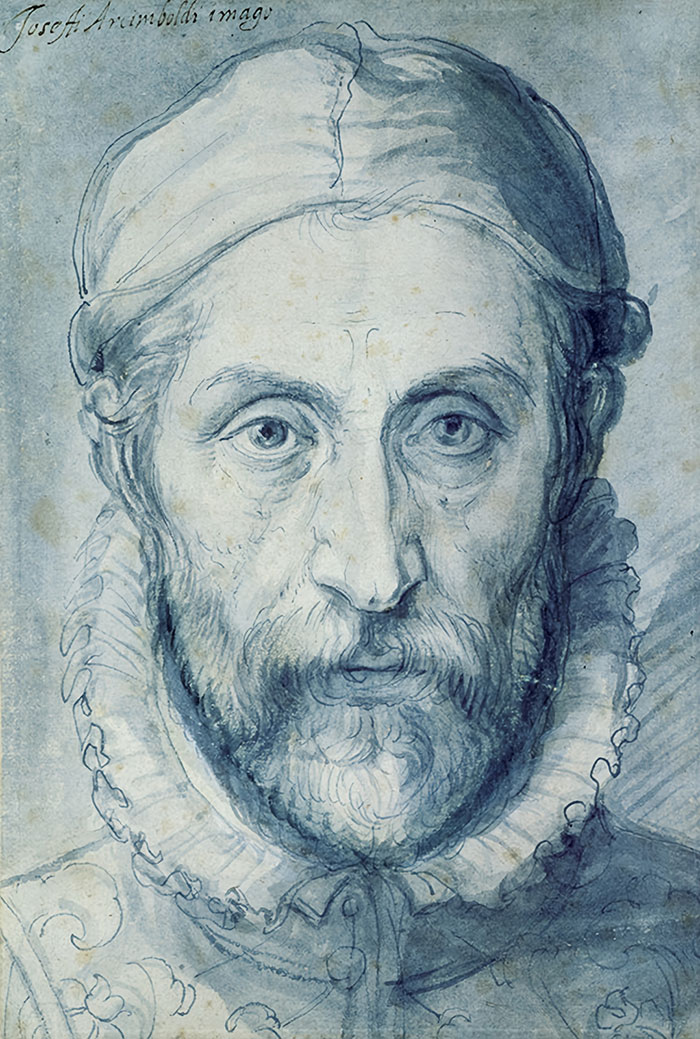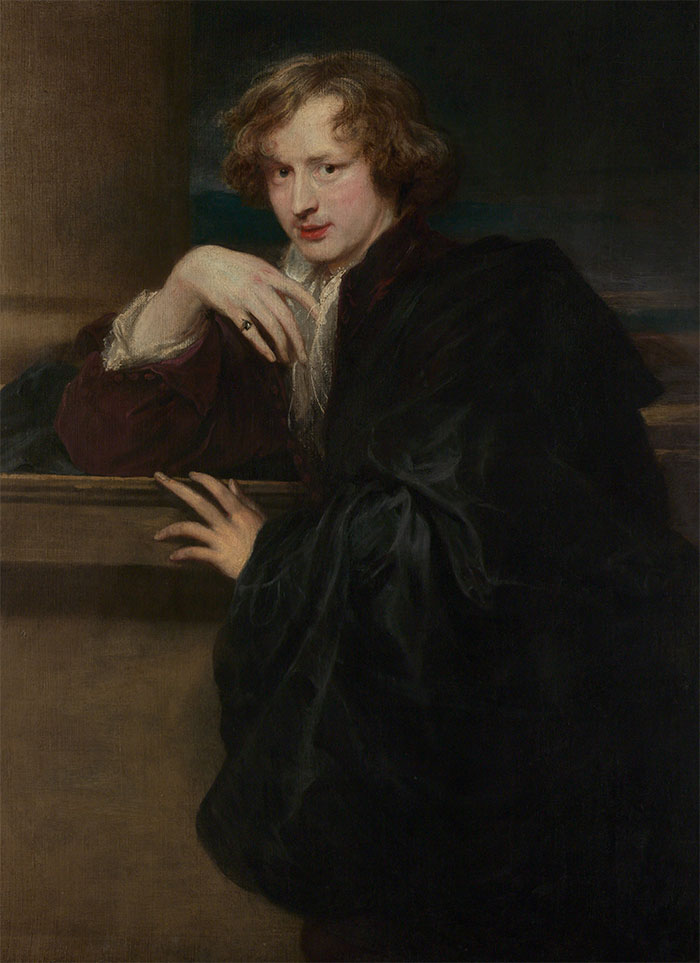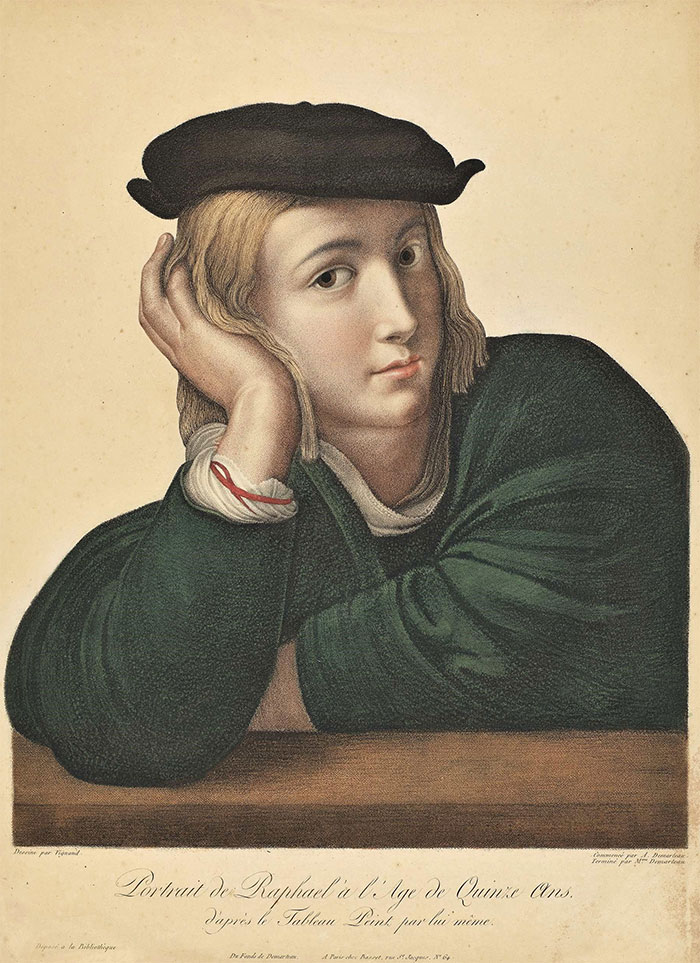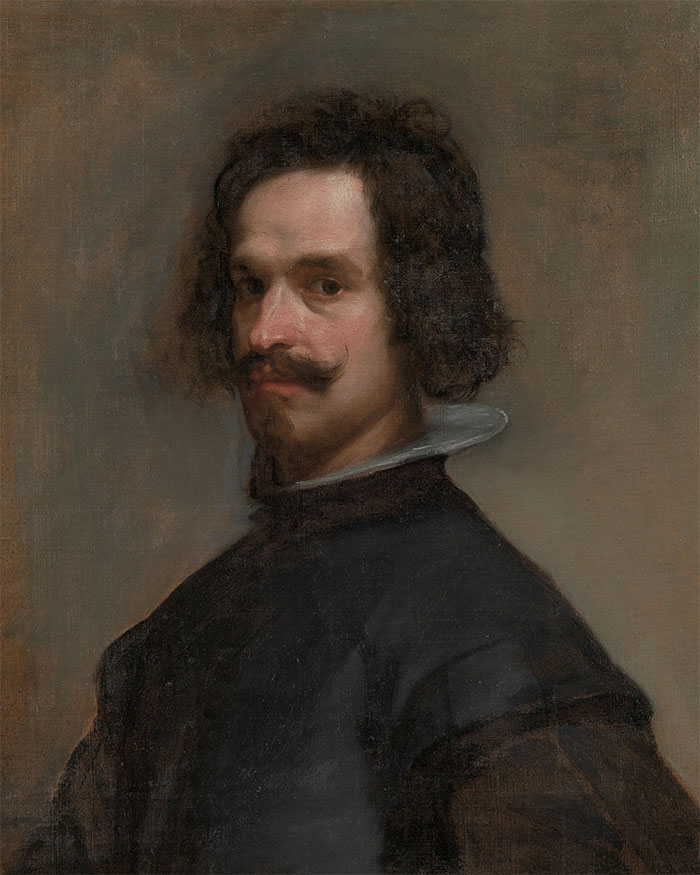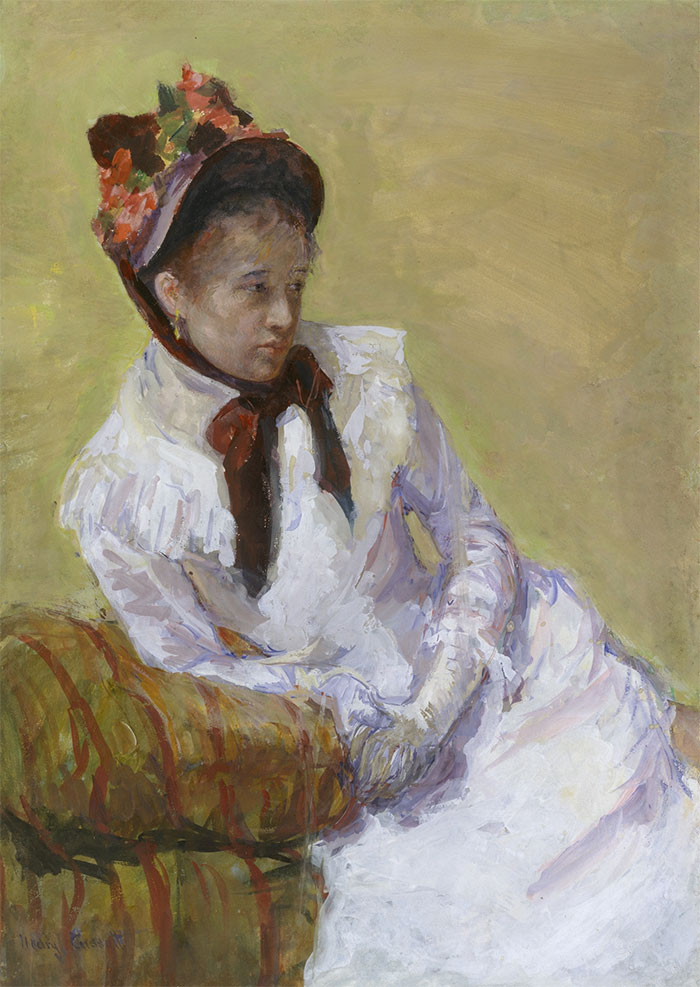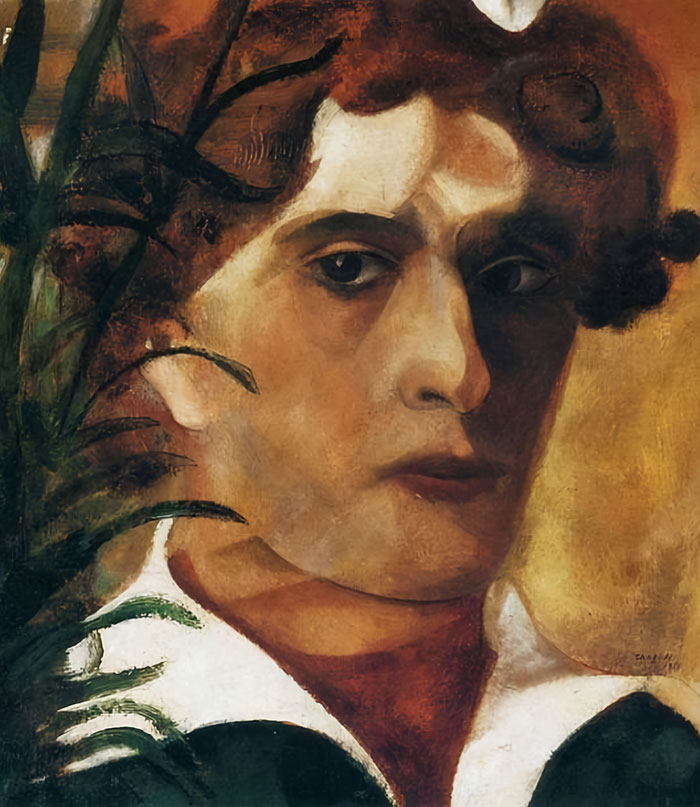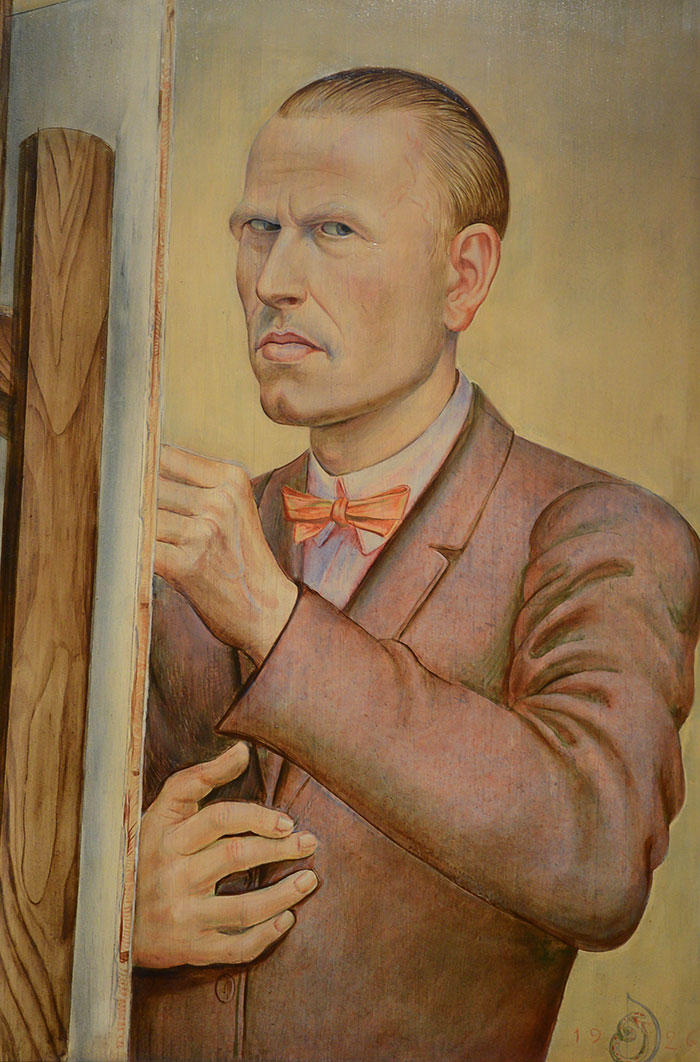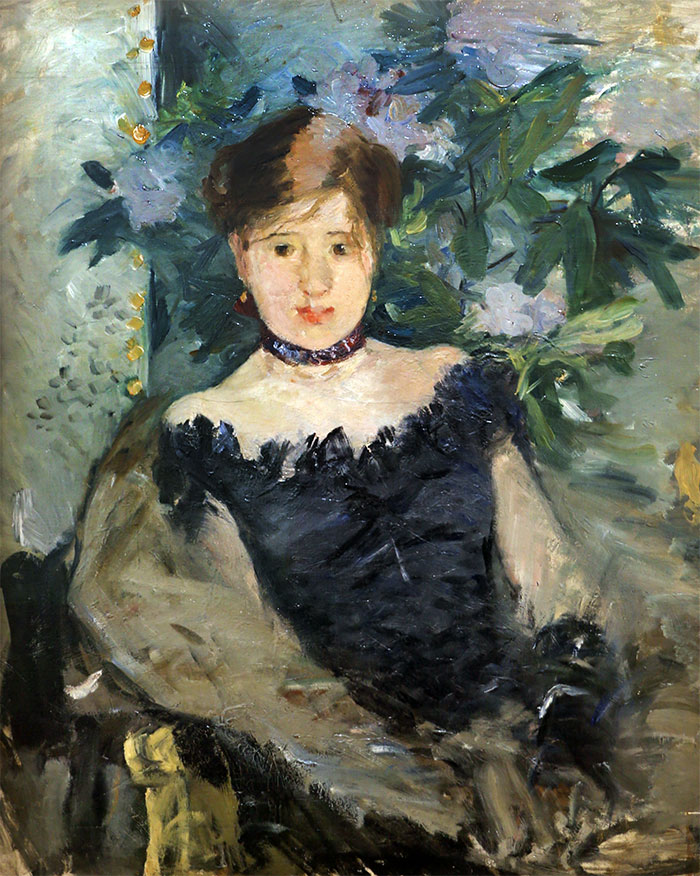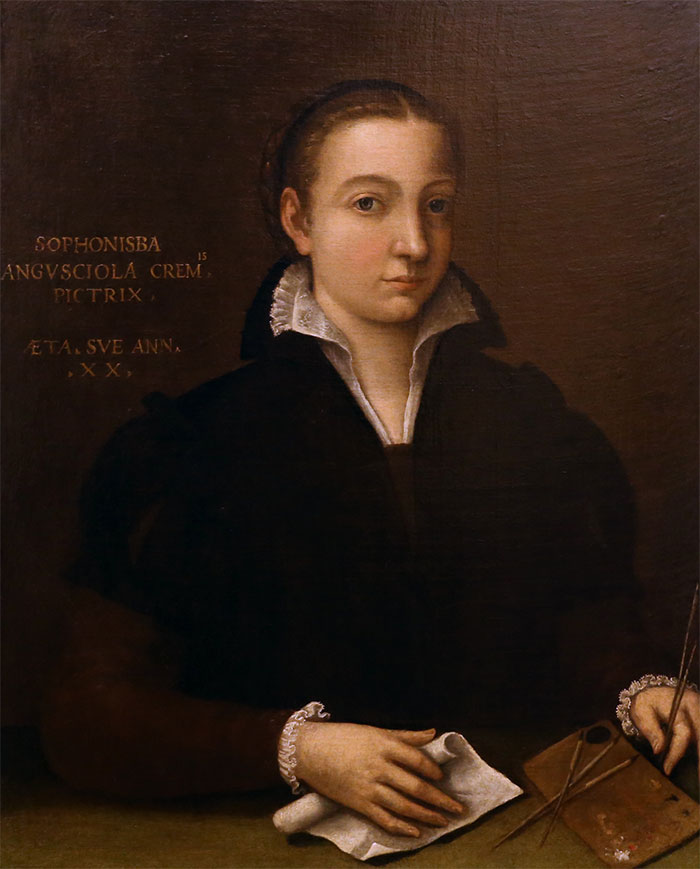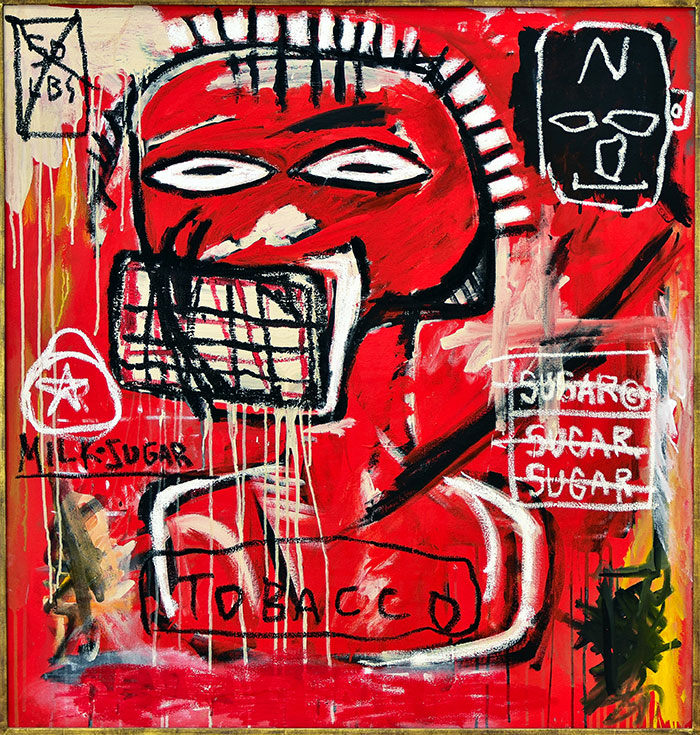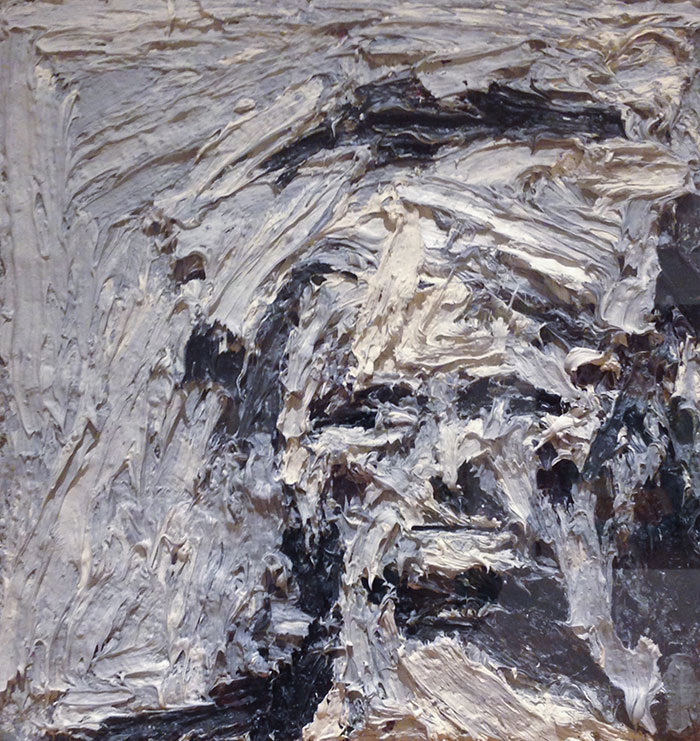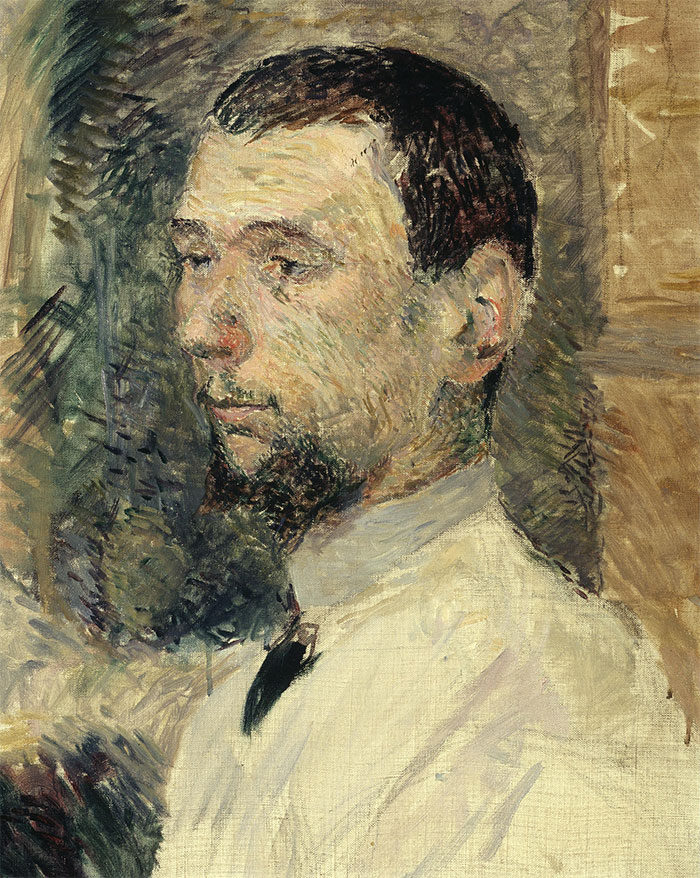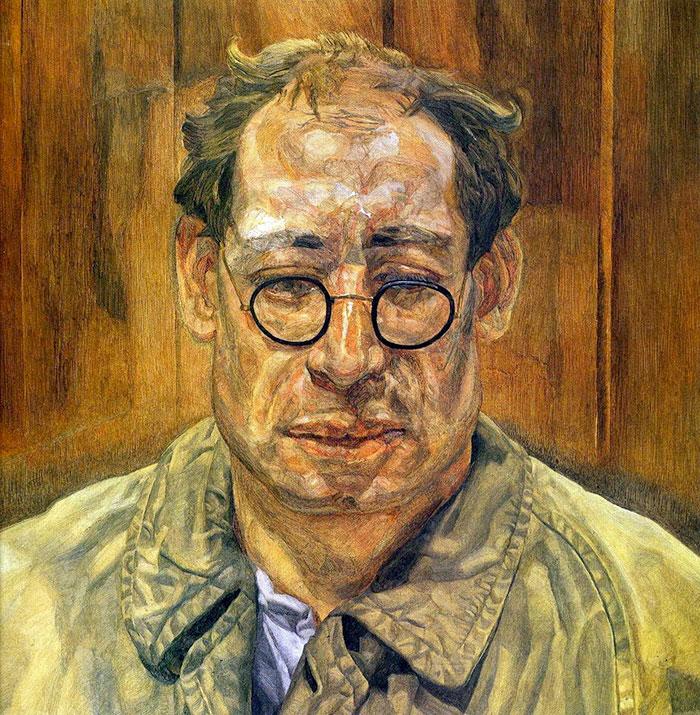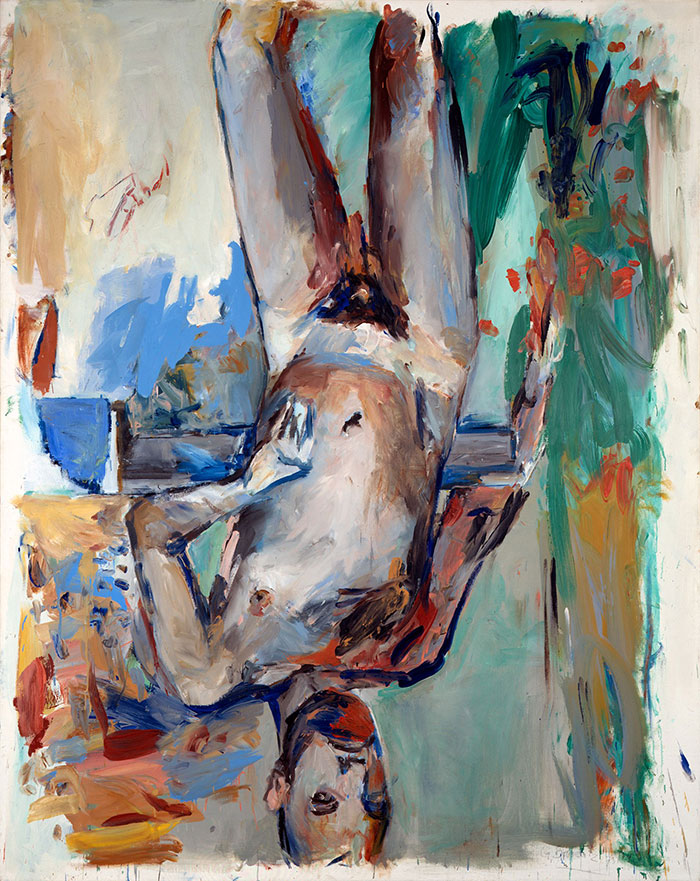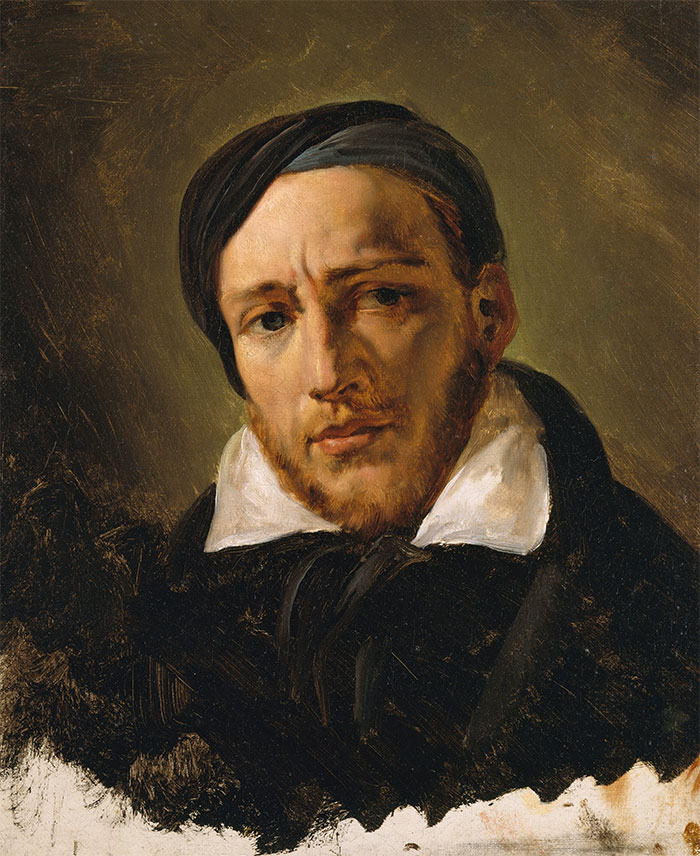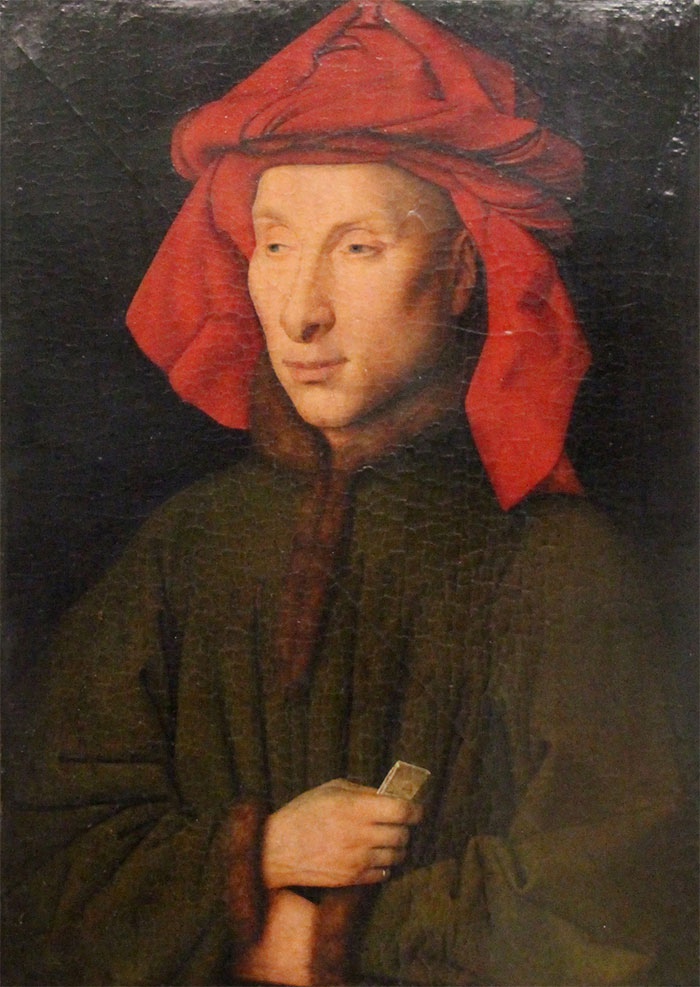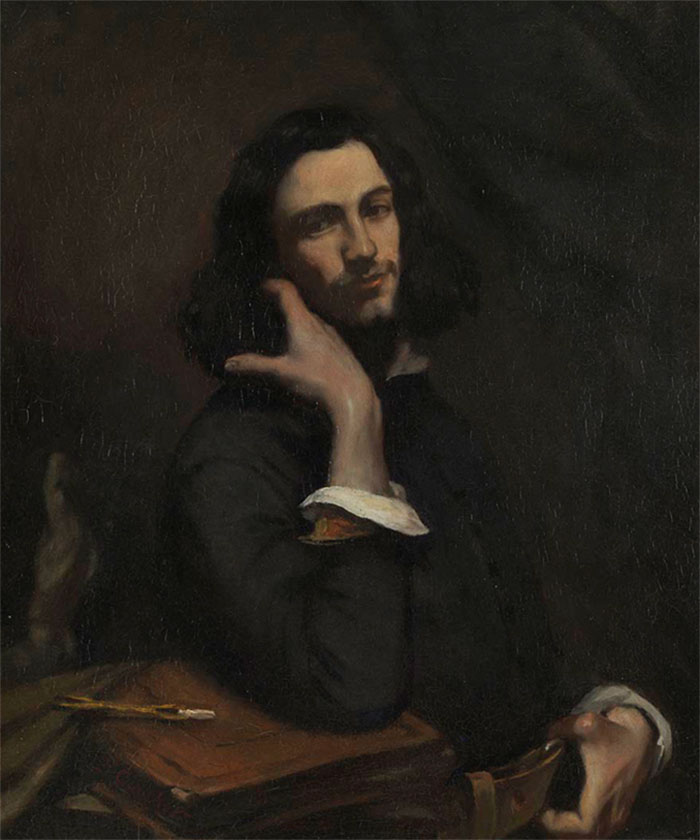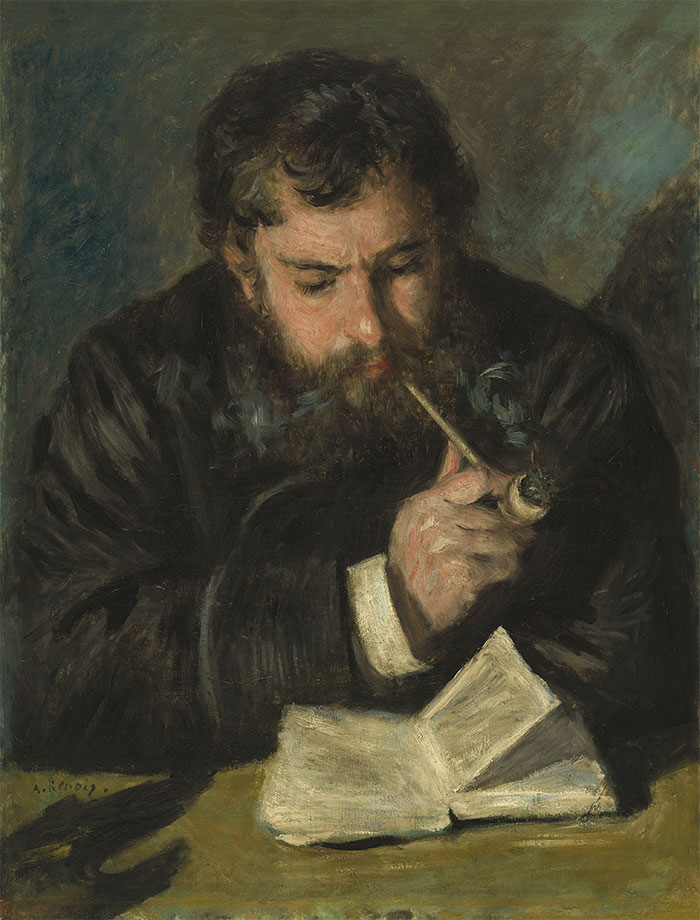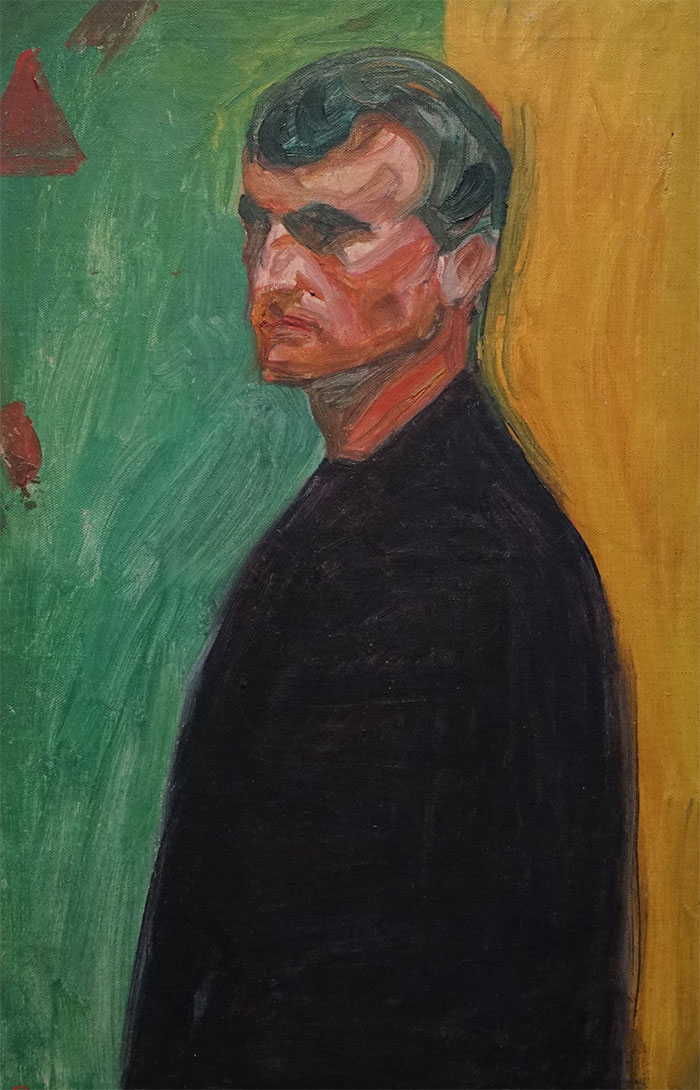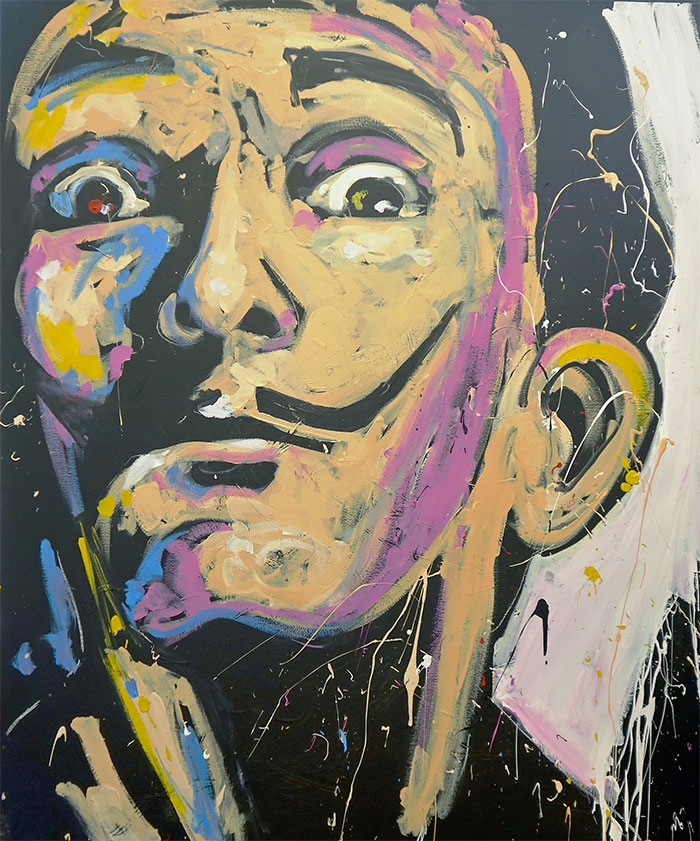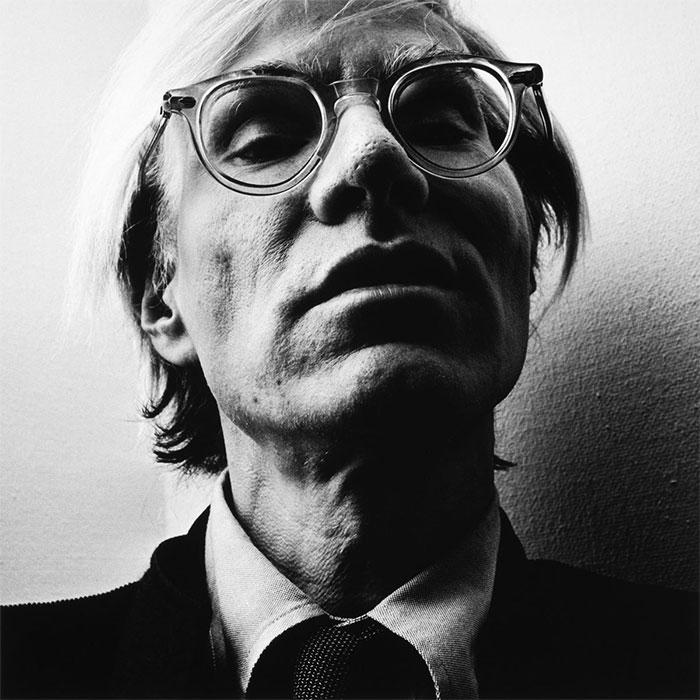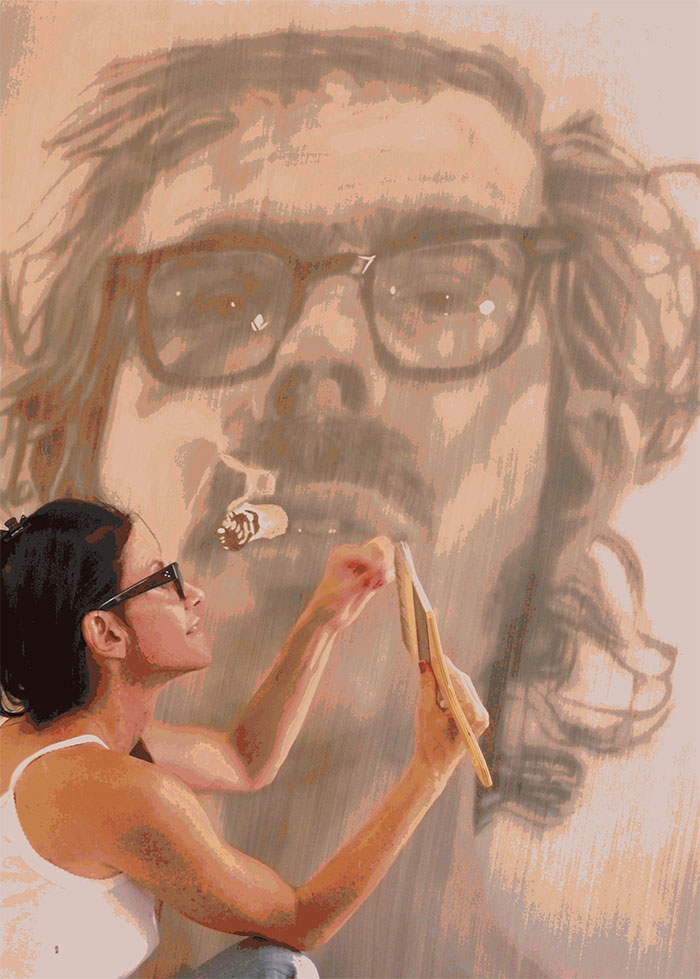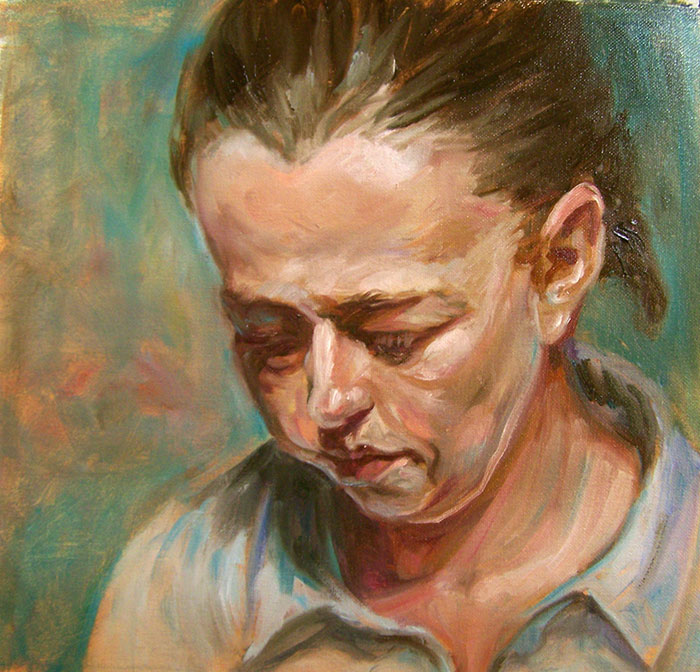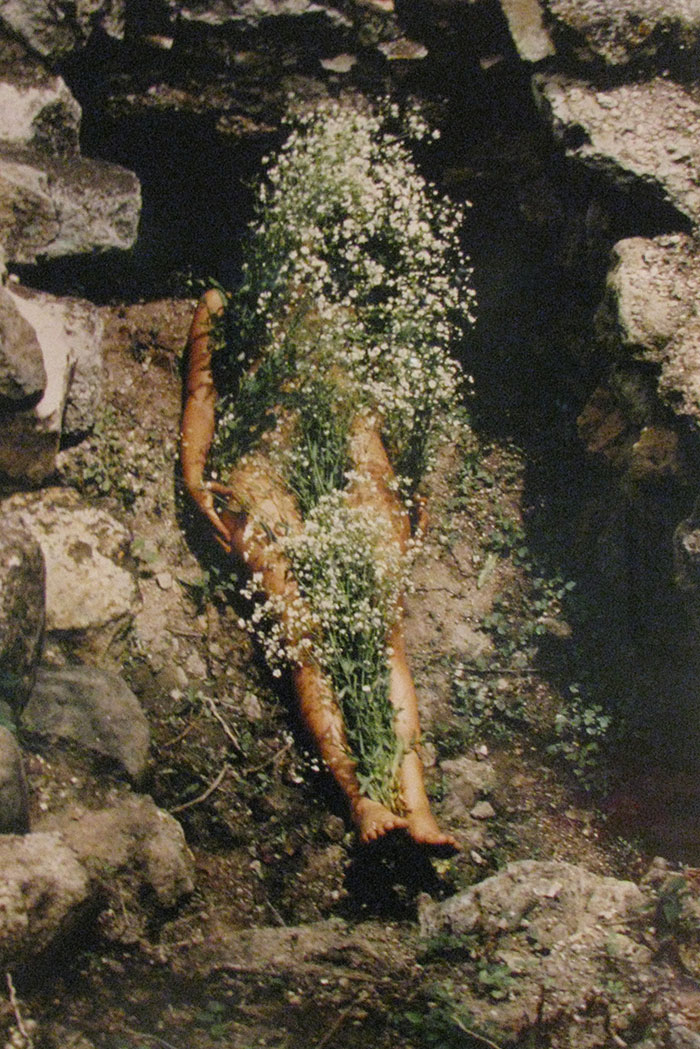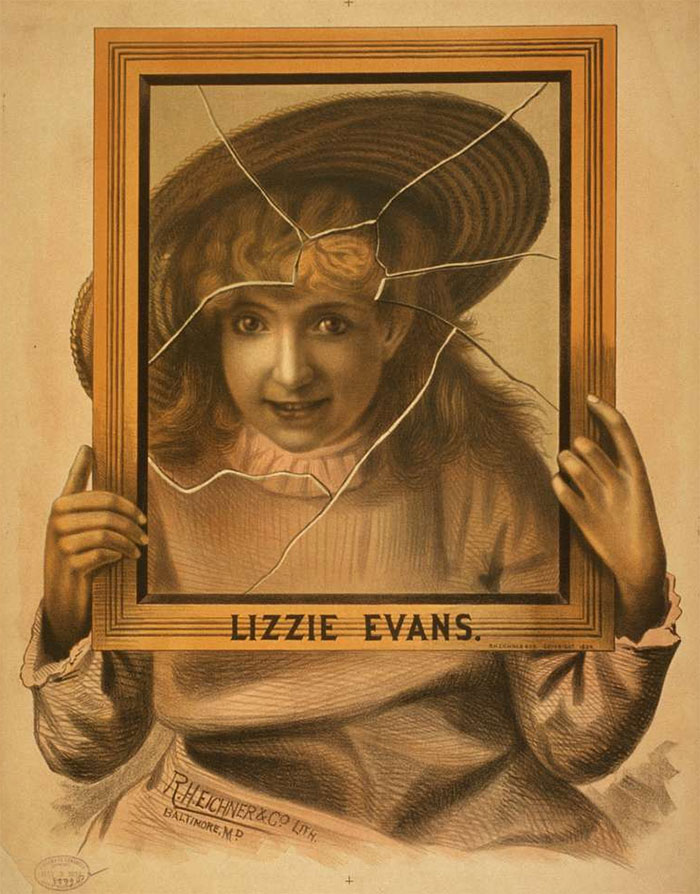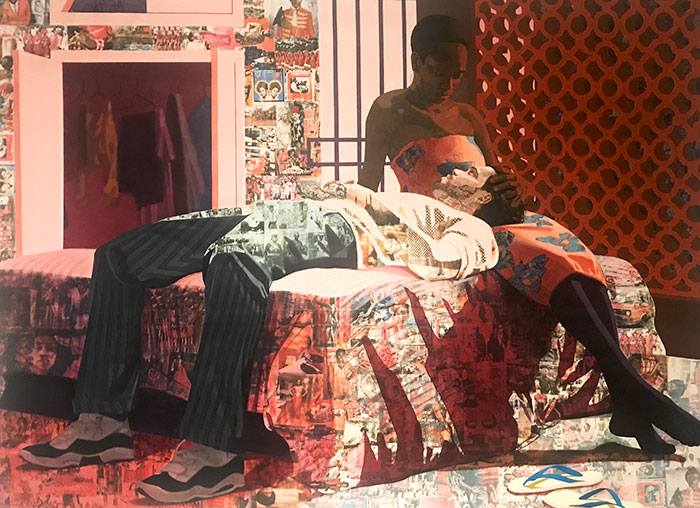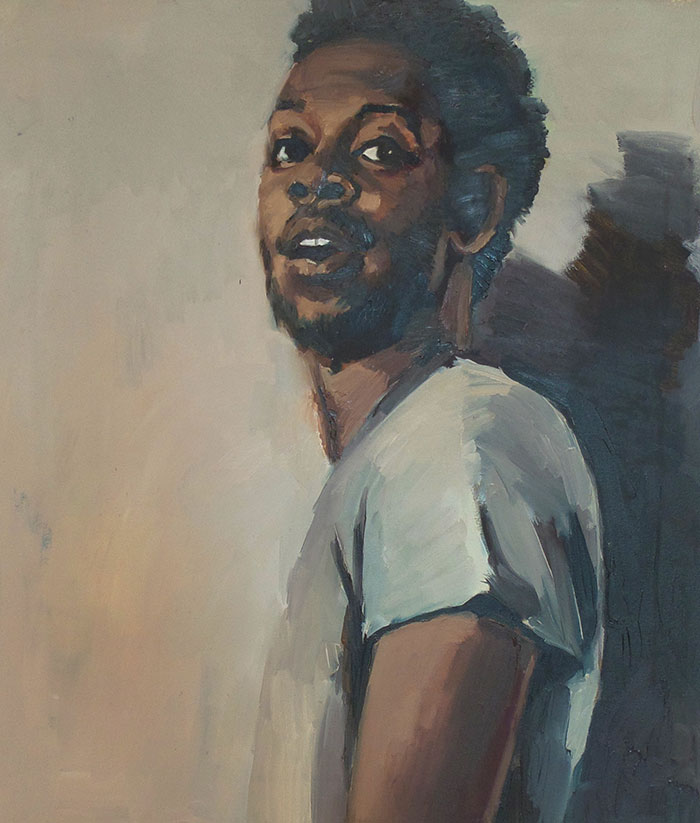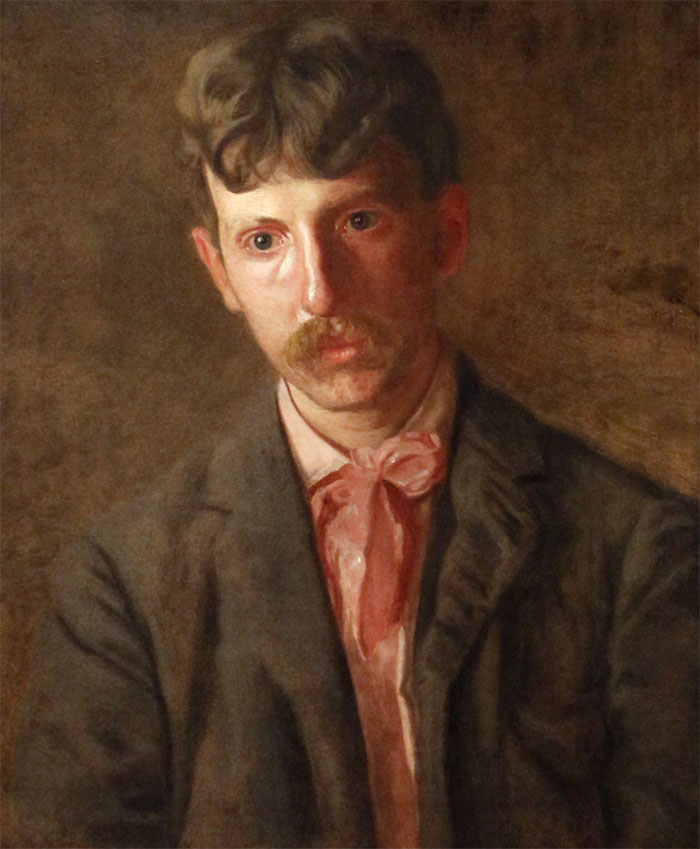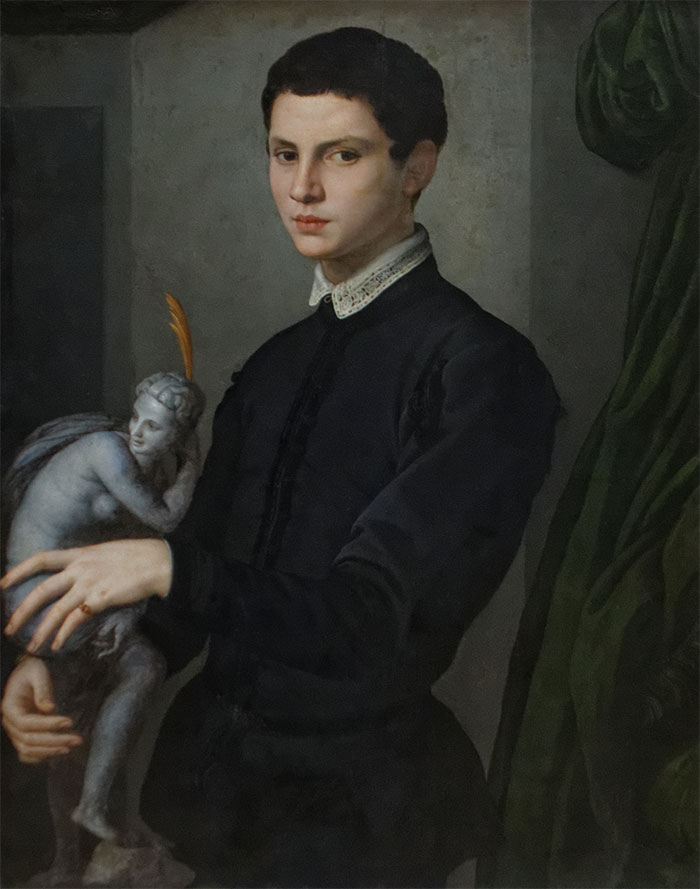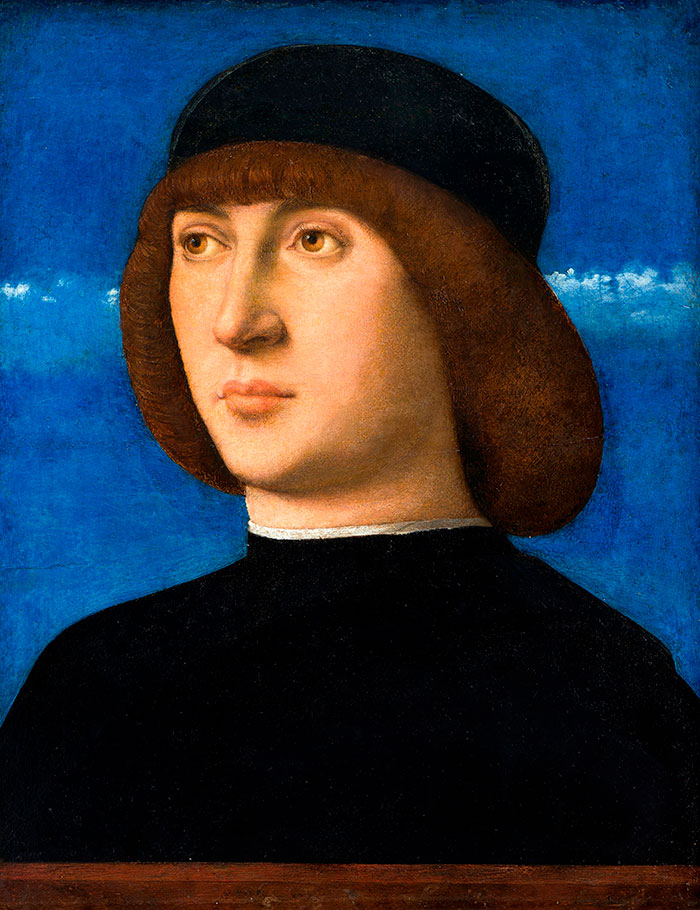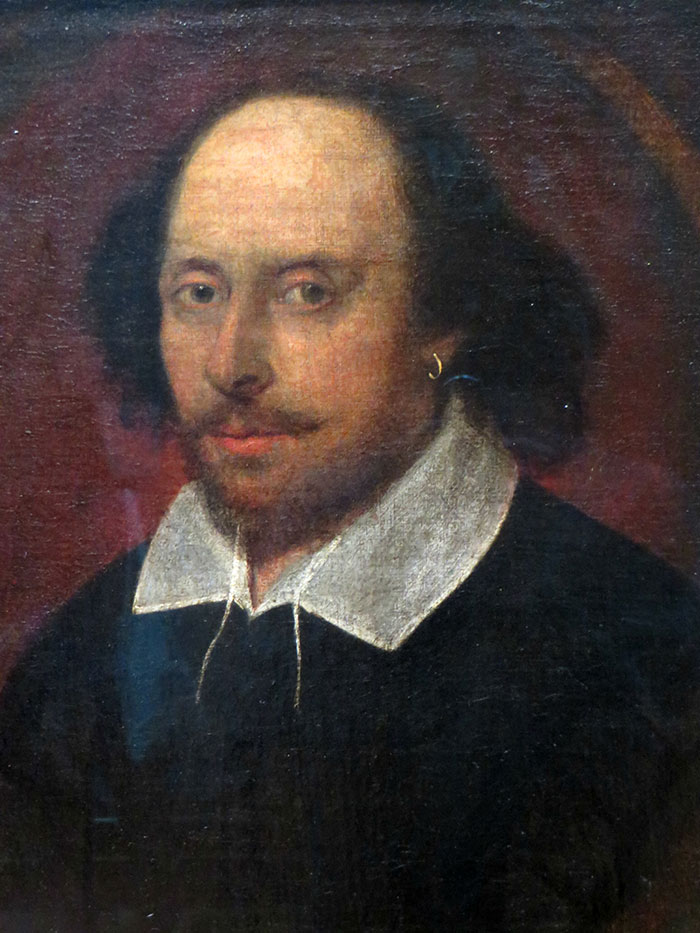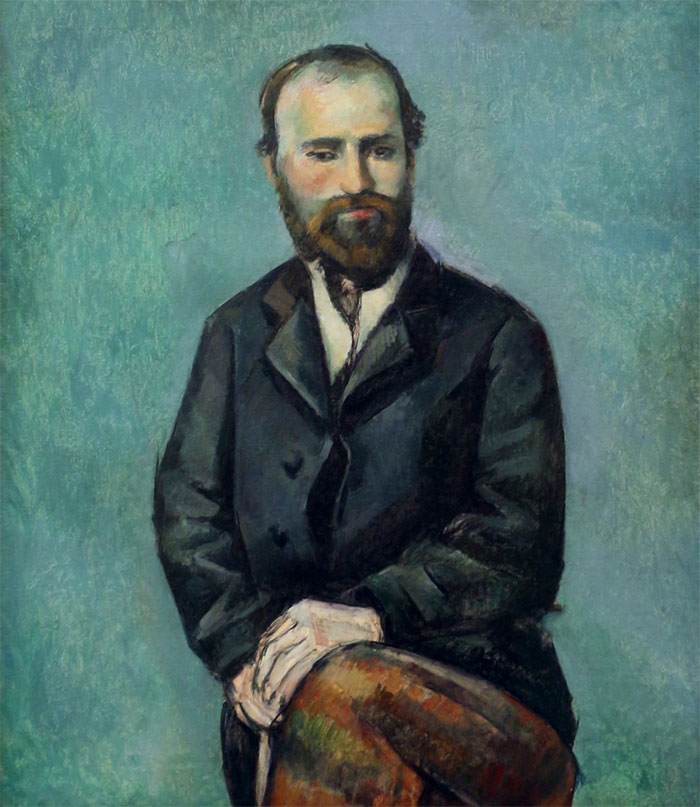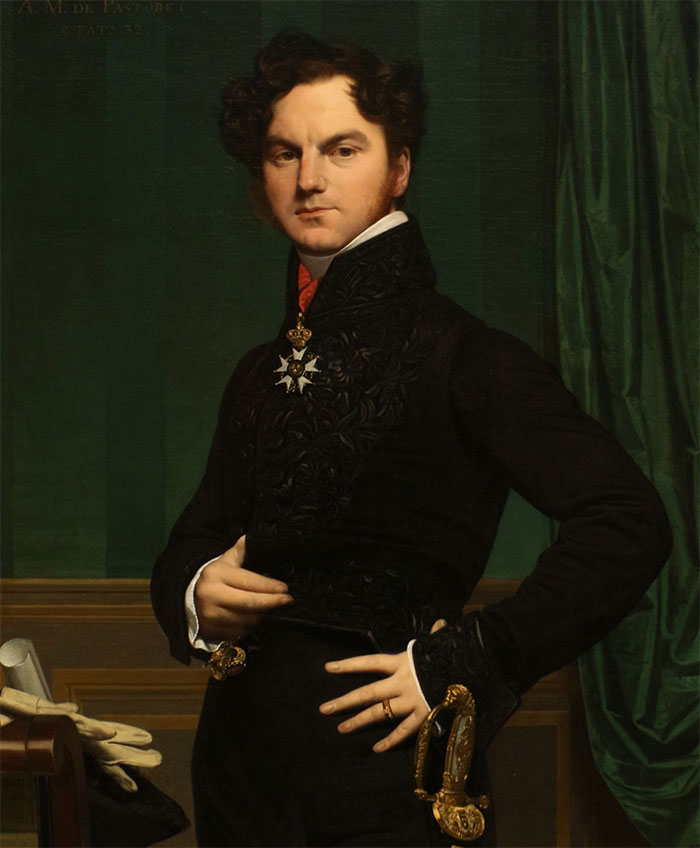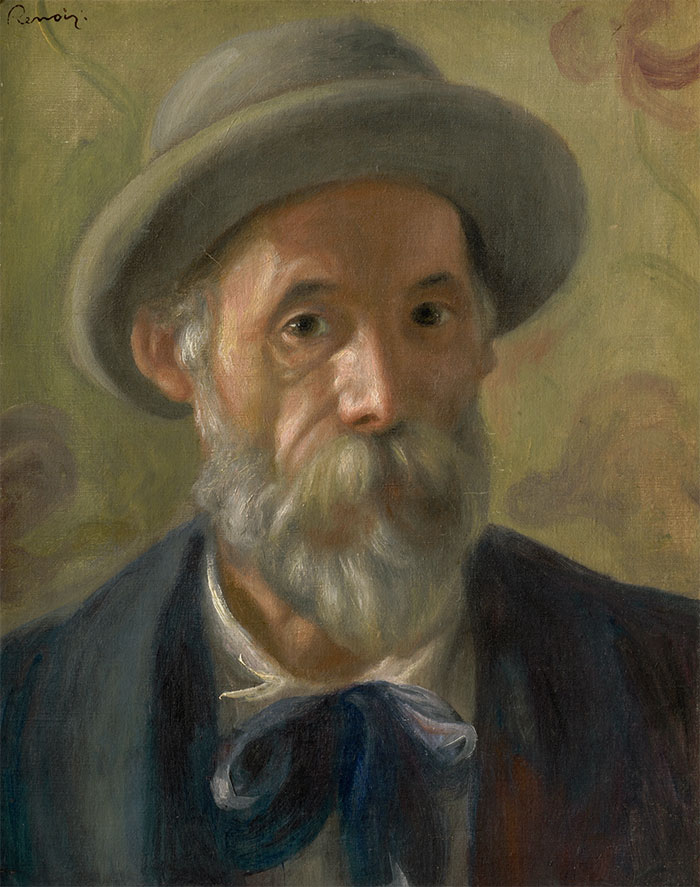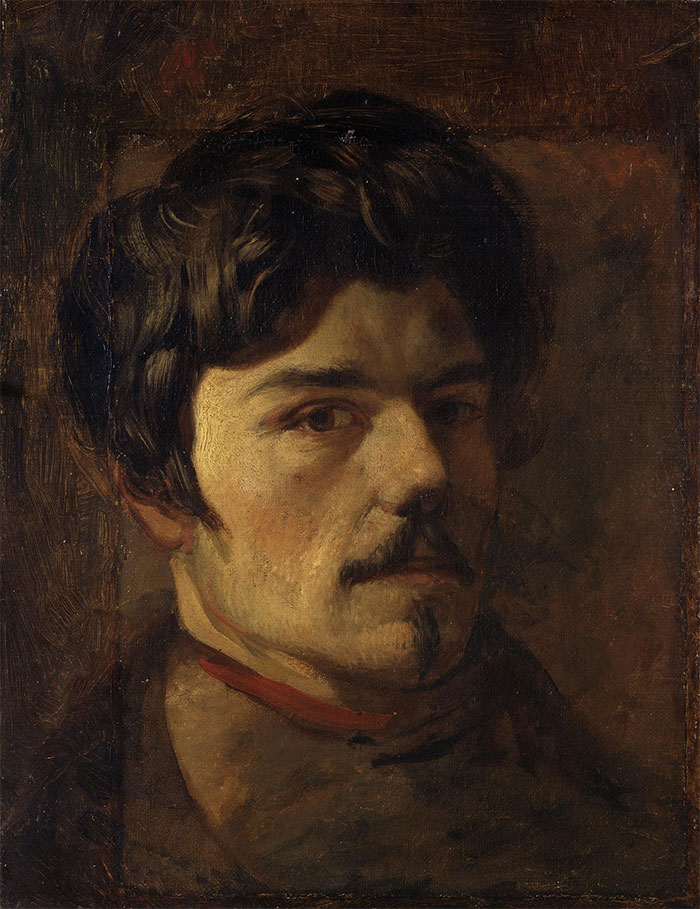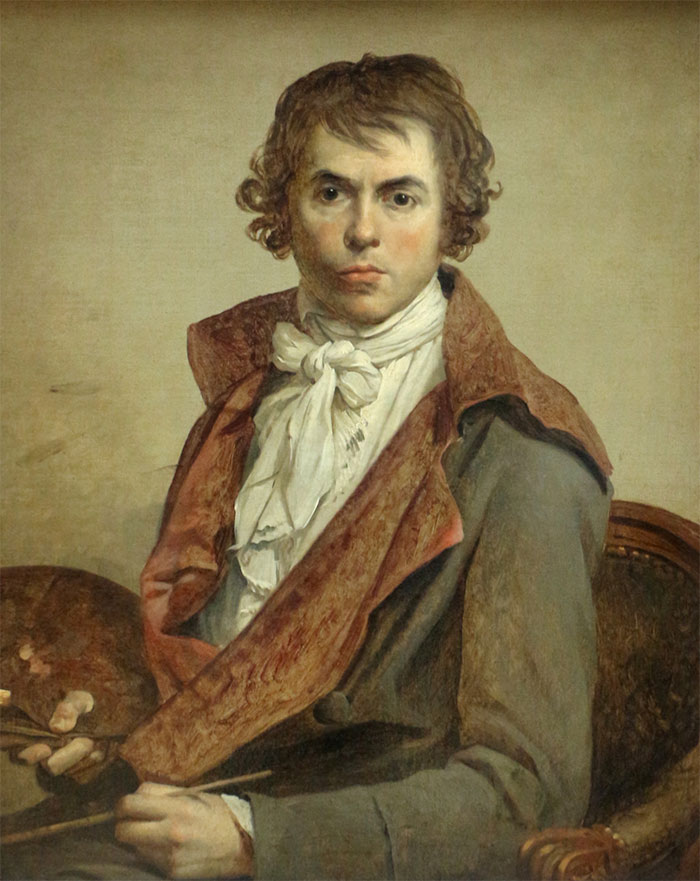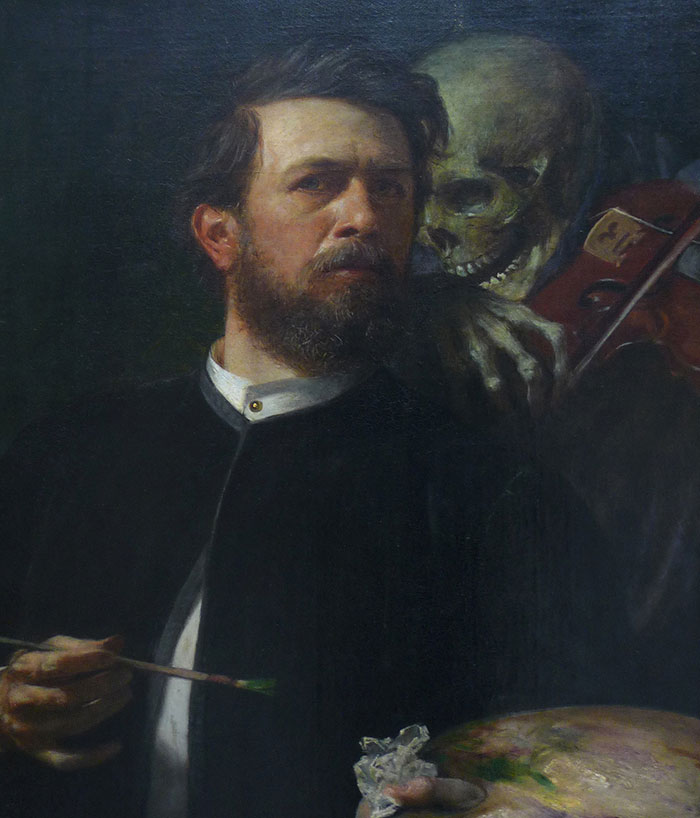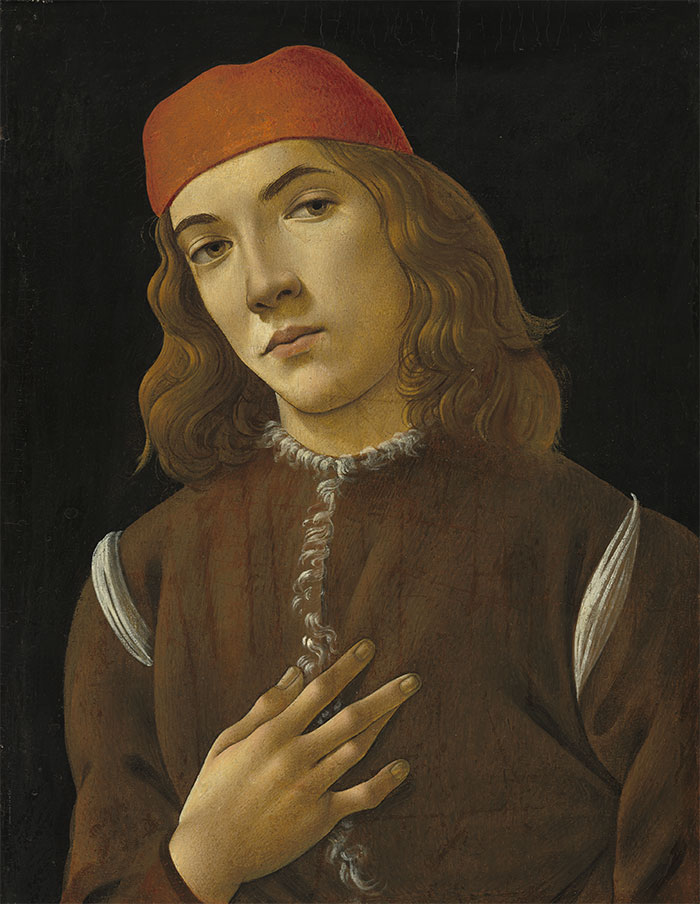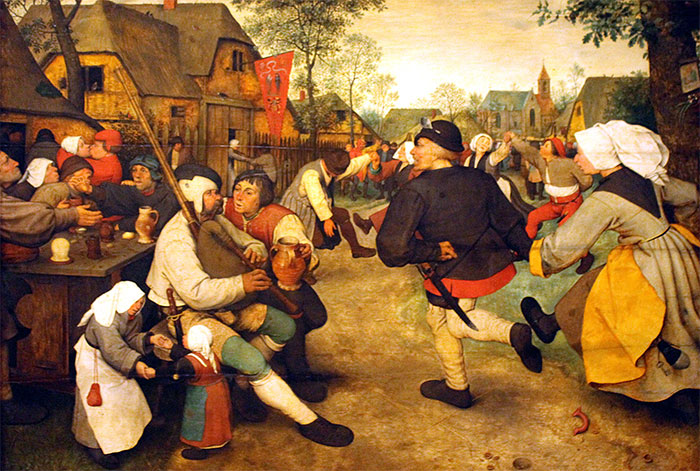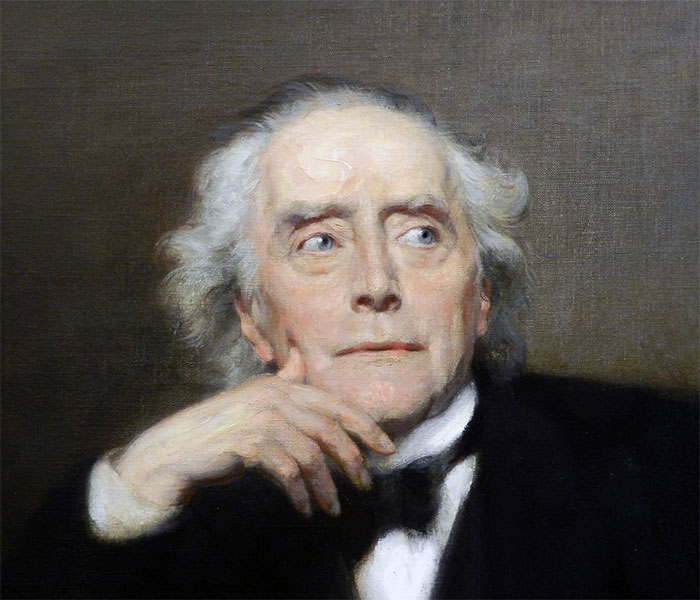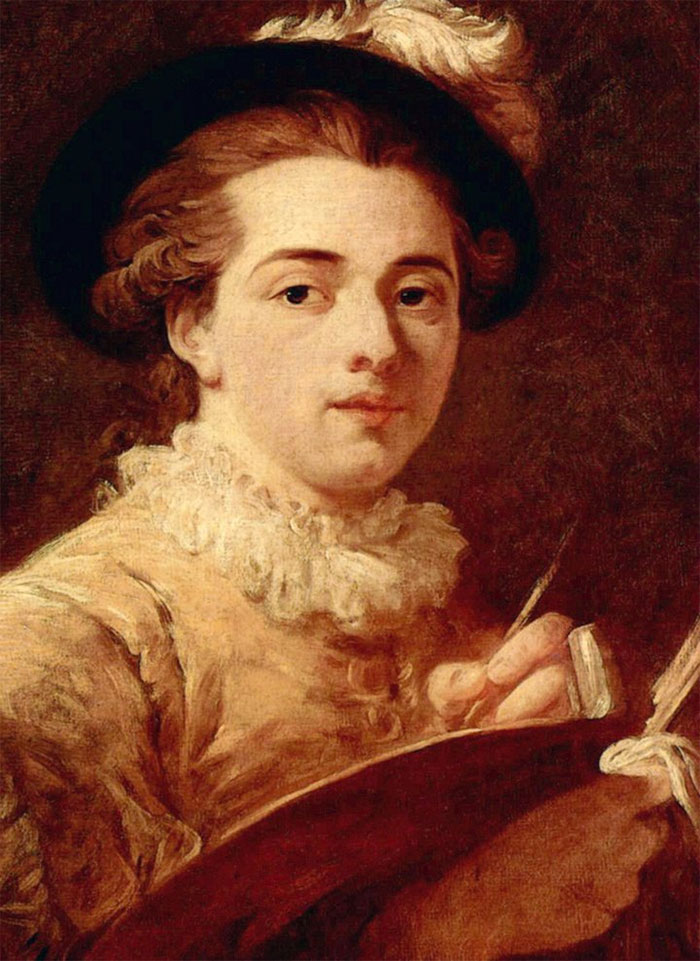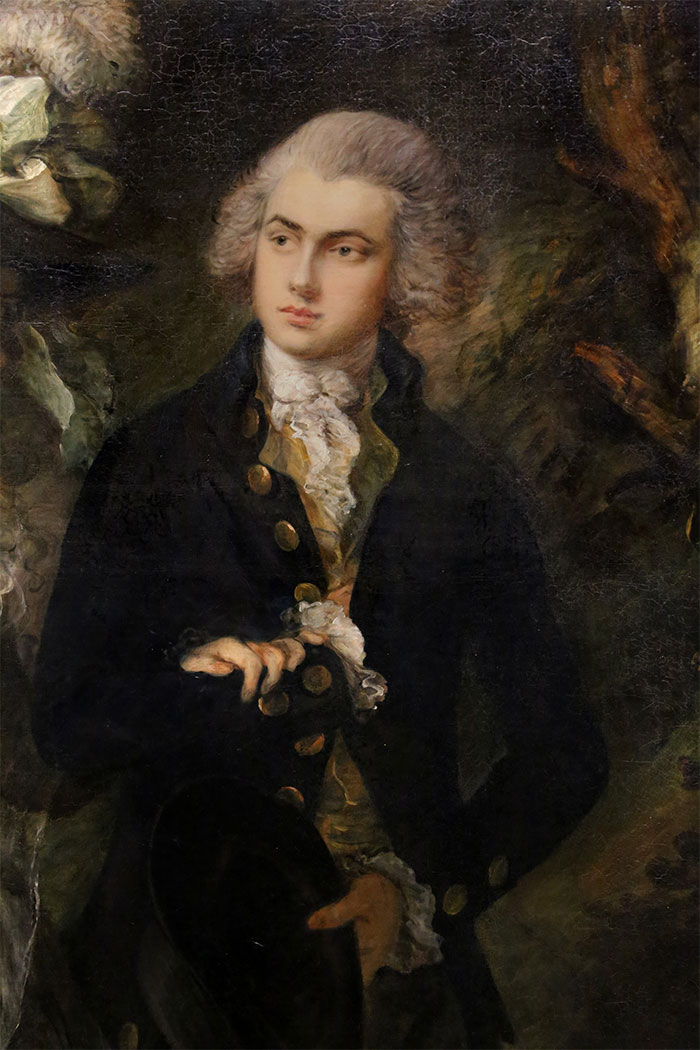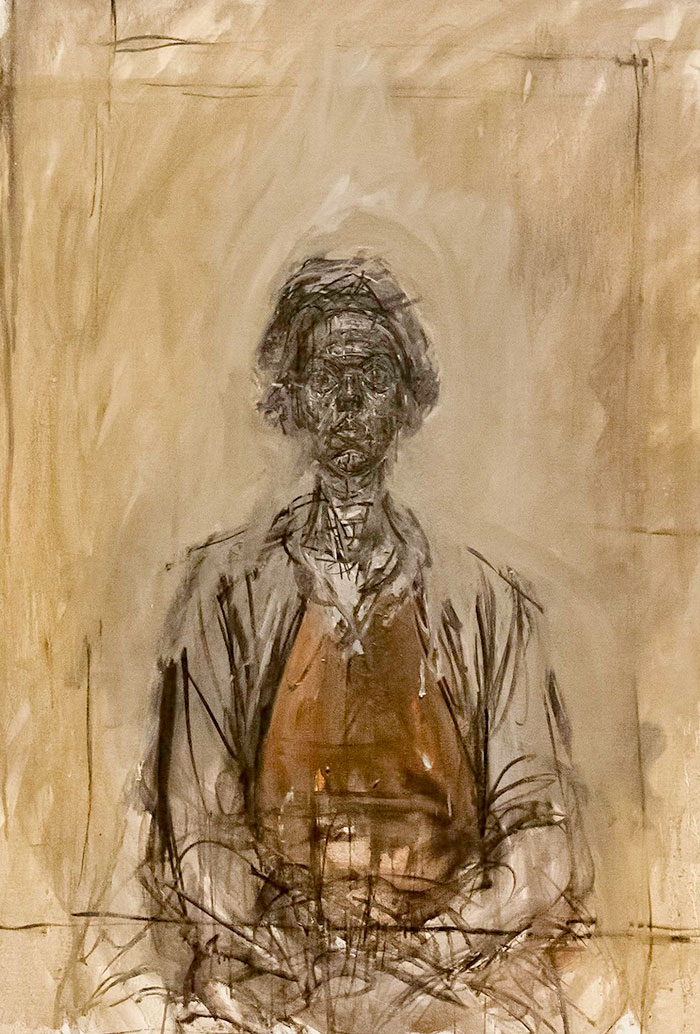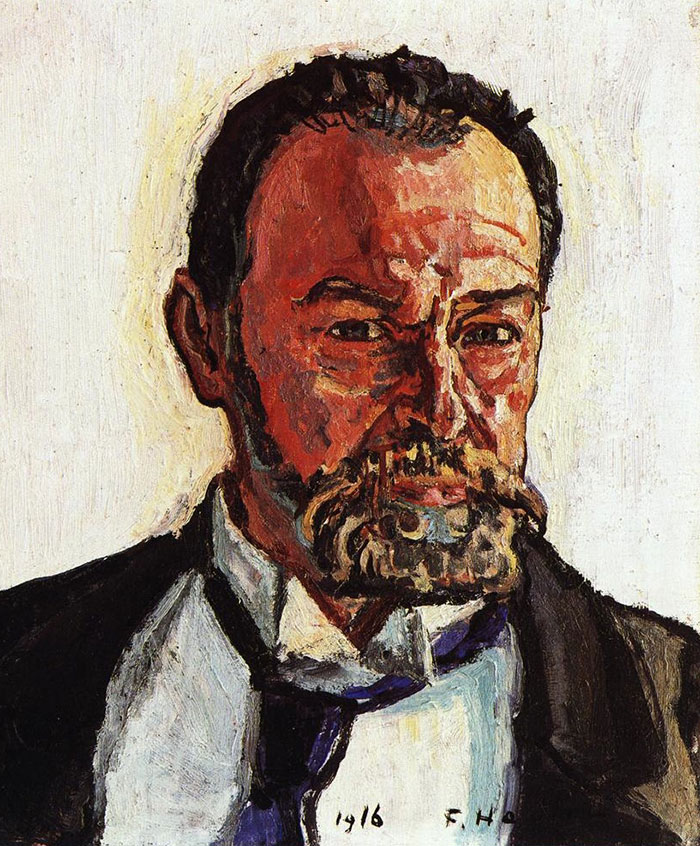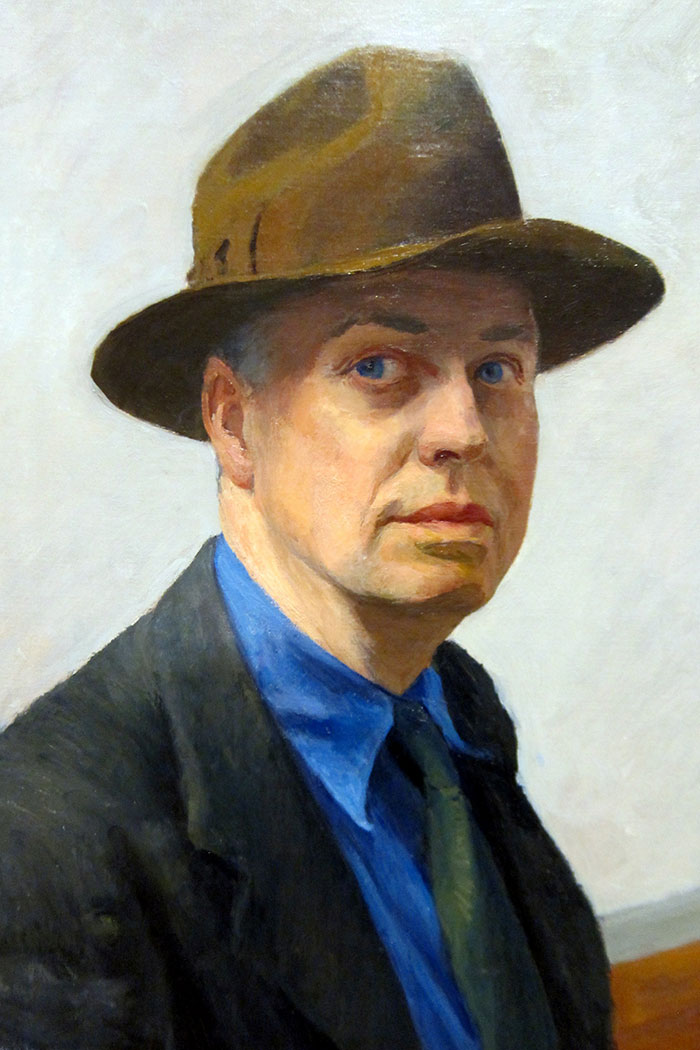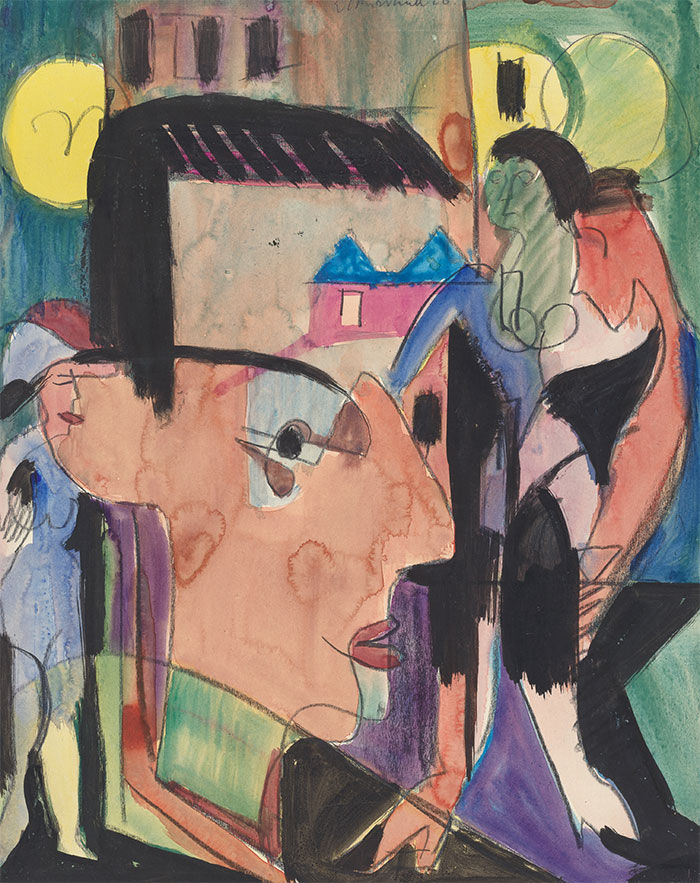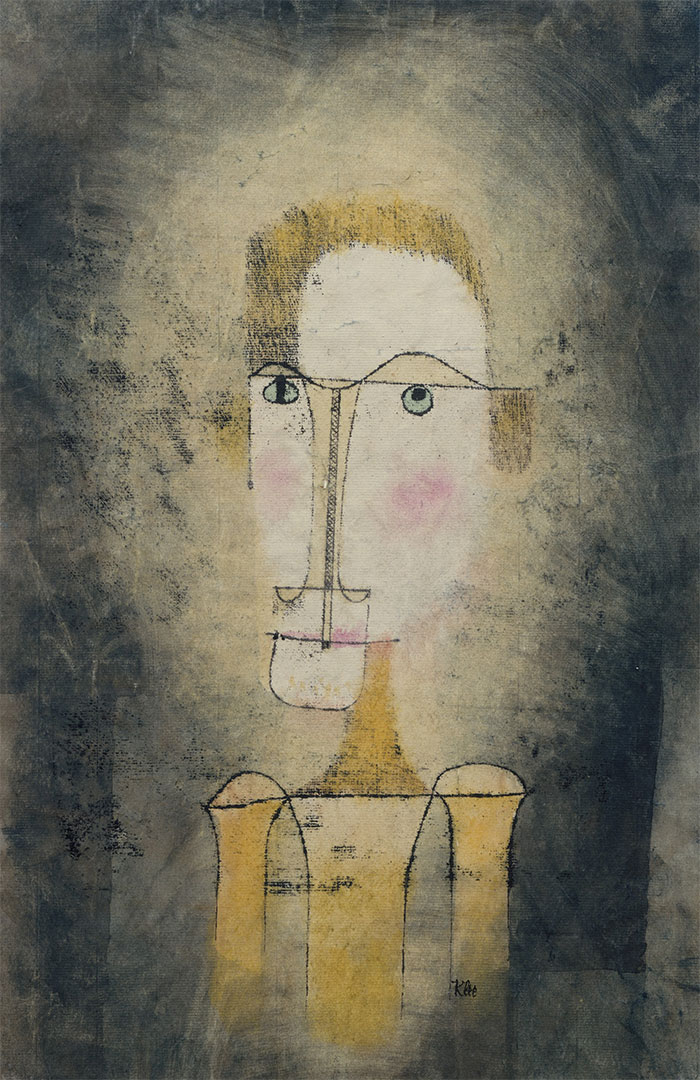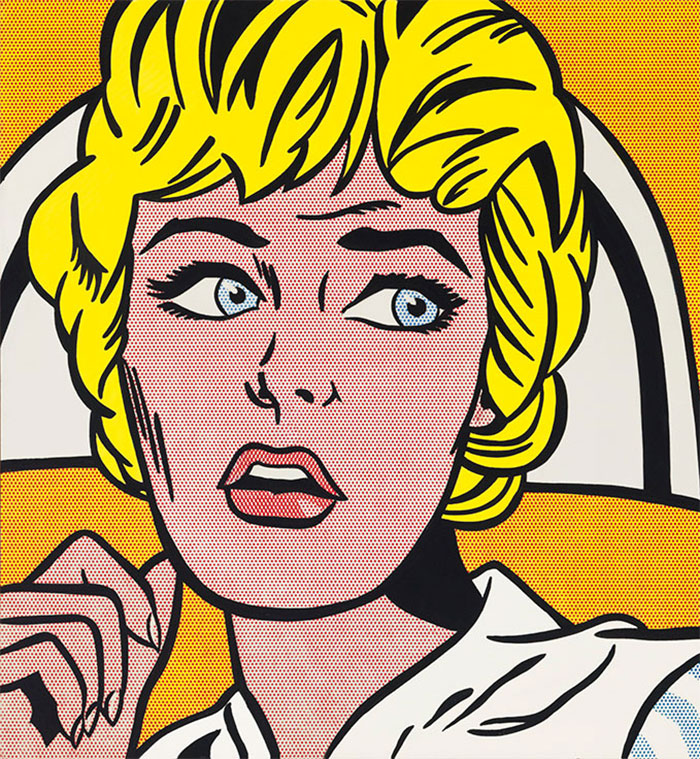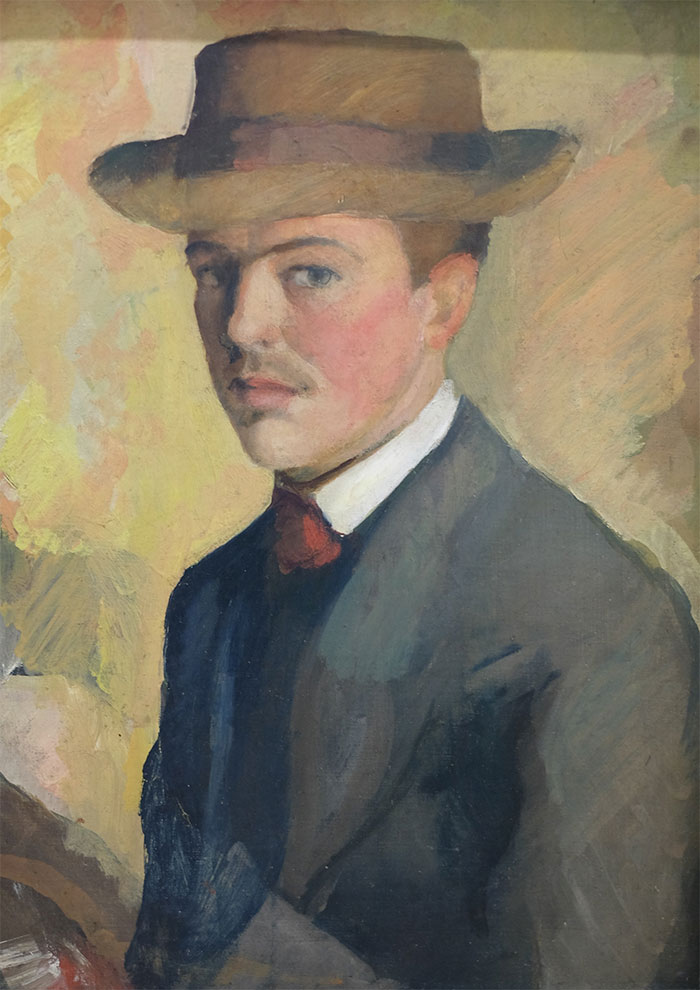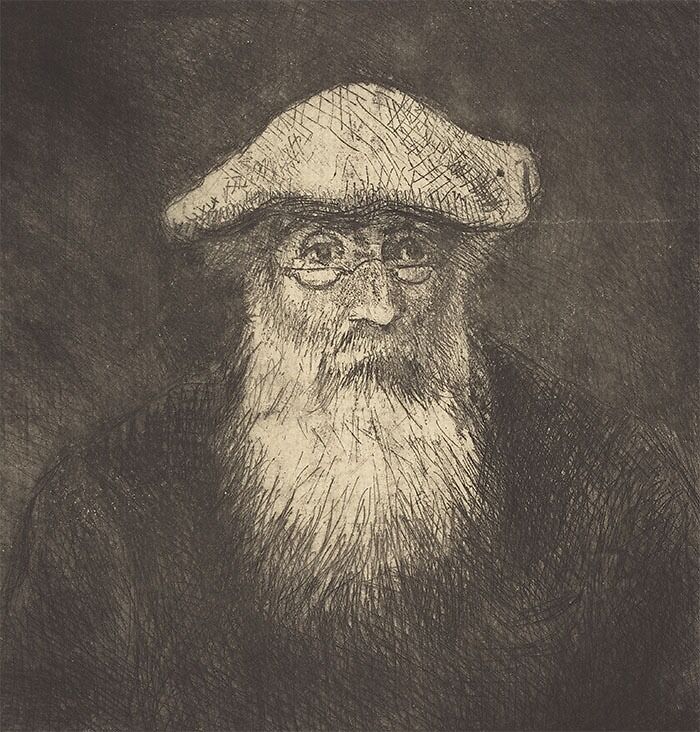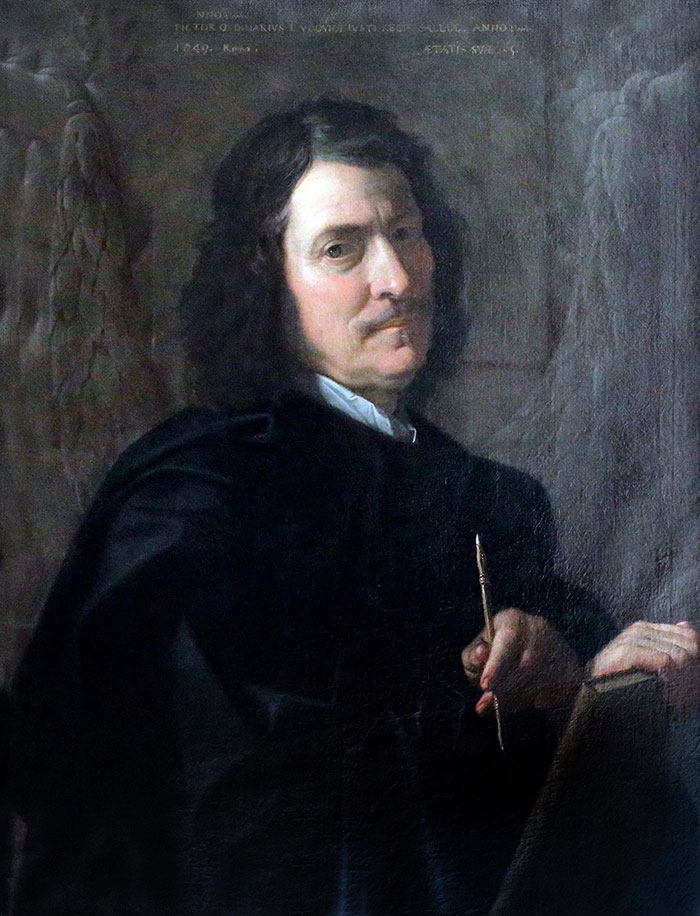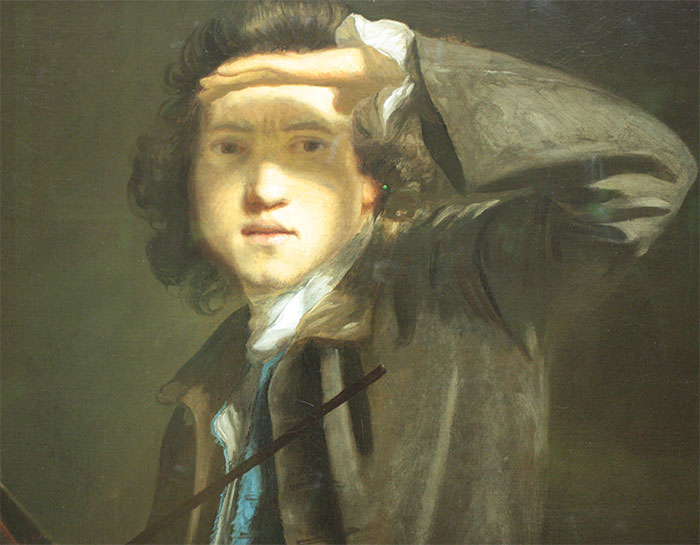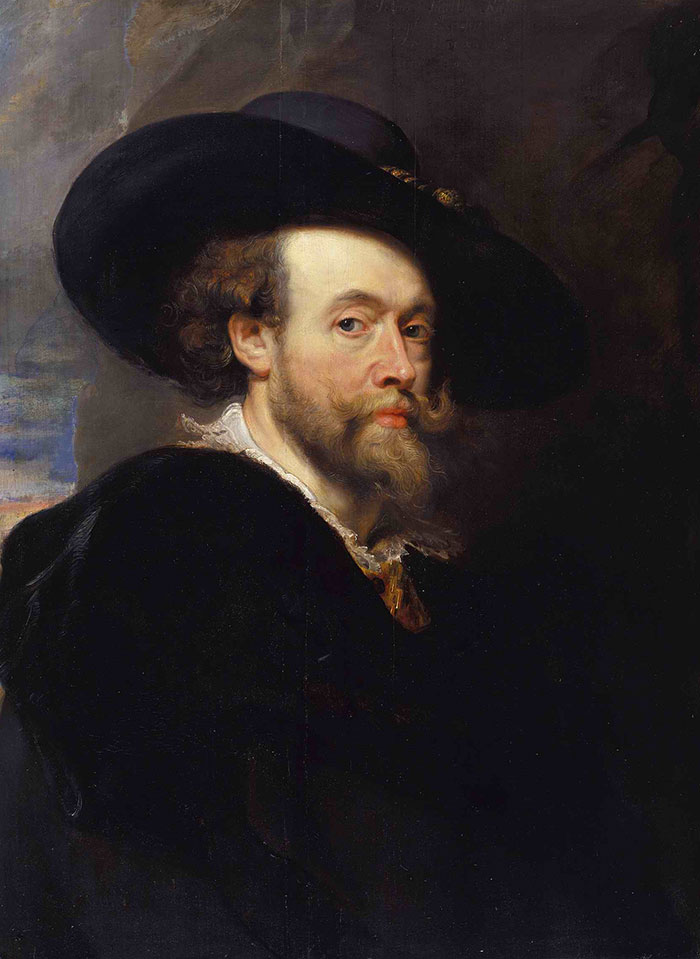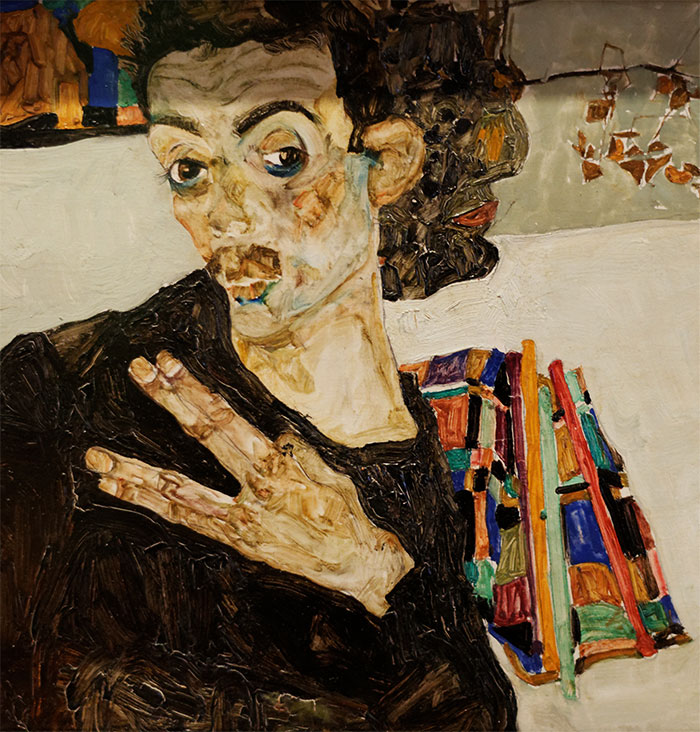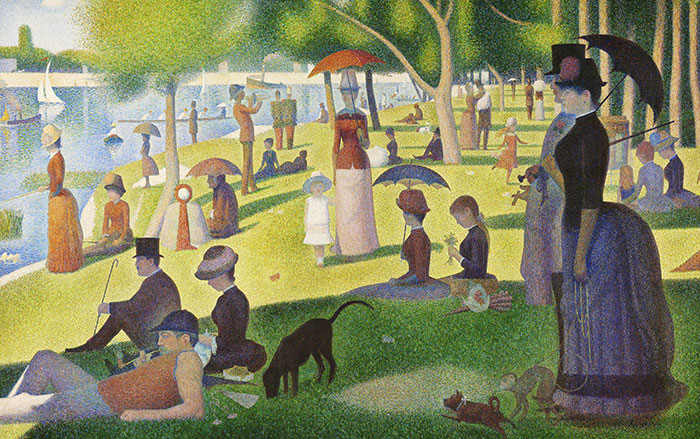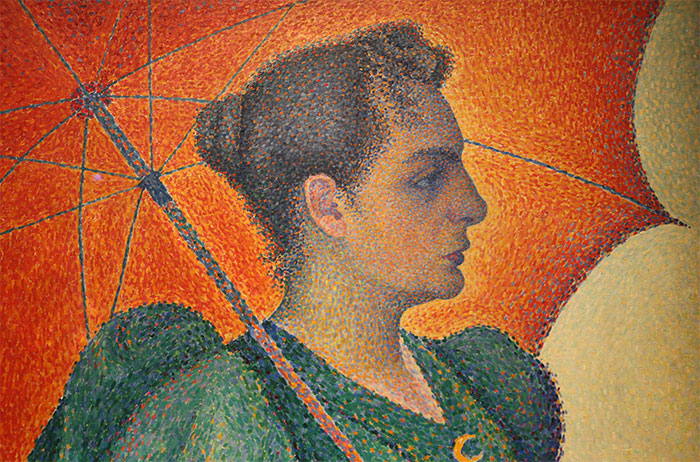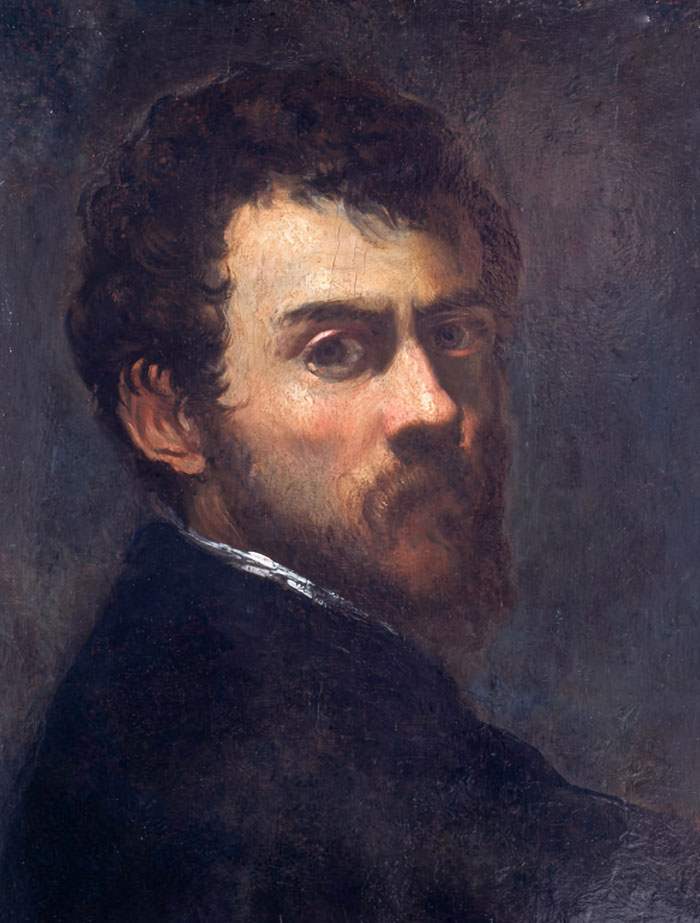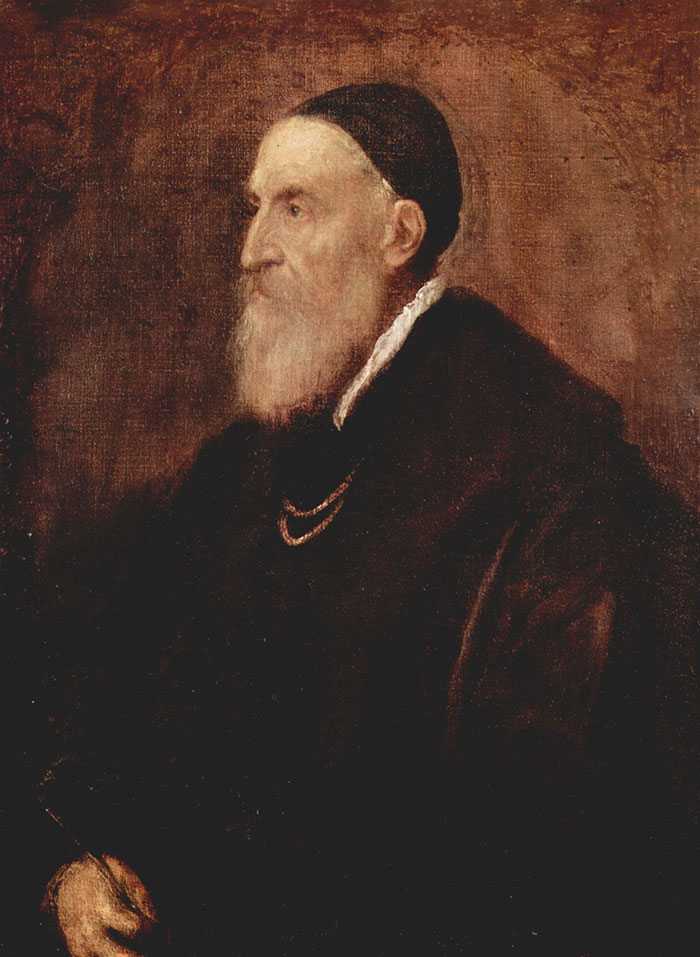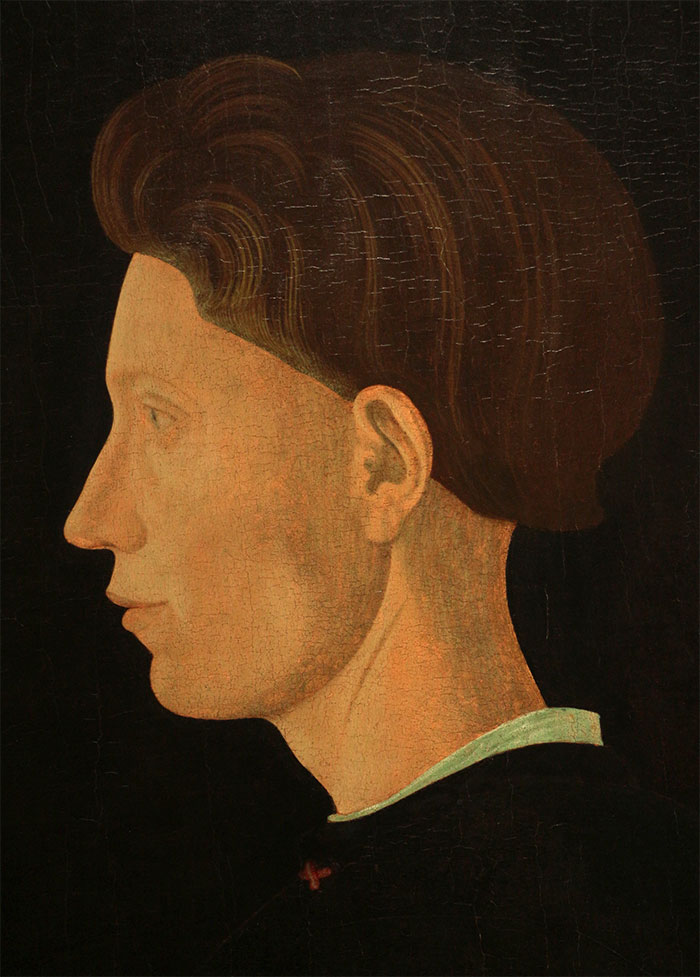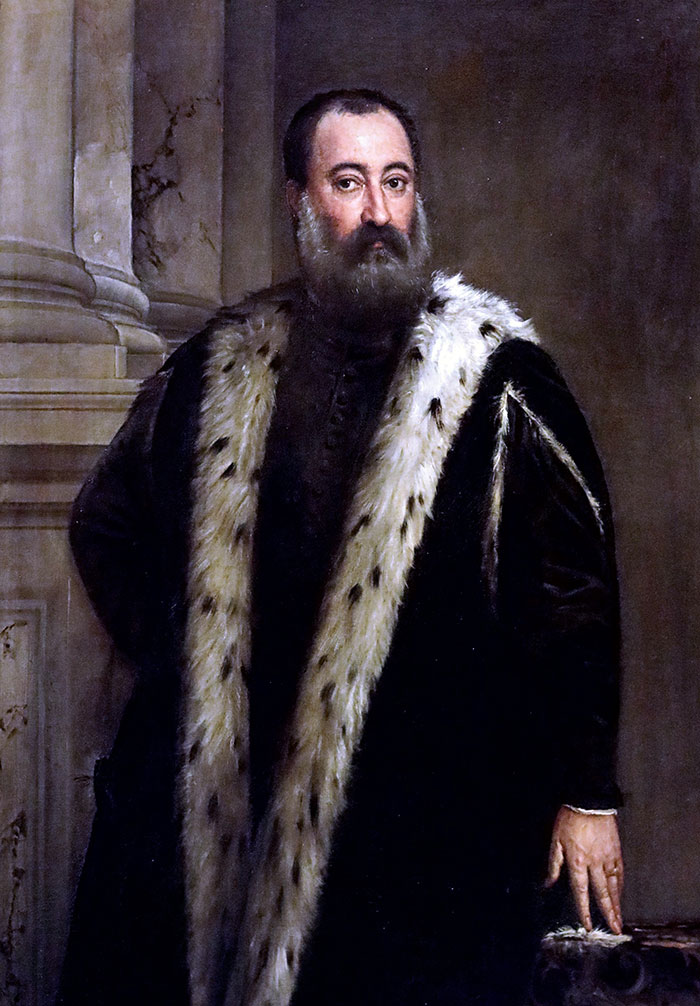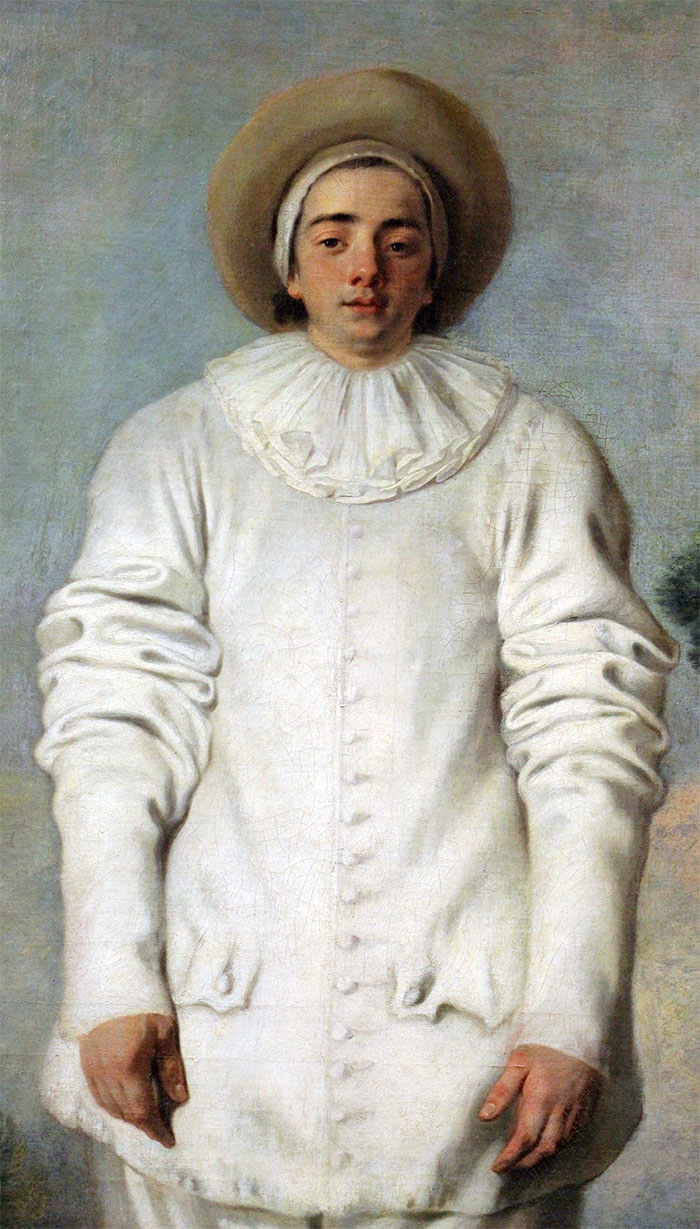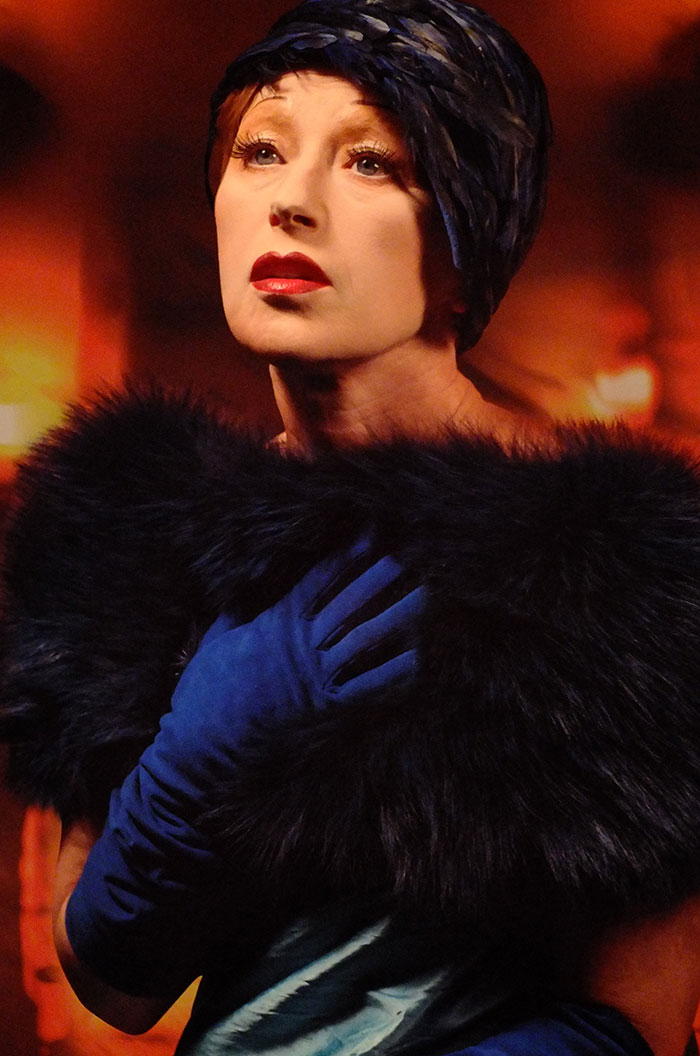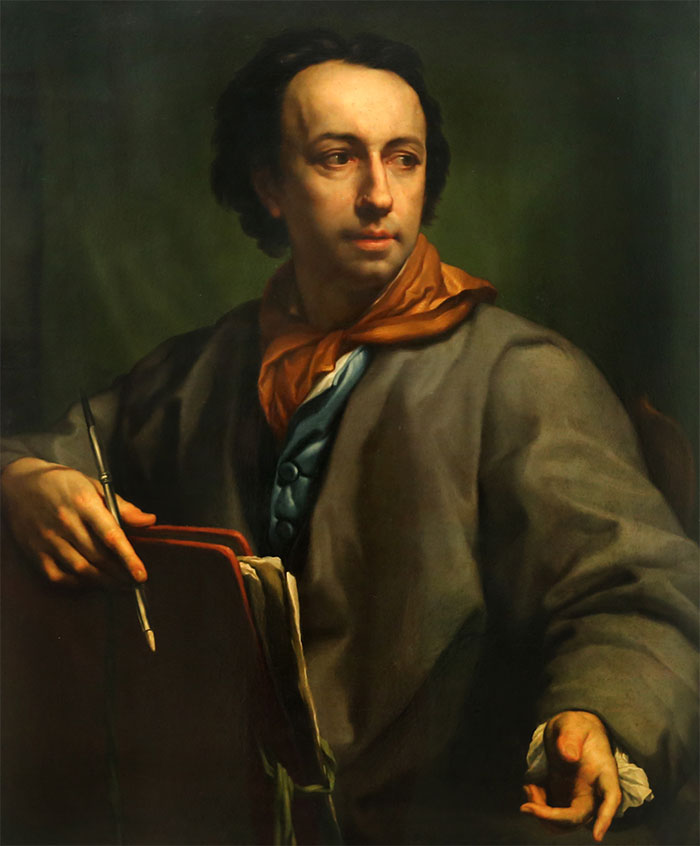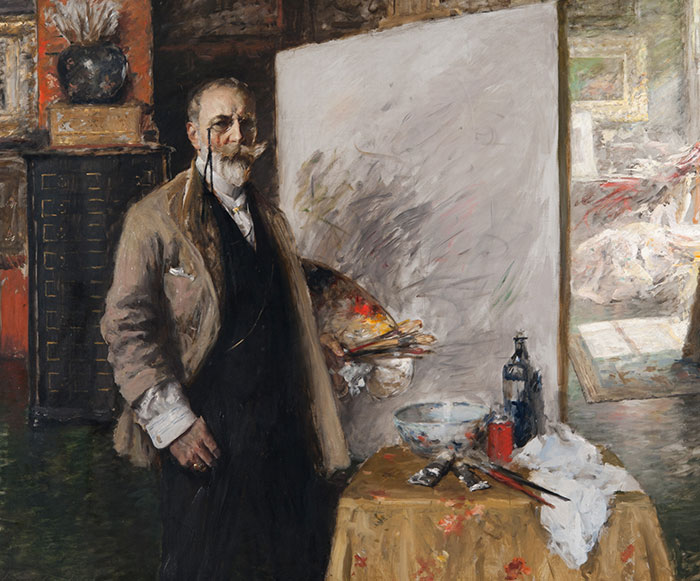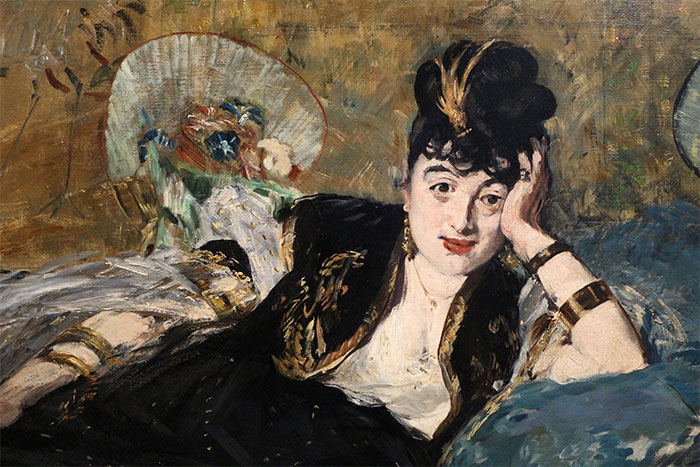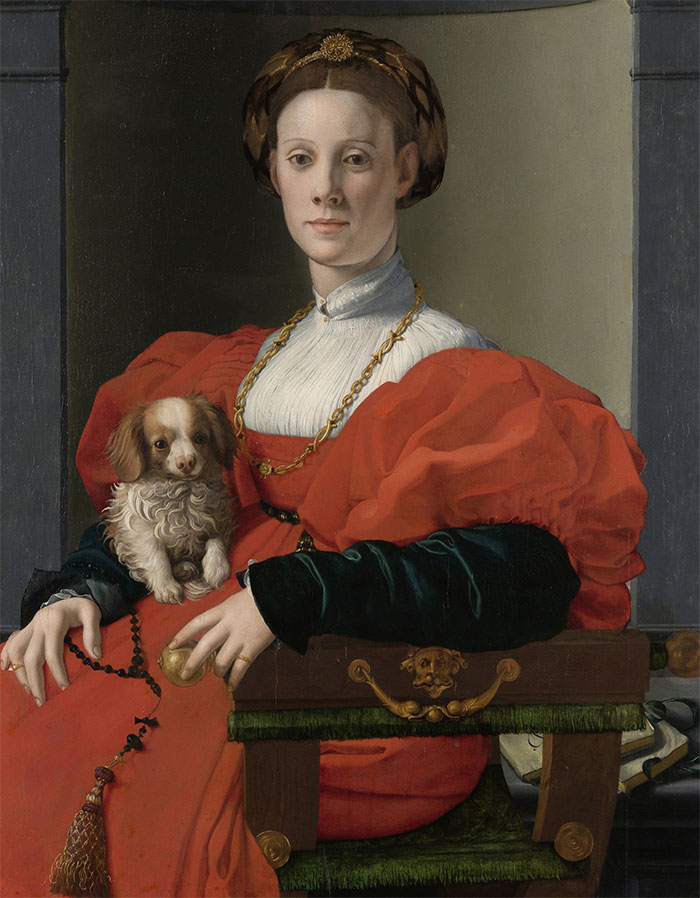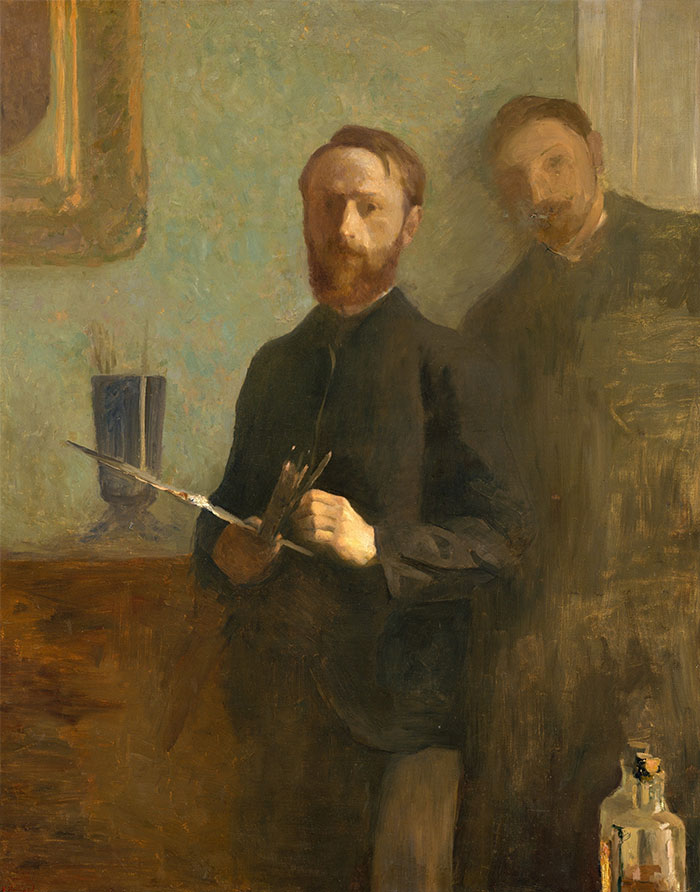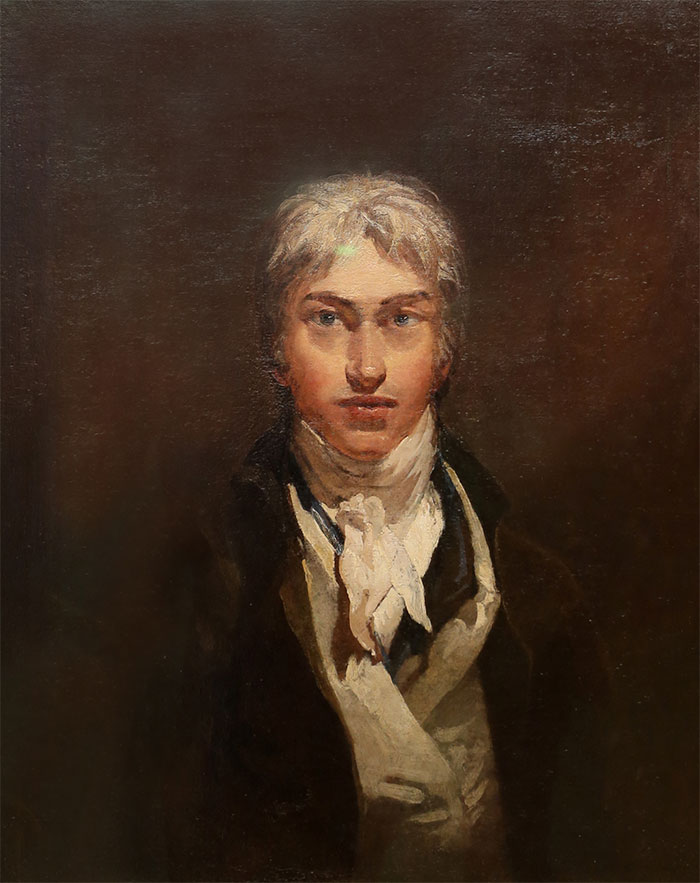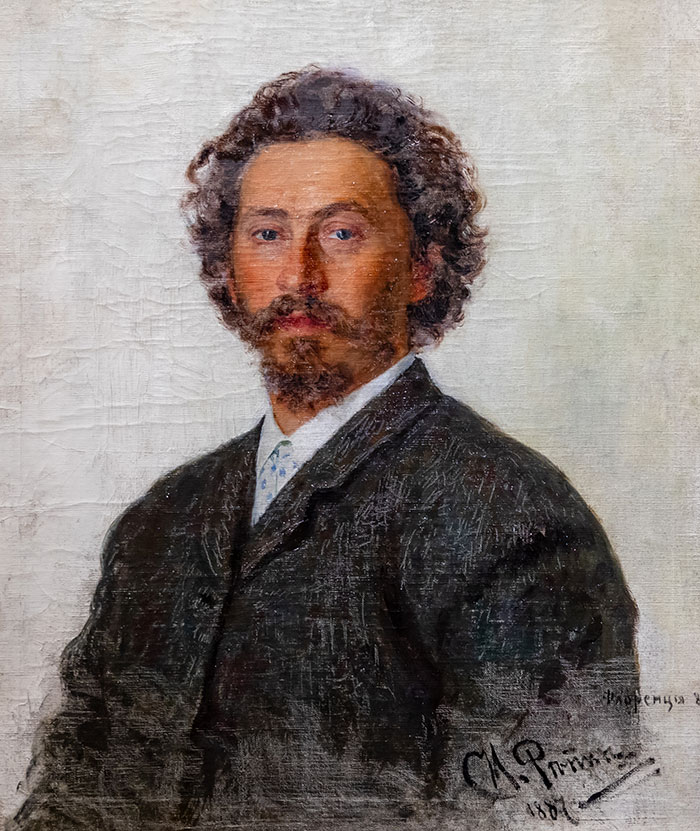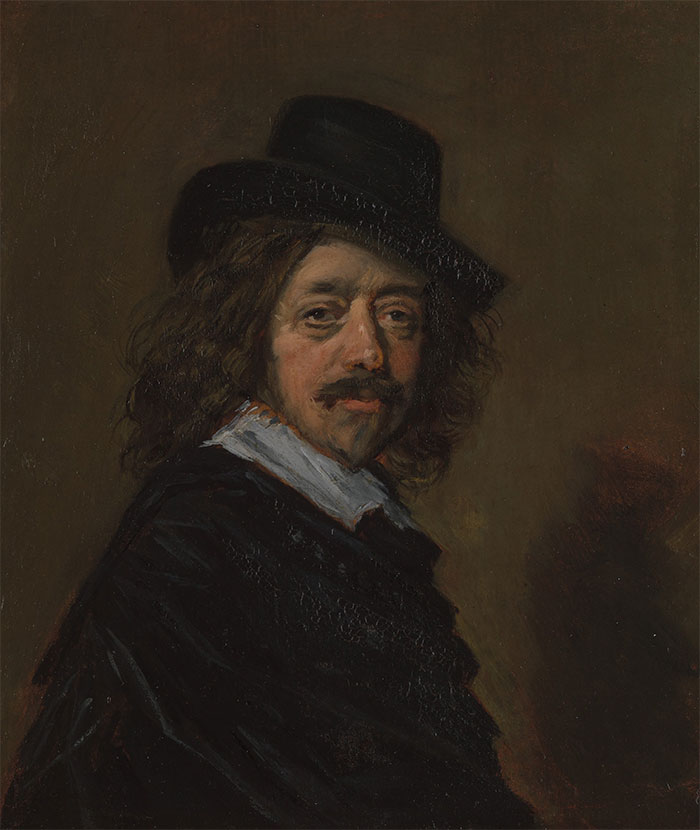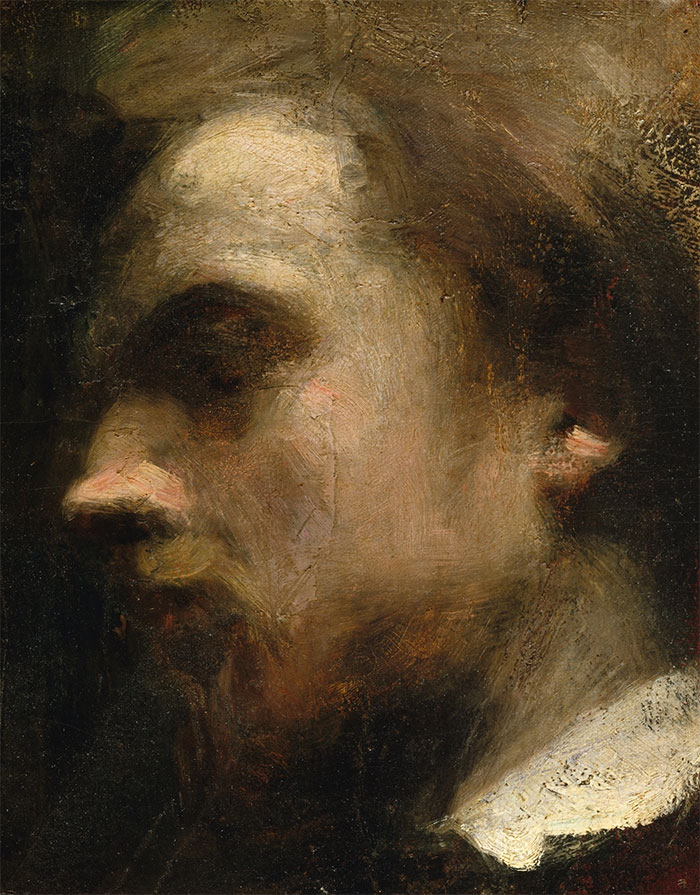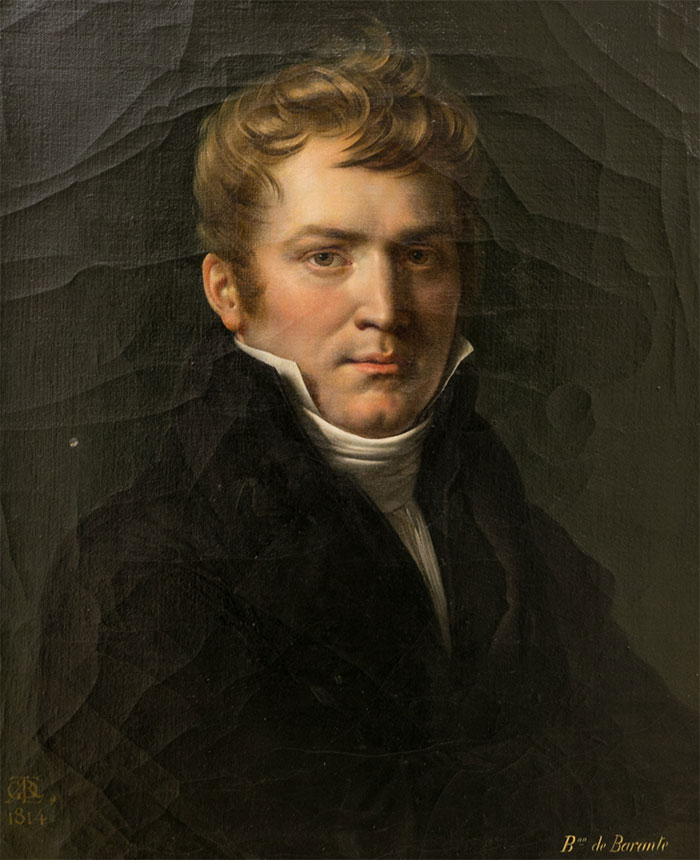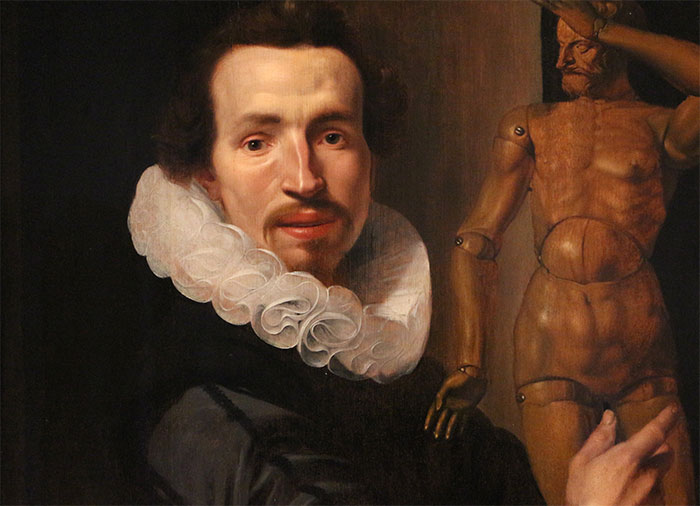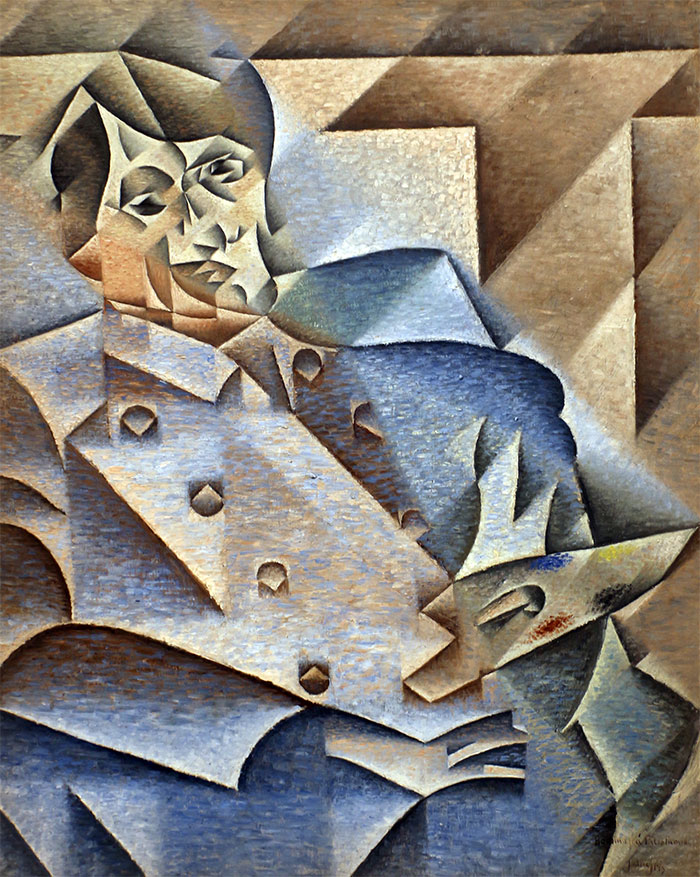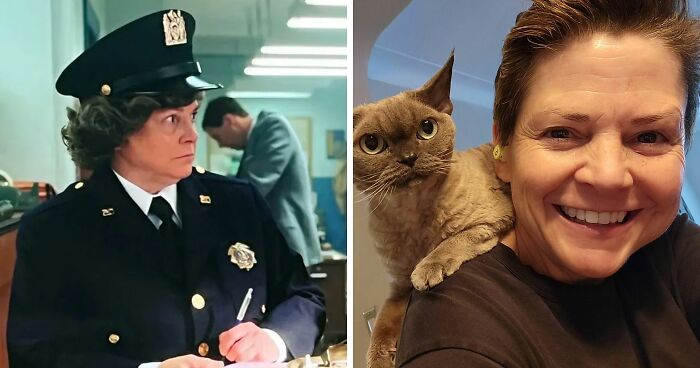Since the beginning of time, portraiture has played a significant role in both art and human history. Portraits are capable of depicting more than just a person’s appearance. They tell us about the person’s culture and even a broader retrospective into their cultural and societal background.
Whether on wooden panels, towels, napkins, or whatever canvases were available at the time, portrait artists worldwide were responsible for immortalizing and documenting human progress. When they ran out of canvas or were low on funds, some of the most famous artists in history used everything available to their hands.
Fun fact: in some of his works, one of the most famous painters of all time, Vincent van Gogh, used torches and kitchen towels, which he probably found at the psychiatric hospital where he was residing at the time. Although painting portraits has always been as important as painting landscapes or renowned locations, famous portrait painters like Rembrandt van Rijn, Leonardo da Vinci, and Gustav Klimt made substantial contributions to elevating the genre.
Before the invention of photography, artists, and sculptors were responsible for creating the most accurate portraits of people. Even today, some of the most famous portrait paintings have retained the indisputable quality of realism. Da Vinci’s chef-d'oeuvre, the Mona Lisa, is recognized as a very realistic portrait thanks to Leonardo’s diverse scientific observations and thorough human anatomy studies.
Below, we’ve compiled a list of famous portraitists whose skillful portraits are recognized worldwide. Scroll down to learn more about some of the most famous painters and which portraitist was suspected of stealing the Mona Lisa painting from the Louvre! Also, check out our article covering the most famous paintings in art history!
This post may include affiliate links.
Self-Portrait By Leonardo Da Vinci
Leonardo has frequently been referred to as the prototypical "Renaissance man," a person whose seemingly limitless curiosity was only surpassed by his inventiveness. He is regarded as one of the finest artists and possibly the person with the broadest range of talents ever. However, Leonardo was and is primarily known for his paintings. The Last Supper and the portrait of Mona Lisa, two of his creations, are arguably the most well-known, frequently imitated, and often parodied paintings of all time, with Mona Lisa remaining a mystery to this day.
Fun fact: the artwork had long been regarded as a masterpiece in the art world, but it wasn't until it was stolen in the summer of 1911 that it came to the general public's attention. Newspapers published the crime's details all over the world. The authorities questioned well-known artists like Pablo Picasso about the theft, but their suspicions were unjustified.
A few years ago, the National Museum of Ireland had an exhibition of works by da Vinci. One of the works was a page from his notebook. It showed sketches of many frolicsome cats and one small dragon that he snuck in for good measure. The man was incredibly inventive and playful.
Inventor of the parachute, A flying machine, double hulls, diving suit and so much more! Who knows what could be capable of today?
Self-Portrait By Rembrandt Van Rijn
One of the most versatile painters of the 17th century, Rembrandt experimented with various genres, including historical paintings, portraits, and landscapes. In his early works, he started including his own portrait as a spectator or participant, beginning a lifelong interest in self-portraiture. He is believed to have created close to 80 self-portraits, including paintings, drawings, and prints. In the 1630s, Rembrandt established himself as a well-known portraitist in Amsterdam. He achieved great success, having multiple students and assistants, beginning his own art collection, and leading a refined life in the spectacular home he bought in 1639. It's believed that the group portrait, The Night Watch, created in 1642, marked the end of Rembrandt's most productive years.
There's a fun series of bronze statues in Amsterdam that recreate The Night Watch. My favorite part is the drummer's yappy little dog. https://www.dutchamsterdam.nl/567-rembrandtplein
The group that commissioned The Night Watch hated it. They thought each member of the company would be fully visible but some were obscured in the crowd so they felt cheated!
Self-Portrait By Vincent Van Gogh
Many people think of Vincent van Gogh as the "crazy" artist, the man who painted in a frenzy, or just the tortured soul who cut off his ear. Those who consider his paintings to be only physical representations of his tormented mind frequently overlook his artistic brilliance. While in part this may be true, his inventive and distinctive artistic style was significant to many painters who came after him. Even when blatantly influenced by his predecessors or peers, his painting remained distinctively his own, establishing a unique style that was unpopular with the general population of the time.
Although Vincent van Gogh's career as a painter was brief, his works completely altered artistic technique and style. Vincent van Gogh is also known for his many self-portraits. Throughout his very brief career as an artist, Vincent Van Gogh painted between 35 and 40 self-portraits. He completed them all between 1885 and 1889. Rembrandt, who produced over 100 self-portraits throughout his roughly 50-year career, was the only artist to paint more of them than Vincent van Gogh did. Why Van Gogh created so many self-portraits has been the subject of debate among many art historians. They believe the artist couldn't afford to hire real models because of his financial situation. However, Van Gogh, who was short on money but determined to hone his ability as a portrait painter, became his own best model.
I once saw a documentary that said that van Gogh offered to paint other people, but few people took him up on it, because he was consiidered to be a weirdo. People who agreed to be painted included his postman and the doctor at the mental asylum where he was a patient.
Yet if somehow given the chance now, people would pay thousands for the honour.
Load More Replies...Self-Portrait By Johannes Vermeer
One of the greatest Dutch artists, Jan Vermeer, painted some of the most well-known works of art in history, including The Girl with a Pearl Earring. His creations are scarce, with only about 36 confirmed paintings attributable to him. Many details of Vermeer's life are still unknown, which only increases the allure and intrigue of the man and his artwork. In the later half of the 1650s, Vermeer steadily shifted from biblical and mythical works to genre paintings portraying intimate household life scenes, including portraits. However, Vermeer was not particularly well-known during his lifetime, mainly because of the very few paintings and because most of his buyers were townspeople. However, interest in Vermeer's work grew after his death when a French painter-critic published his critique of the artist's works in 1866.
Nonetheless, despite the artist's tiny body of work, it has only grown in prominence over time. Vermeer discovered a realm of harmony and order beneath the natural accidents. By giving that realm a visual form, he unveiled the poetry and the beauty within fleeting moments of human existence. He rarely clarified the precise meanings of his paintings, preferring to leave it up to each spectator to think about them. However, his works of art continue to captivate every viewer today, just as they did in the 17th century.
I once saw a documentary called "Tim's Vermeer." It's about a guy from Texas who believed that Vermeer used lenses and mirrors as an aid to his painting. During the film, Tim tries to create his own Vermeer-inspired painting with these same visual aids. He can't match Vermeer's artistry and soul, but darned if he doesn't knock himself out trying. (Literally, because at one point he and a friend develop carbon monoxide poisoning and start passing out.)
Frida Kahlo
If you are no stranger to the art world, then perhaps you are familiar with Mexican painter Frida Kahlo and her artwork. The artist has left a considerable impact not only on the art universe but also on Mexican ancestry and myriad people worldwide. Frida Kahlo's art, which can be almost given its own distinctive art genre, is best known for its unflinching and beautifully colored self-portraits, which explore the issues of identity, the human body, and mortality. In many Frida Kahlo paintings, the spectator can sense the struggles the artist endured due to the chronic pain caused by a bus accident when she was 18. Besides the depiction of pain and suffering, the artist was praised for her uncompromising portrayal of the feminine experience and her evident love for Mexico's colors and culture.
Despite further declining health in her later life, she nonetheless remained productive. Frida created many self-portraits with various hairstyles and outfits, always posing with her famously unmoving, unwavering gaze. Her extraordinary biographical narrative, which serves as her artistic legacy, tells the tale of her personal experiences, suffering, convictions, and passions through drama and the richness of symbolism. For art historians, this is a conundrum because her life and art are closely related, with the dramatic elements of Frida's life revived in her art.
I can't tell you how much I love this woman. She took her pain and her surgeries and trauma and turned them into art. One of the reasons she painted so many self-portraits is that it was something she could do while convalescing. She had a mirror rigged up above her sickbed so that she could be her own model.
Exactly.. she's one of my favourite artists and role models, she truly is inspiring.
Load More Replies...It's too bad, I think they should have put a picture of one here. Like the one where she gives birth to herself. Hard to forget that one once you've seen it..
Load More Replies...Claude Monet By John Singer Sargent
John Singer Sargent was the most famous portrait painter of his time, also hailed as the "leading portrait painter of his generation." In 1874 he went to Paris to study painting. Ten years later, in 1884, at the Paris Salon, Sargent debuted arguably one of his best-known paintings, Madame X, a portrait of a Parisian beauty named Madame Gautreau. Sargent thought it was his best work and was unpleasantly startled when it sparked a stir because reviewers thought it was eccentric and provocative. After failing in Paris, Sargent relocated permanently to London. His art didn't instantly appeal to the English taste. However, it all changed in 1887. That year, his painting of two little girls lighting Japanese lanterns won the British public's hearts. He started to receive extraordinary acclaim in England and the United States. Soon, many clients flocked to his studio in Chelsea, where he charged around $5,000 for a full-length portrait.
Interestingly enough, despite bringing him a bunch of money, in 1907, Sargent gave up on painting portraits on commission. He referred to the genre that had made him famous in his letter to his lifelong friend Ralph Curtis as "paughtraits," using his unique and satirical spelling. "I abhor and abjure them and hope never to do another, especially of the Upper Classes."
The Boston Public Library has a slew of gorgeous murals painted by John Singer Sargent. It took him 29 years to paint them. They're absolutely stunning. https://www.flickr.com/photos/boston_public_library/albums/72157656058375889/
Gustav Klimt
An Austrian symbolist painter, Gustav Klimt, specialized in portraying the feminine figure. There is no denying that Gustav Klimt specialized in painting women. Like no other artist, he honored female beauty in his creations and always put women's appeal at the forefront of his artistic endeavors. Only a few male portraits were produced in the early stages of the artist's career. Speaking of his early portrait works, the earlier portraits Klimt made in the 1880s and 1890s are marked by a high degree of realism. Klimt's artistic aesthetic was influenced by portrait photography. In the early 1890s, the young artist's desire for more realistic depiction grew, almost approaching a photorealistic aesthetic.
Klimt's portrait paintings were in very high demand. But when it came to taking commissions, he was pretty particular. Therefore, he could have taken on many more commissions than he actually finished. There is little doubt that Klimt valued meticulousness and diligence over producing as many works as possible. Due to the enormous work Klimt put into each female picture, clients were willing to spend several times more than what other painters could charge for portraits. The exquisite female paintings by Klimt that were not commissioned are especially noteworthy. In them, the artist was able to fully realize his ideal conception of female beauty, showing that he clearly loved the freedom that came from not being constrained by his clients' expectations.
Klimt was an interesting guy. He had no romantic relationships, but many sexual ones. He fathered 14 children by 14 women, most of whom were his models, and he never moved out of his mother's house. He orginally trained as a craftsman, and you can see this in the decorative, stylized nature of his paintings. Great Art Explained has a fascinating short video on his life and work: https://www.youtube.com/watch?v=SNhmSdLDmto.
Self-Portrait By Pablo Picasso
In terms of art and the art movements that took place during the 20th century, Pablo Picasso was arguably one of the most significant figures of the time. Before turning 50, the Spanish-born artist had established himself as the most well-known figure in modern art, with the most distinctive aesthetic sense. Picasso's immense corpus of work, which he produced from an early age until his death, provides a more thorough account of his development than possibly any other artist. He is said to have painted Portrait of Aunt Pepa at the age of 14, a powerful portrayal that has been hailed as one of the best portraits in Spanish history.
Picasso significantly influenced art, much as William Shakespeare did literature and Sigmund Freud did psychology. No other artist in the history of art has attained the same level of international fame or demonstrated such extraordinary flexibility. Picasso was a spur for other artists to follow because of his free spirit, unique style, and total disregard for what other people thought of his work and creative process. Picasso, widely regarded as the founder of modern art, profoundly influenced every significant creator and artistic movement that came after him.
Self-Portrait By Grant Wood
American painter Grant Wood is most recognized for his works that portray the American Midwest in its rural settings, including American Gothic, one of the 20th century's most well-known works. Woman with Plants, a portrait of his mother painted in his very realistic, finely detailed technique, remained unnoticed. However, another painting painted in this same style, American Gothic, which was shown at the Art Institute of Chicago in 1930, created an absolute stir with the public. This painting was rare in American art because of its brutal, cold realism and the subject's honest, straightforward, earthy nature. The image has developed into one of American art's most well-known artistic icons due to its expressive portrait of the Midwest's diligent rural residents. Daughters of Revolution (1932), a satirical depiction of three elderly women, is another well-known work by Wood. Among his other notable works are several
Although at first glance, American Gothic looks like a picture of a married couple, it's actually a no-frills painting of Grant Wood's sister and his somber Iowa dentist.
Self-Portrait By Francis Bacon
Francis Bacon, a painter of British and Irish descent, is regarded as one of the most significant artists of the 20th century. At an early age, following the war, his family went back and forth between England and Ireland. Yet, as he approached adolescence and started understanding his homosexuality, his home life became tense. After being kicked from his family's home, 16-year-old Bacon landed in London in 1926 without money or future pursuits. However, in 1927 while traveling in Europe, he attended Pablo Picasso's 1927 show, which greatly affected him and inspired his artistic pathway. Crucifixion (1933), which displays the influence of Picasso and his biomorphic forms, was the artist's first notable work.
His paintings from the 1940s to the 1960s typically feature the human figure in situations that imply alienation, brutality, and misery. Surrealist inspirations, primarily from Picasso's works, led to the creation of tormented figures in his artworks. His famous Crucifixions, chaotic yet magnificent portrayals of the Screaming Popes, and other works are highly remarkable and distinctly unparalleled from other artists of the era and left a significant impact on art history.
BP! The etching you are using here is not a picture of the ghoulish 20th-century painter Francis Bacon (https://www.artsy.net/article/artsy-editorial-francis-bacon-artist). The huge collar is a tip-off that it's a depiction of the Elizabethan philosopher of the same name.
Not the right picture... pleeeeeease do your ffffng research, BP!!!
Shadi Ghadirian
Kehinde Wiley
He looks like he stepped out of one of his own elegant paintings.
Jarvis By Elizabeth Peyton
Henry VIII By Hans Holbein Der Jüngere
Amy Sherald
Léopold Zborowski By Amedeo Modigliani
Self-Portrait By Edgar Degas
Self-Portrait By Norman Rockwell
Self-Portrait By Ames Mcneill Whistler
Er, he's James, not Ames. Unless Ames is some shady, low-rent cousin I'm just hearing about now.
Self-Portrait By Umberto Boccioni
Self-Portrait By René Magritte
Self-Portrait By Francisco De Goya
Self-Portrait By Albrecht Dürer
I feel like the painting of Jesus I used to see in church as a kid was based on Albrecht Dürer.
Self-Portrait By Gustave Caillebotte
King Ludwig I By Joseph Karl Stieler
Self-Portrait By Paul Gauguin
This guy was incredibly shady. He moved to Tahiti, slept with underaged girls, and gave them syphilis. A great painter, but a lousy man.
Foxie Roxie By Barkley L. Hendricks
Self-Portrait By Artemisia Gentileschi
This woman was not only highly skilled but tough. After being raped at 17 by one of her father's colleagues, she painted a gory picture of two women working together to behead a violent enemy. It's called "Judith Slaying Holofernes."
The Red Room By Henri Matisse
Self-Portrait By Élisabeth Vigée Le Brun
George Washington By Gilbert Stuart
Bearded Man With A Beret By Jan Lievens
Self-Portrait By El Greco
Jacob Van Oostsanen Painting A Portrait Of His Wife By Dirck Jacobsz
Self-Portrait By Michelangelo Merisi Da Caravaggio
Caravaggio was extremely touchy. At one point, a waiter sued him for throwing artichokes in his face. He is thought to have killed multiple men. Every time he received a death sentence for his crimes, he would simply move and start painting somewhere else.
Self-Portrait By Giuseppe Arcimboldo
He reminds me of Charles Dance, English actor and irrepressible rogue. https://en.wikipedia.org/wiki/Charles_Dance
Self-Portrait By Sir Anthony Van Dyck
Can Sir Anthony Van Dyck get it? He certainly can. For campy, good fun, check out his painting of himself as Icarus: https://arthistoryproject.com/artists/anthony-van-dyck/daedalus-and-icarus/
Self-Portrait By Raffaello Sanzio
Self-Portrait By Diego Velázquez
Self-Portrait By Mary Cassatt
Self-Portrait By Marc Chagall
Self-Portrait By Otto Dix
Self-Portrait By Berthe Morisot
Self-Portrait By Sofonisba Anguissola
Nan Goldin
The ICA in Boston has some of her work. She used to take photos of herself and her similarly penniless friends: drag queens, people addicted to heroin, victims of domestic abuse, people living with HIV. Her work is uncompromising and gritty, but you also see the warmth and love in it.
Untitled By Basquiat Jean Michel
Head Of E.O.W. IV By Frank Auerbach
François Gauzi By Henry Toulouse Lautrec
Man In A Mackintosh By Lucian Freud
Gerhard Richter
Male Nude By Georg Baselitz
Self-Portrait By Theodore Gericault
Self-Portrait By Jan Van Eyck
Self-Portrait By Gustave Courbet
Self-Portrait By Claude Monet
Self-Portrait By Edvard Munch
Self-Portrait By Salvador Dalí
This isn't a self portrait. This is a portrait of Dali done by Martha Tisch.
Andy Warhol
Self-Portrait By Chuck Close
Self-Portrait By Jenny Saville
Jonathan Yeo
Silueta Series By Ana Mendieta
Self-Portrait By Lizzie Riches
Njideka Akunyili Crosby’s Husband By Njideka Akunyili Crosby
A Radical Under Beechwood By Lynette Yiadom Boakye
The Pianist By Thomas Eakins
Man Holding A Statuette By Bronzino
Young Man By Giovanni Bellini
Chandos Portrait By John Taylor
Self-Portrait By Paul Cézanne
Amédée De Pastoret By Jean Auguste Dominique Ingres
Self-Portrait By Pierre Auguste Renoir
Self-Portrait By Eugène Delacroix
Self-Portrait By Jacques Louis David
Self-Portrait By Arnold Böcklin
Portrait Of A Youth By Sandro Botticelli
The Peasant Dance By Pieter Bruegel The Elder
Archeologist Ernst Curtius By Max Koner
Self-Portrait By Jean Honore Fragonard
Mr William Hallett By Thomas Gainsborough
Annette By Alberto Giacometti
Self-Portrait By Ferdinand Hodler
Self-Portrait By Edward Hopper
Self-Portrait By Ernst Ludwig Kirchner
Yellow Man By Paul Klee
Nurse By Roy Lichtenstein
Self-Portrait By August Macke
Self-Portrait By Camille Pissarro
Self-Portrait By Nicolas Poussin
Self-Portrait By Joshua Reynolds
Self-Portrait By Peter Paul Rubens
Self-Portrait By Egon Schiele
Sunday On La Grande Jatte By Georges Seurat
Woman With A Parasol By Paul Signac
Self-Portrait By Jacopo Tintoretto
Self-Portrait By Tiziano Vecelli
Young Man By Paolo Uccello
Alessandro Contarini By Paolo Veronese
Pierrot By Jean-Antoine Watteau
Cindy Sherman
Self-Portrait By Anton Raphael Mengs
Self-Portrait By William Merritt Chase
Woman With Fans By Édouard Manet
Lady In Red By Agnolo Di Cosimo
Self-Portrait By Édouard Vuillard
Self-Portrait By J. M. W. Turner
Self-Portrait By Ilya Repin
Self-Portrait By Frans Hals
Self-Portrait By Henri Fantin-Latour
Prosper De Barante By Anne-Louis Girodet De Roussy-Trioson
Self-Portrait By Werner Van Den Valckert
Pablo Picasso By Juan Gris
Totally worthless since you don't give us any info about the pictures. And you also put a VERY wrong picture in there. Ffs, just pretend you like your job!
Totally worthless since you don't give us any info about the pictures. And you also put a VERY wrong picture in there. Ffs, just pretend you like your job!

 Dark Mode
Dark Mode 

 No fees, cancel anytime
No fees, cancel anytime 






